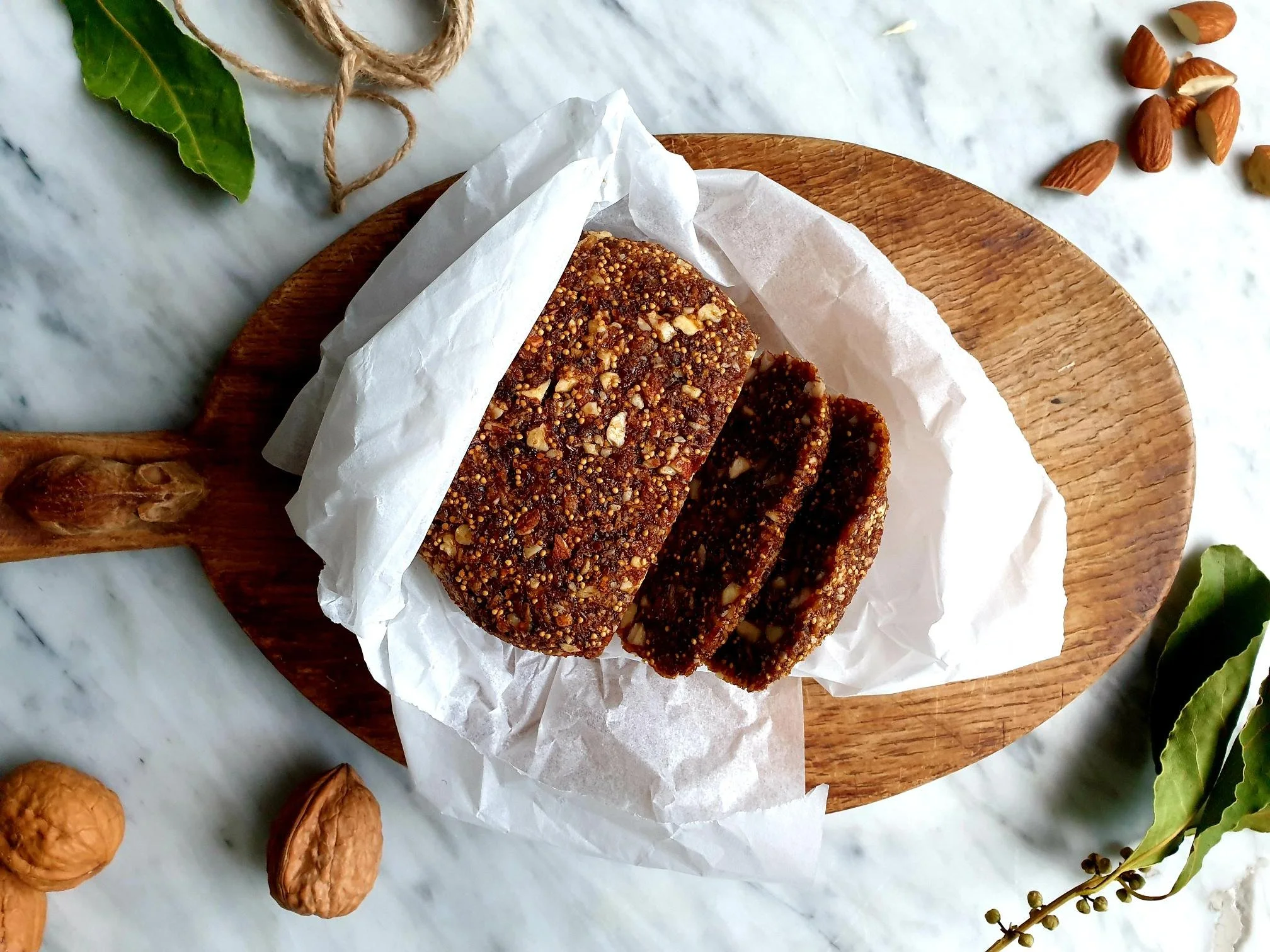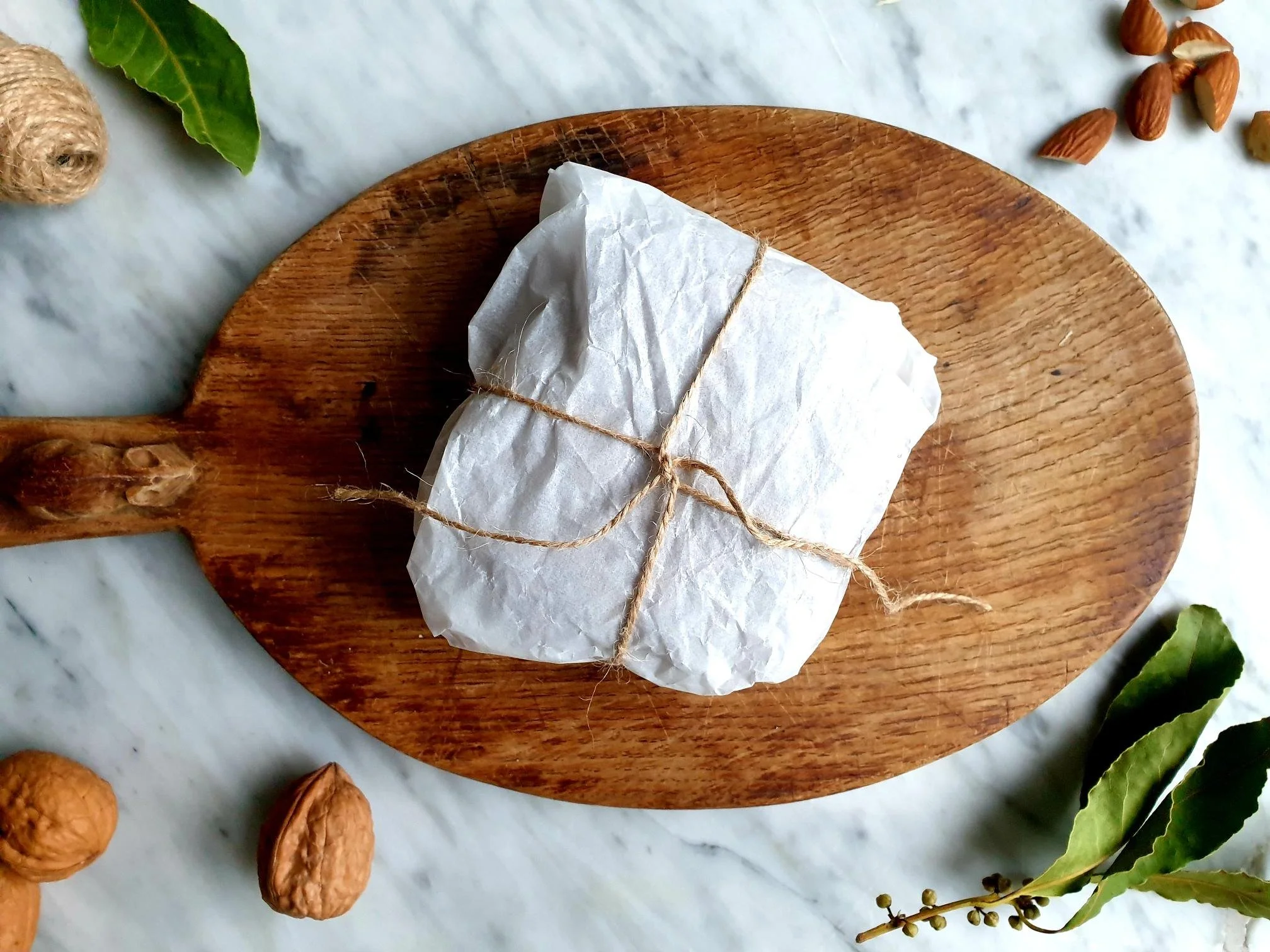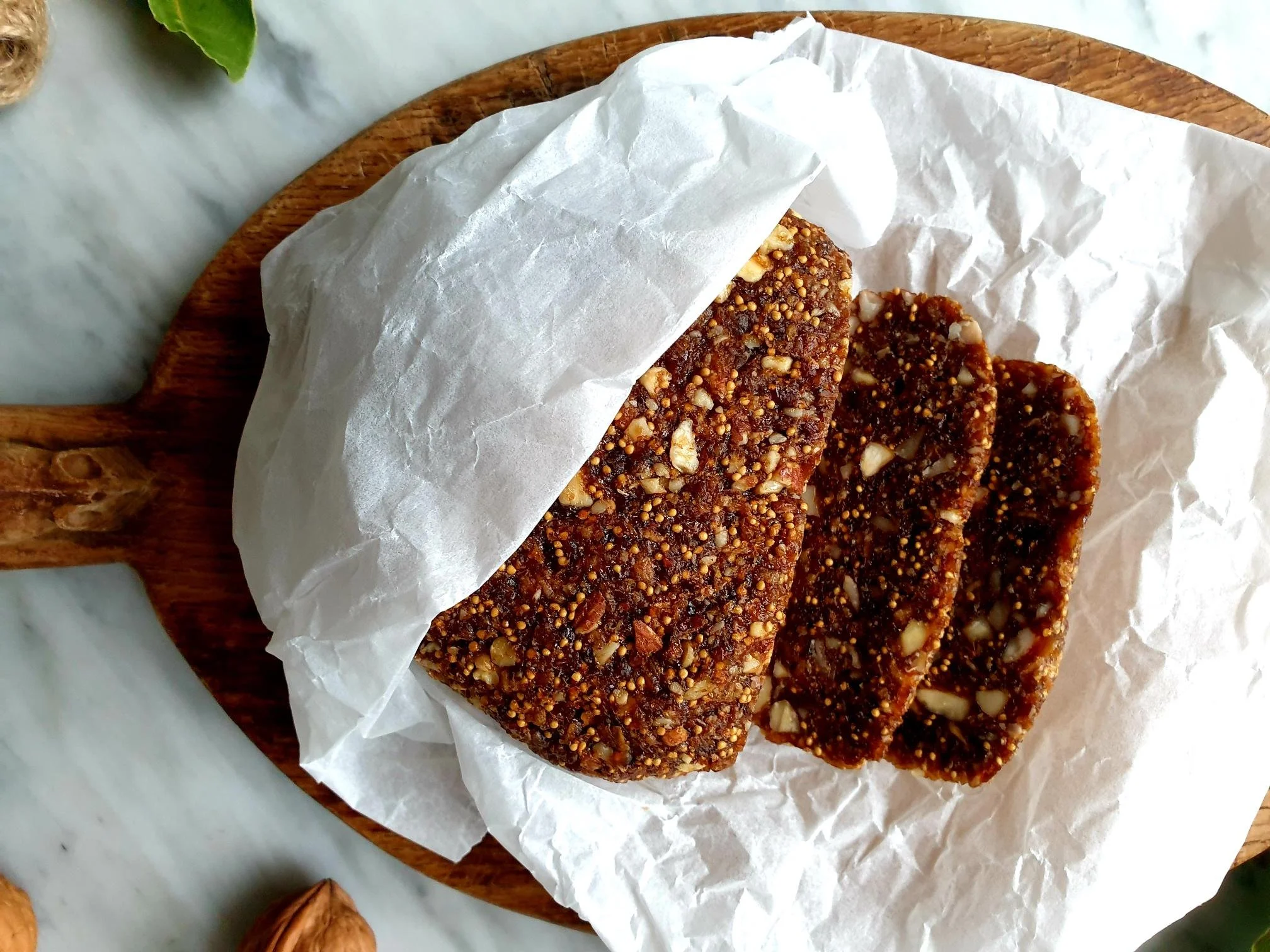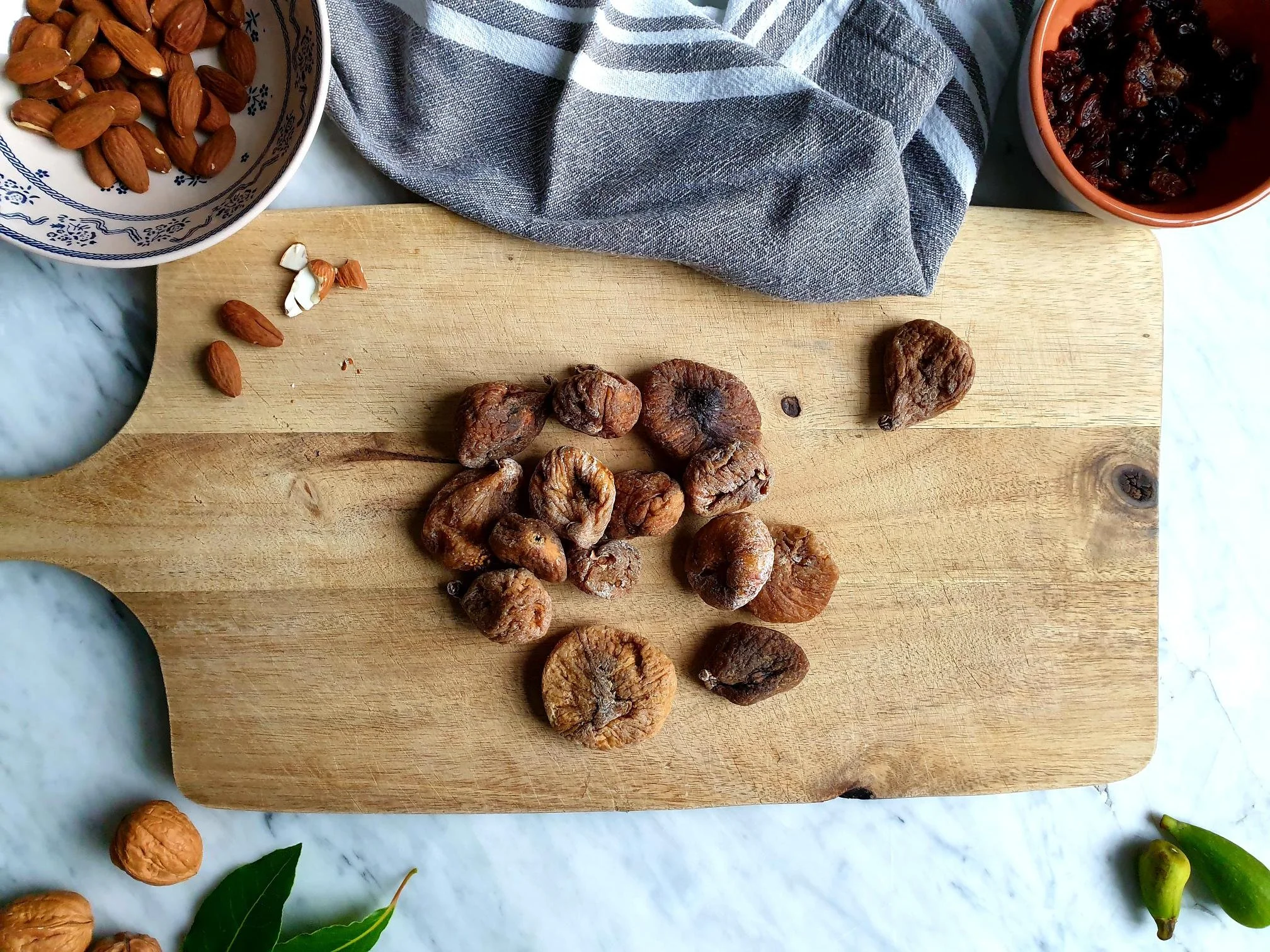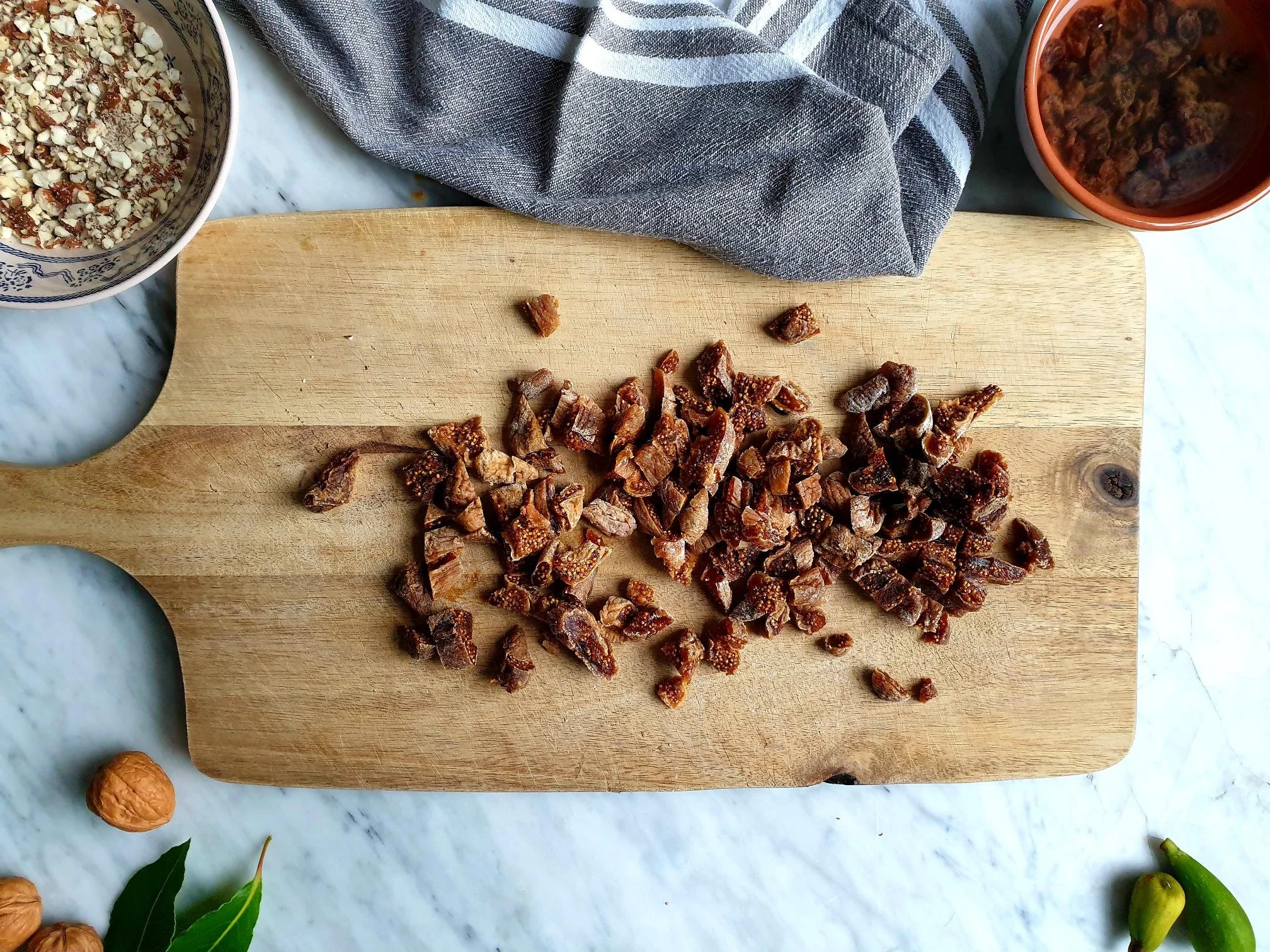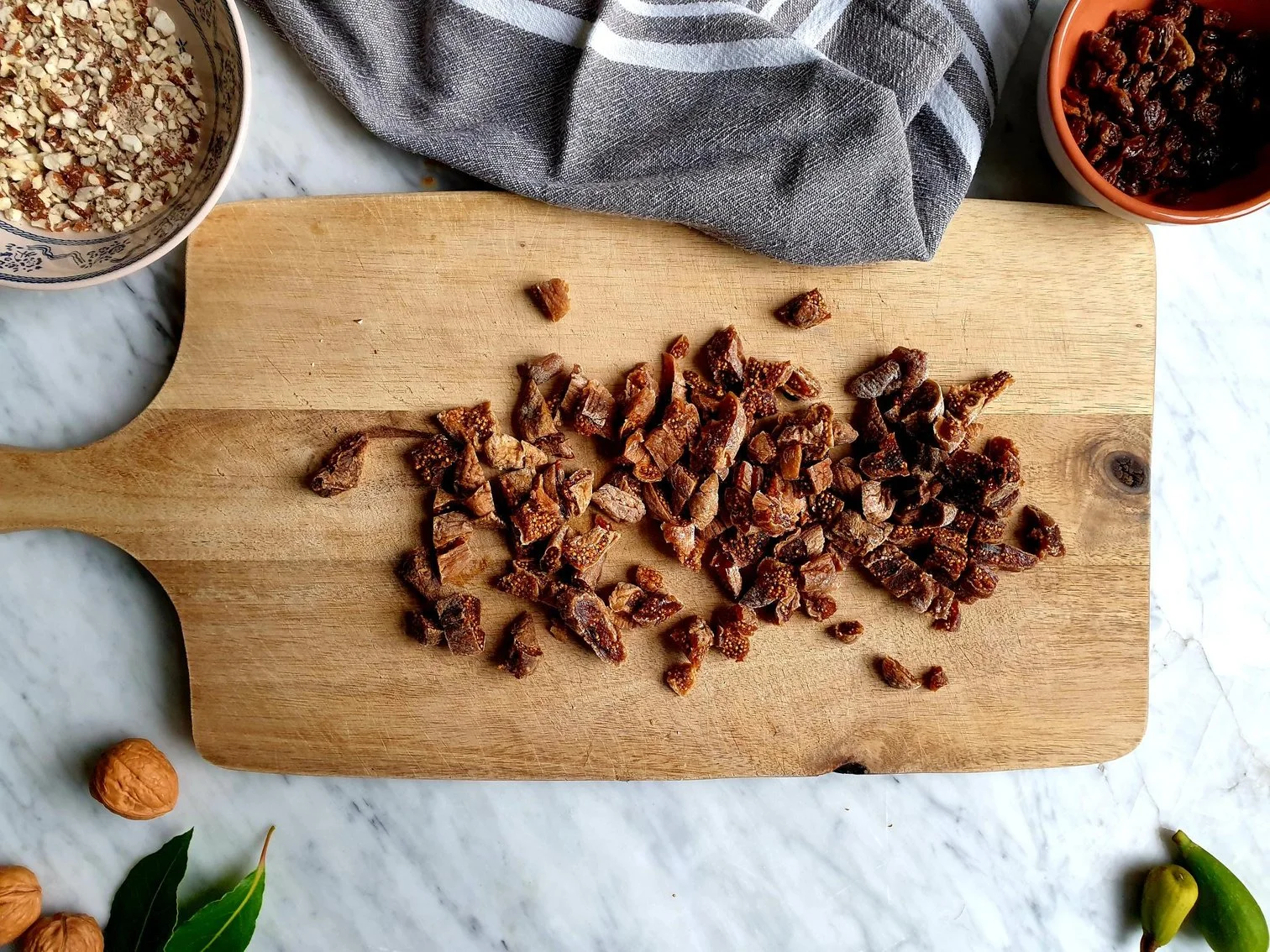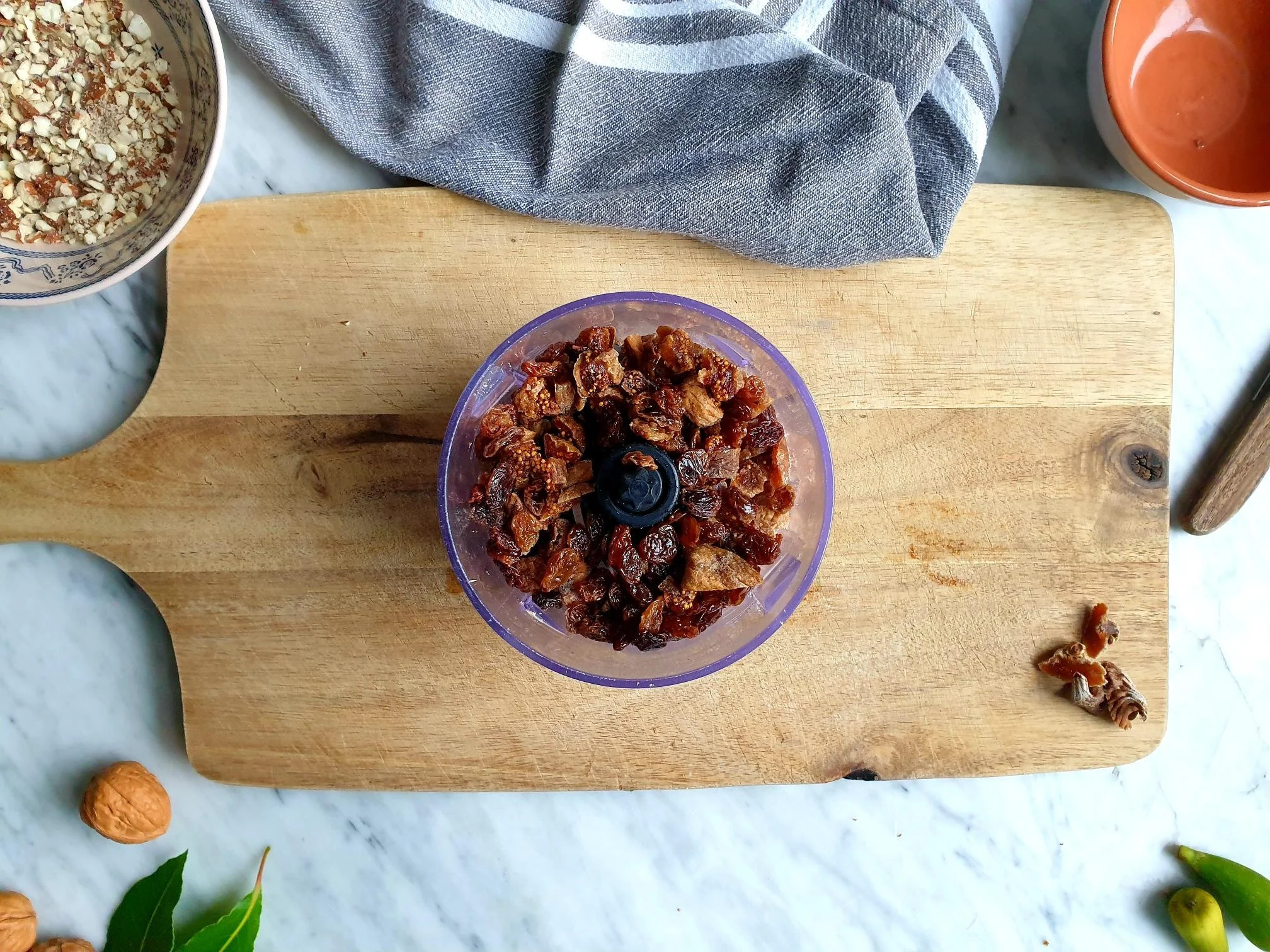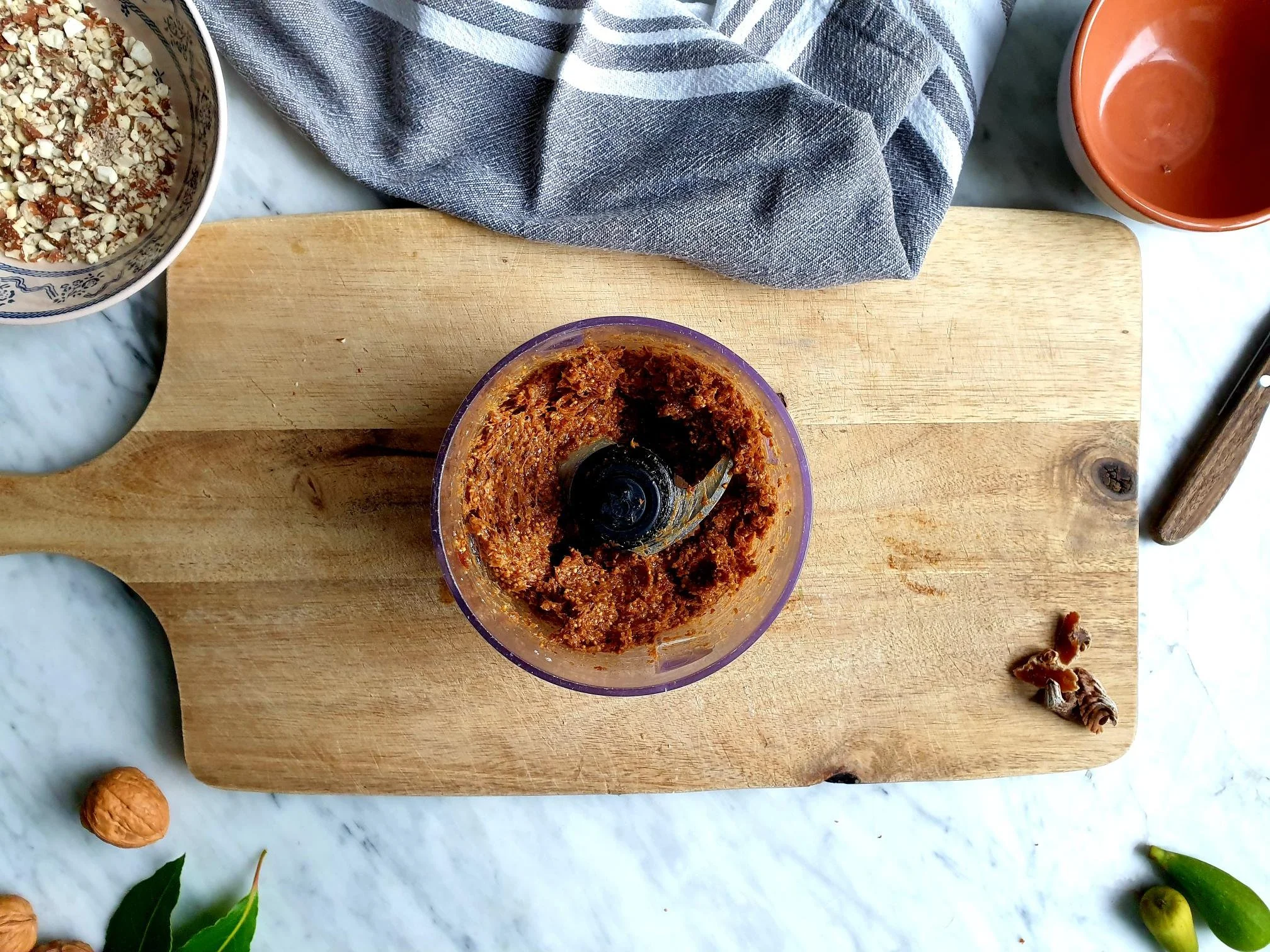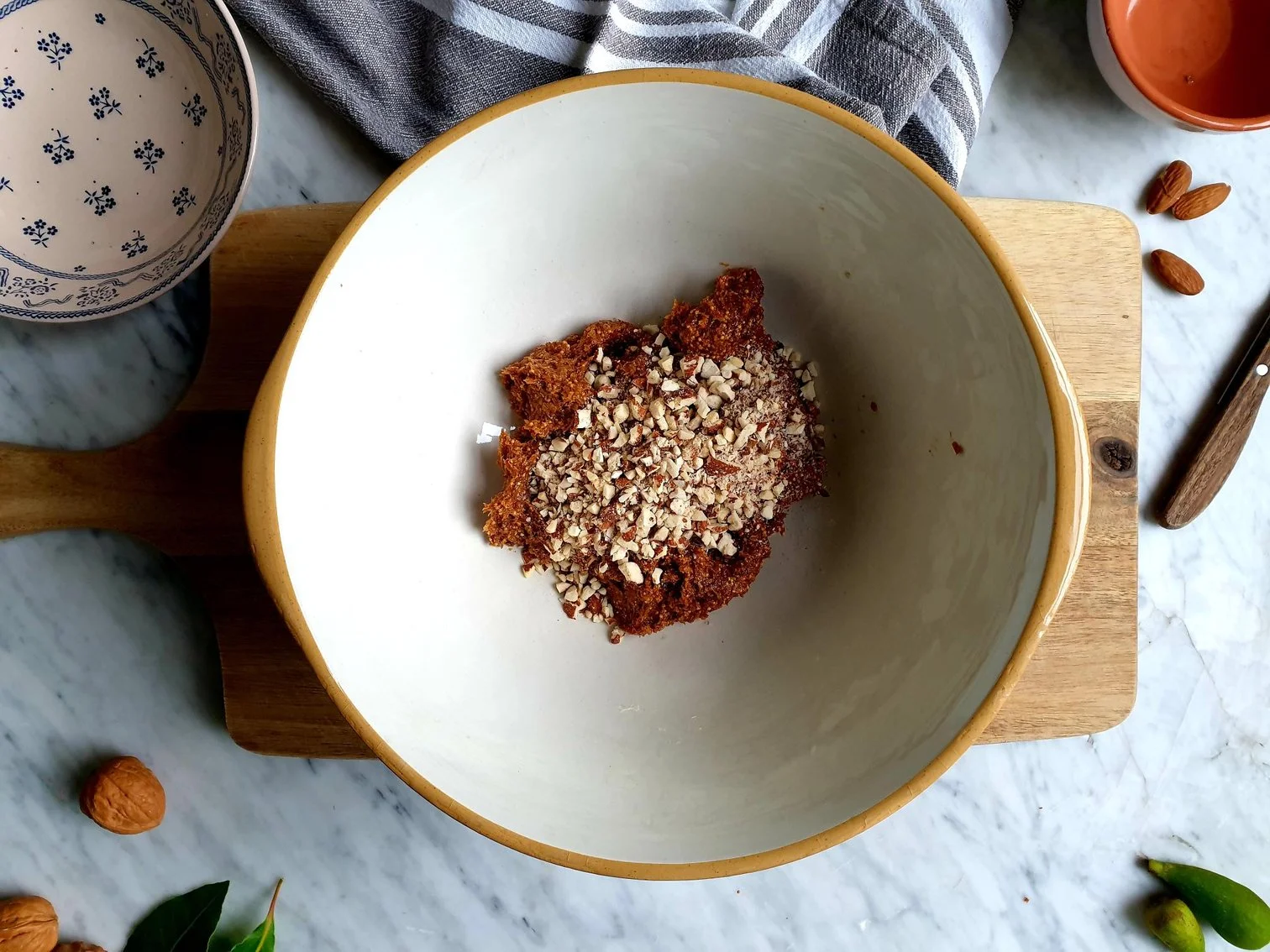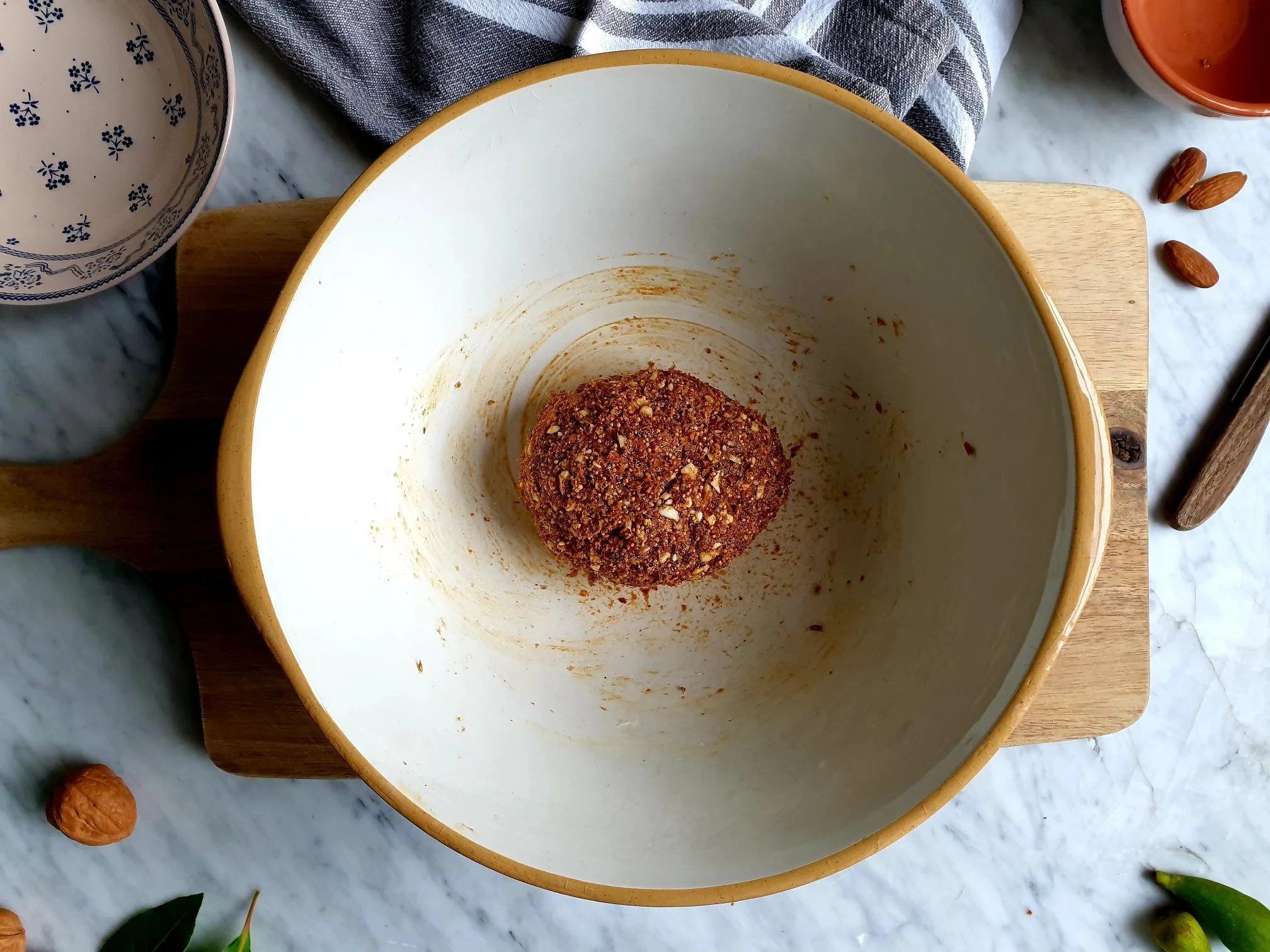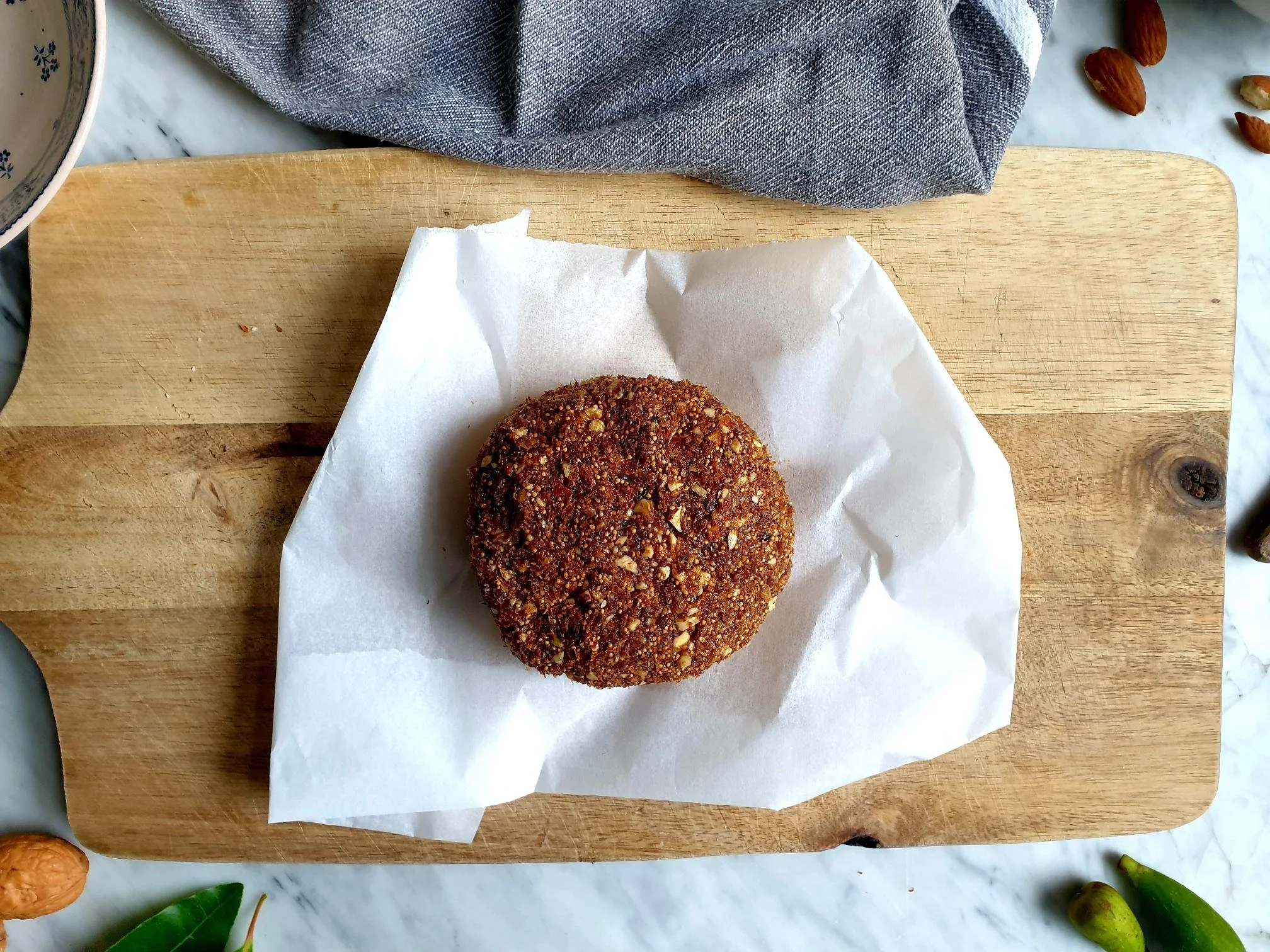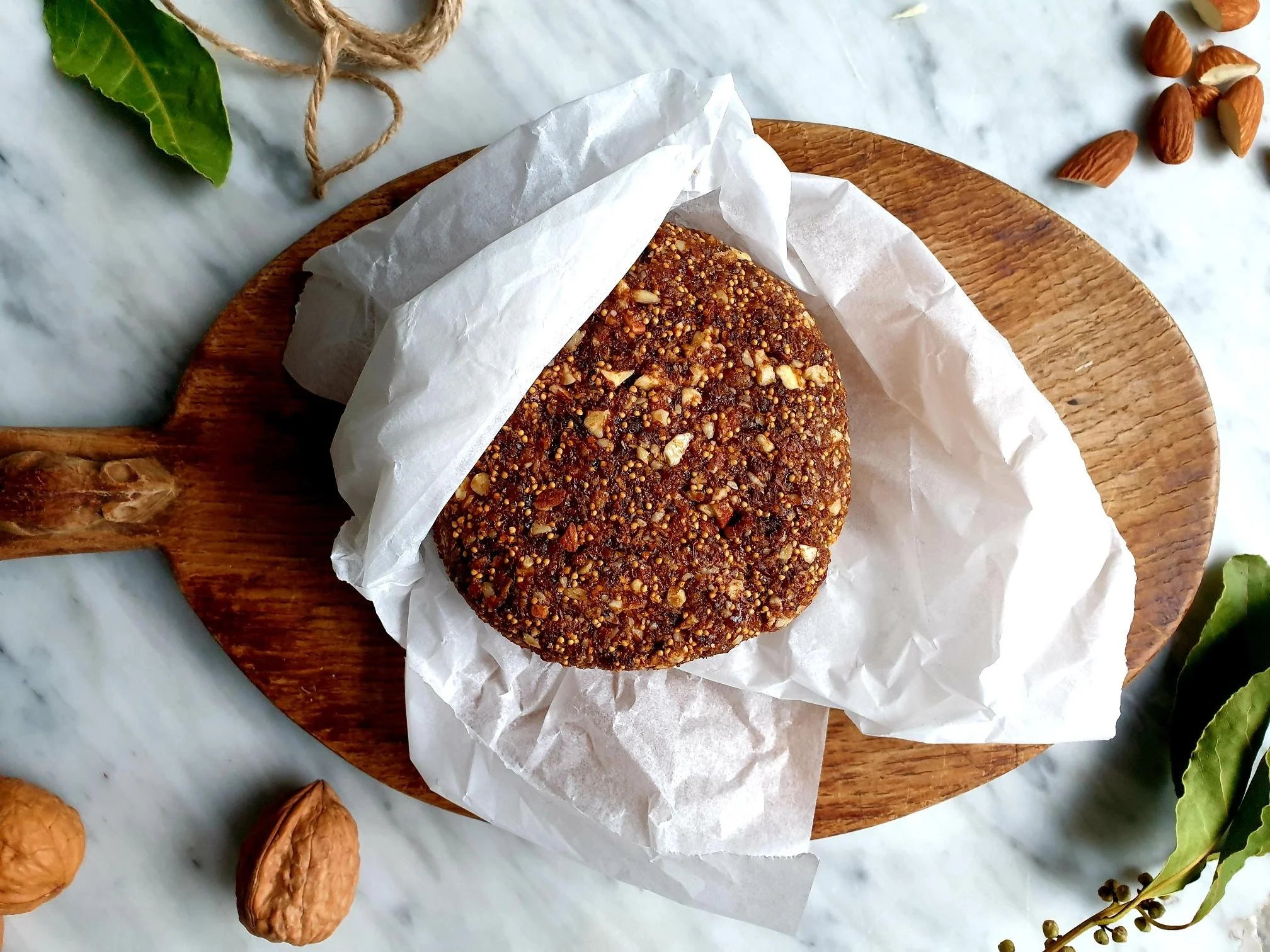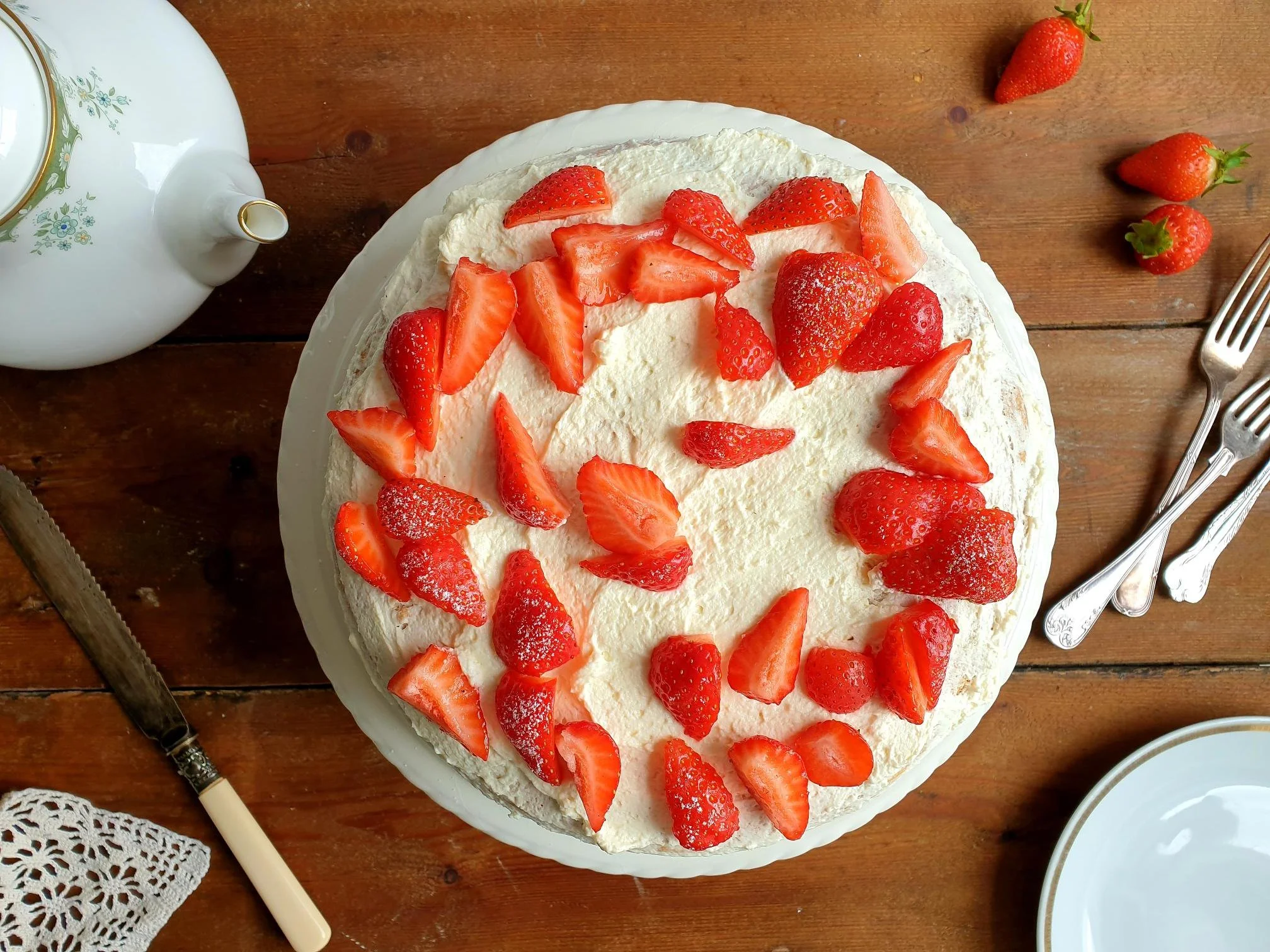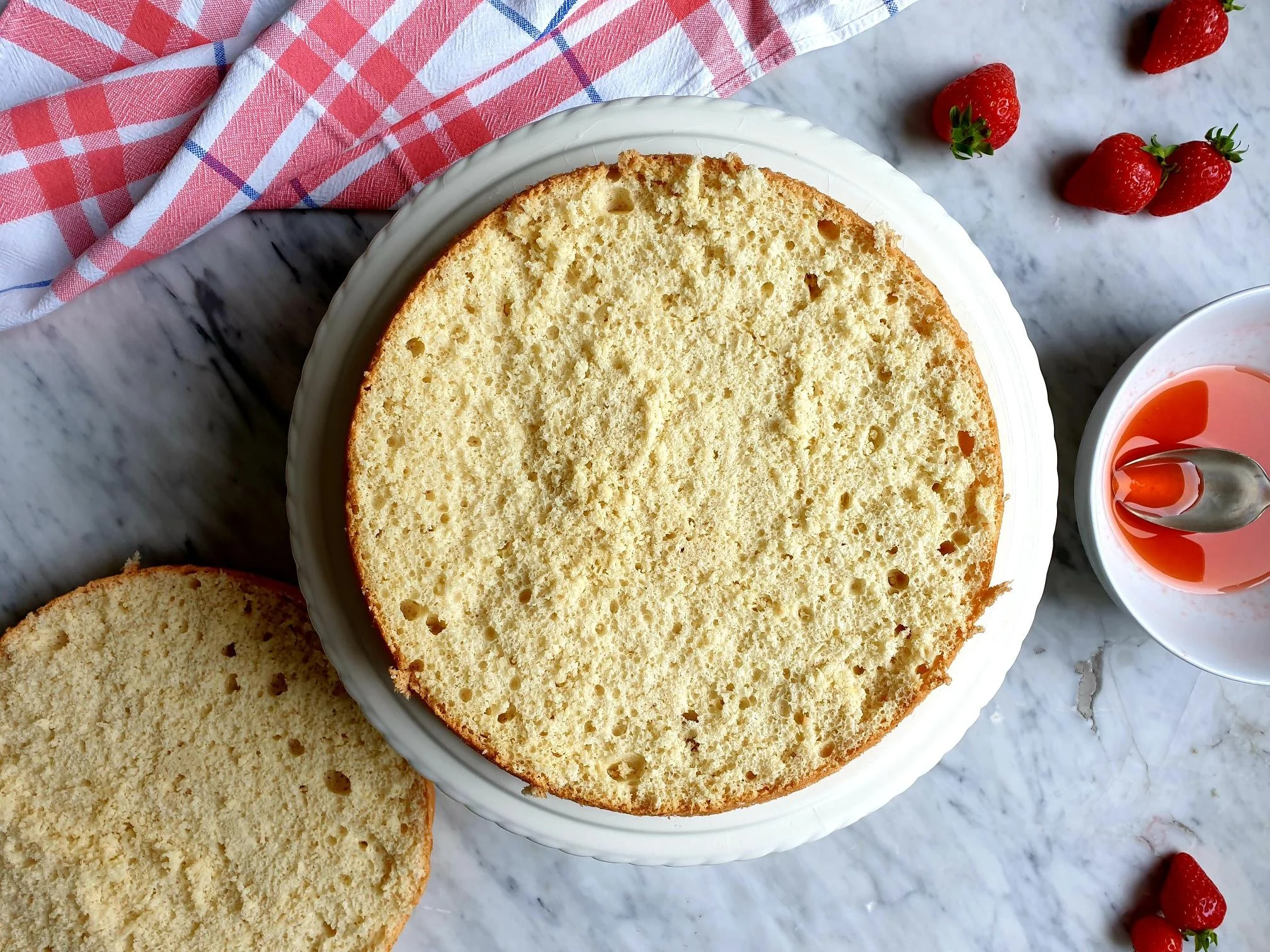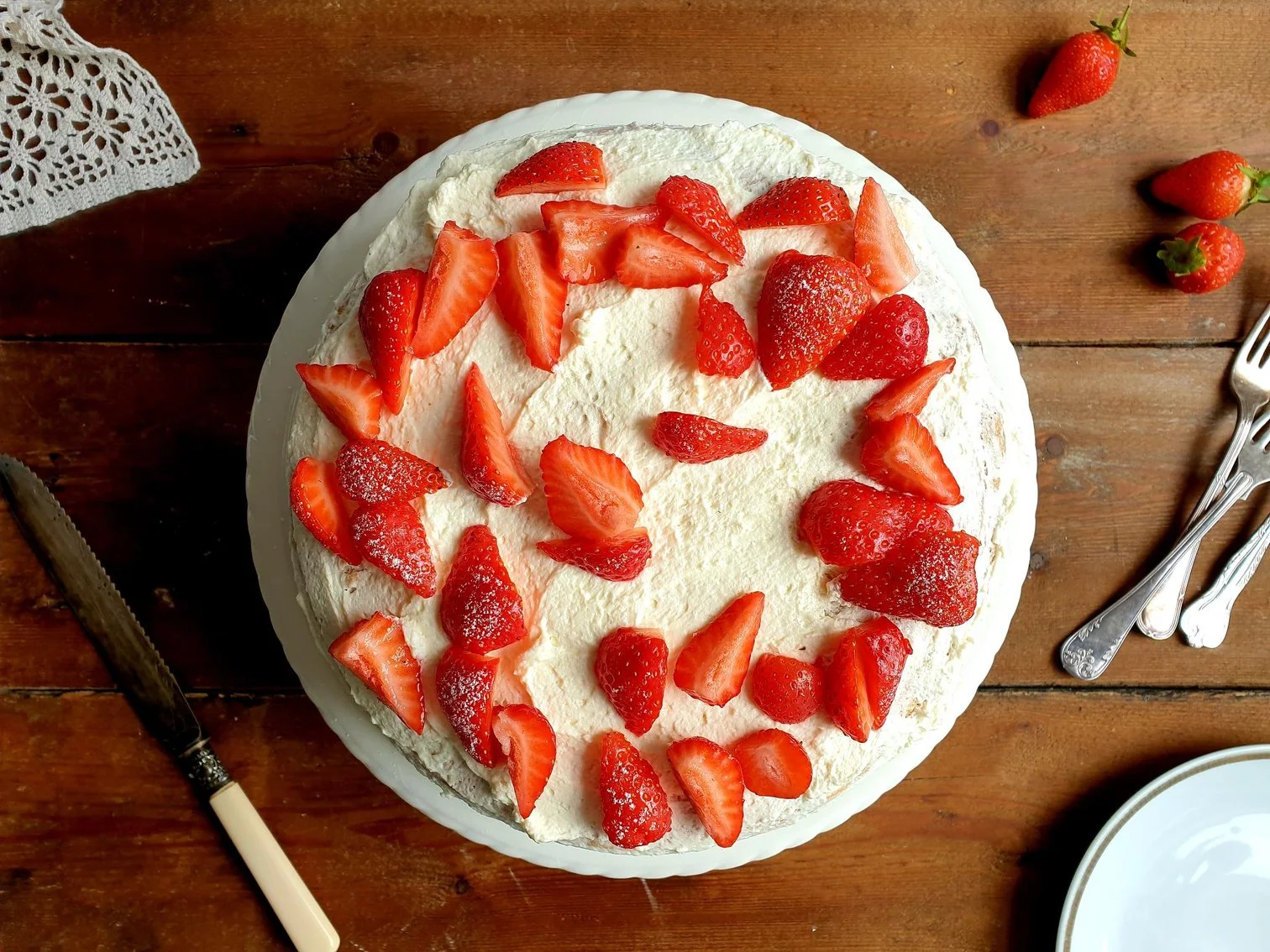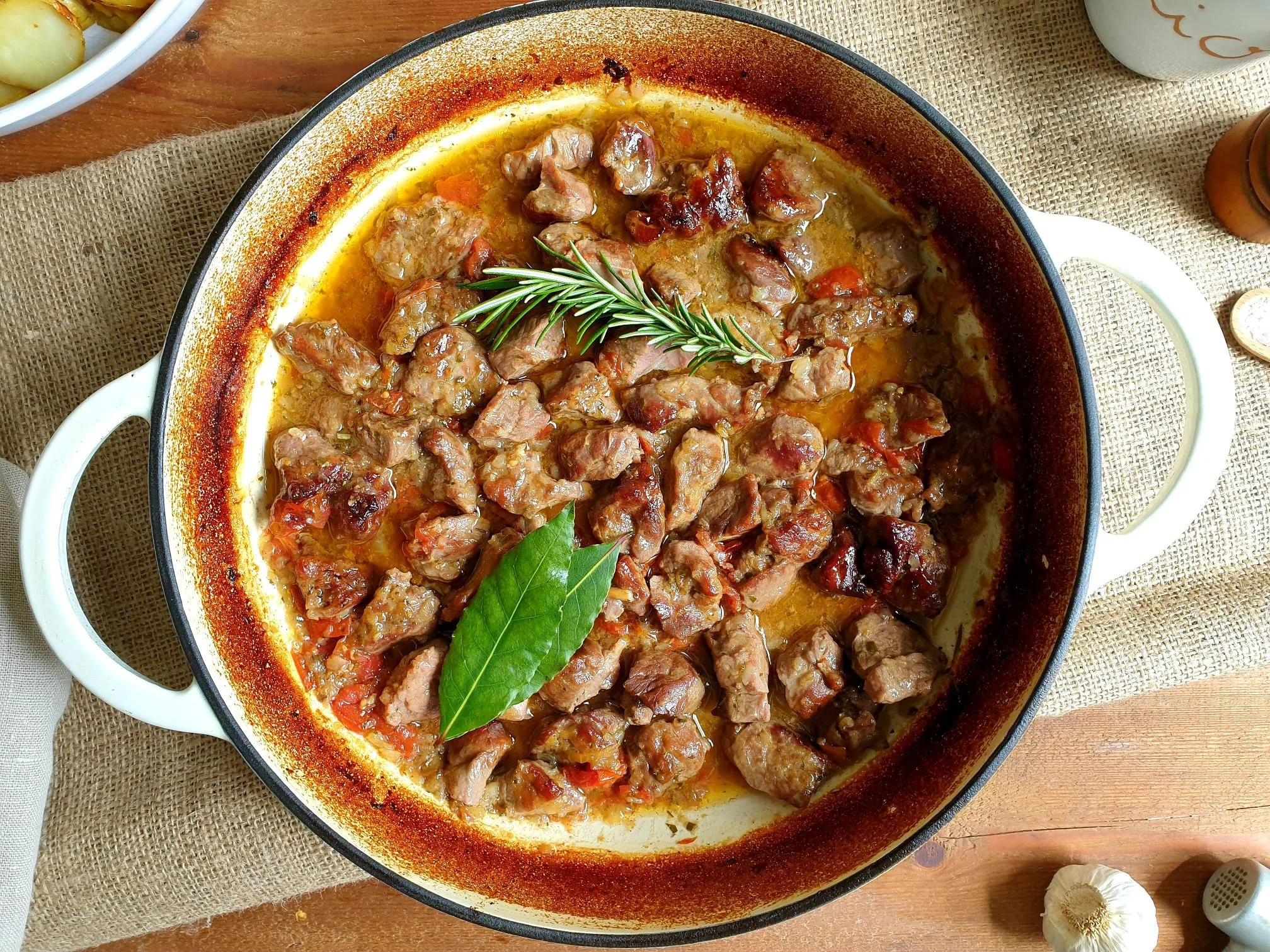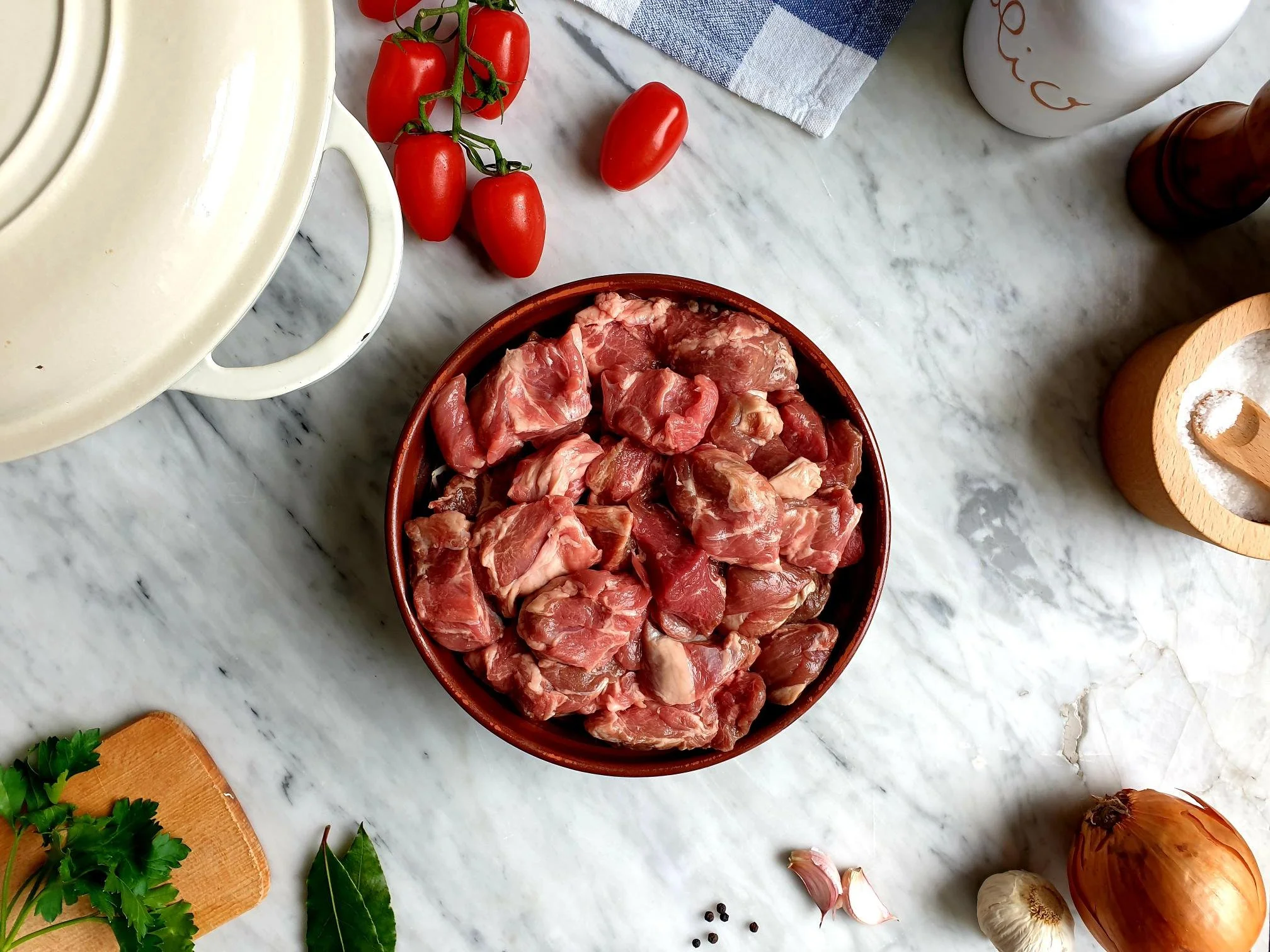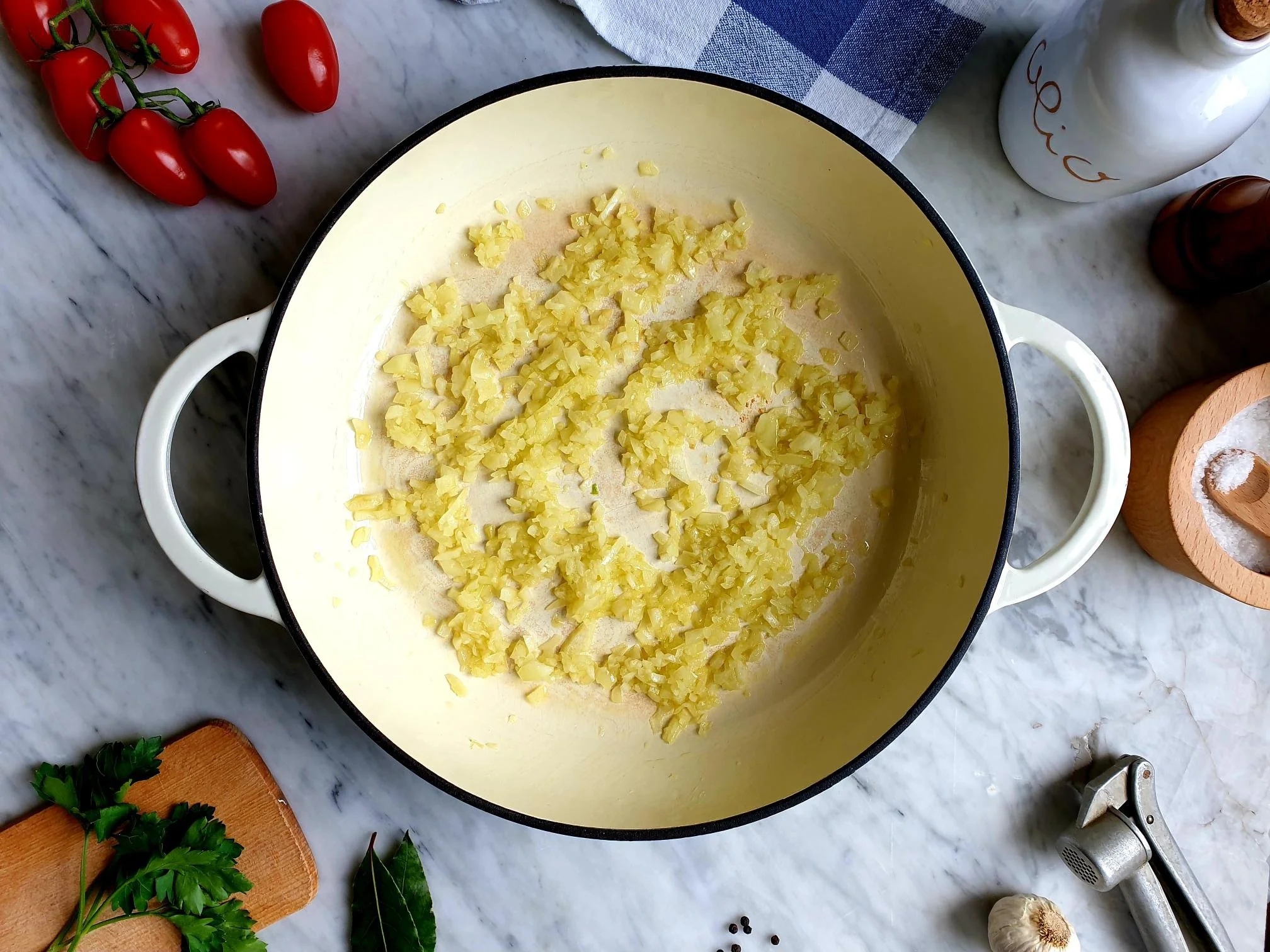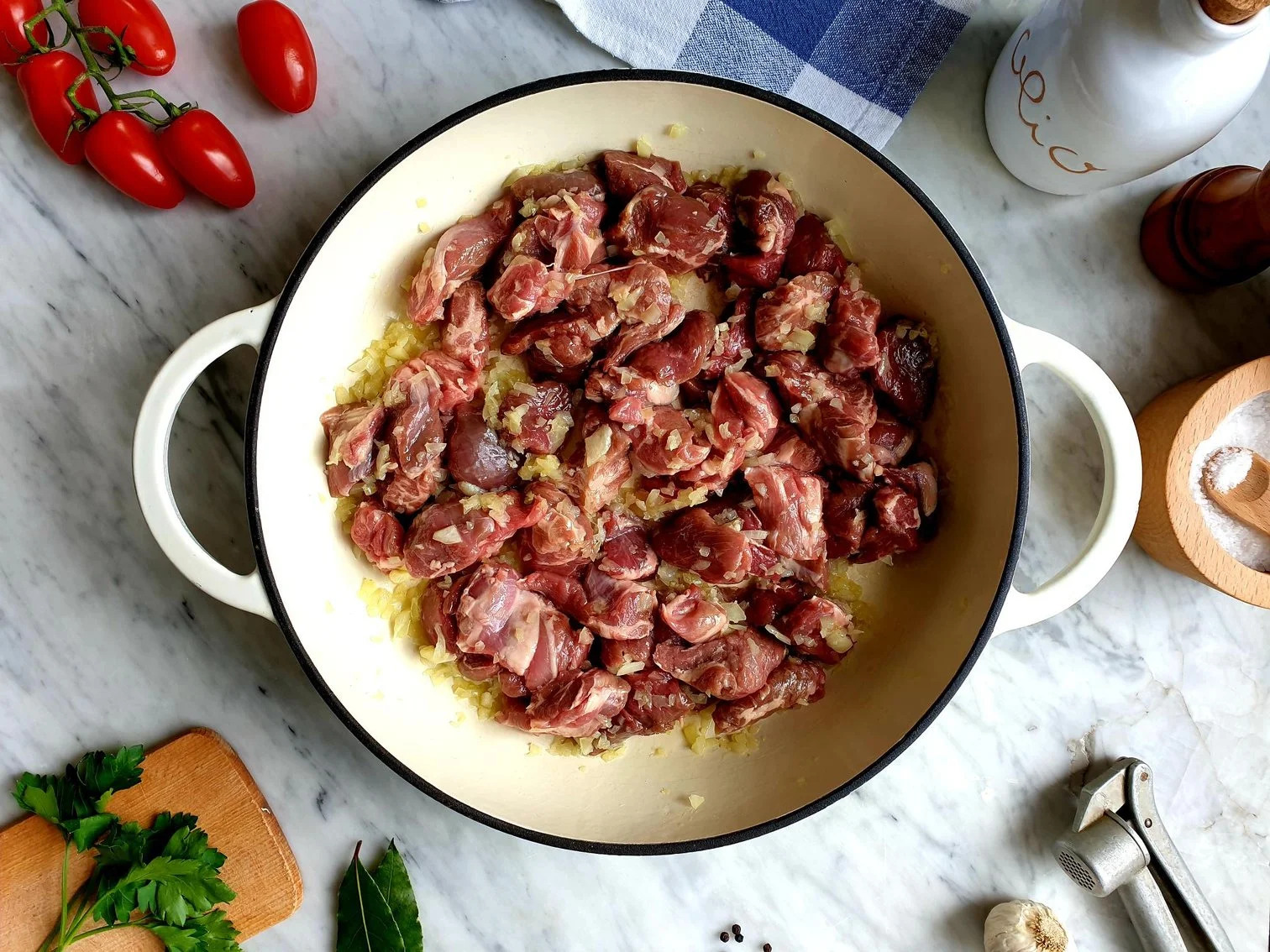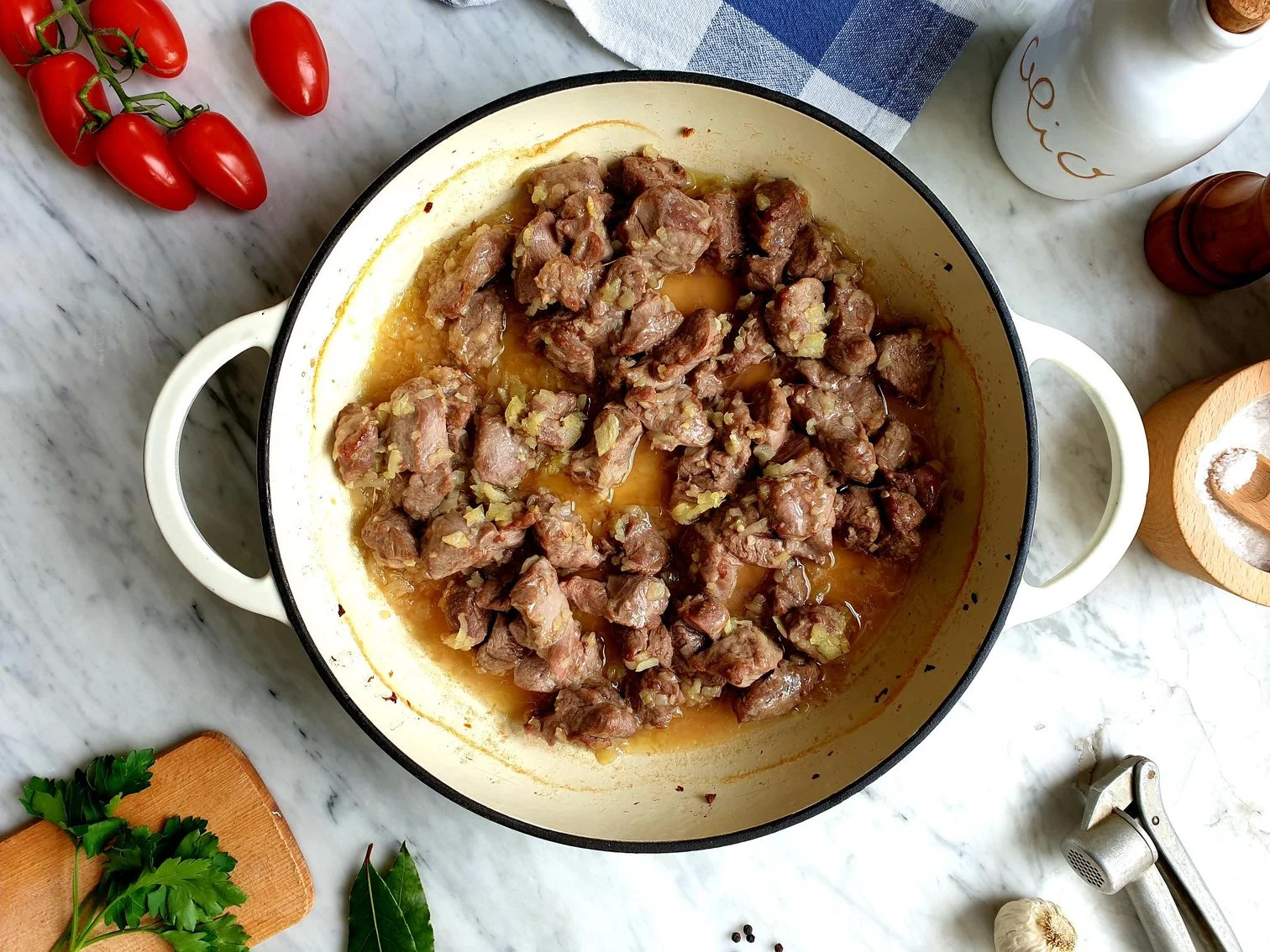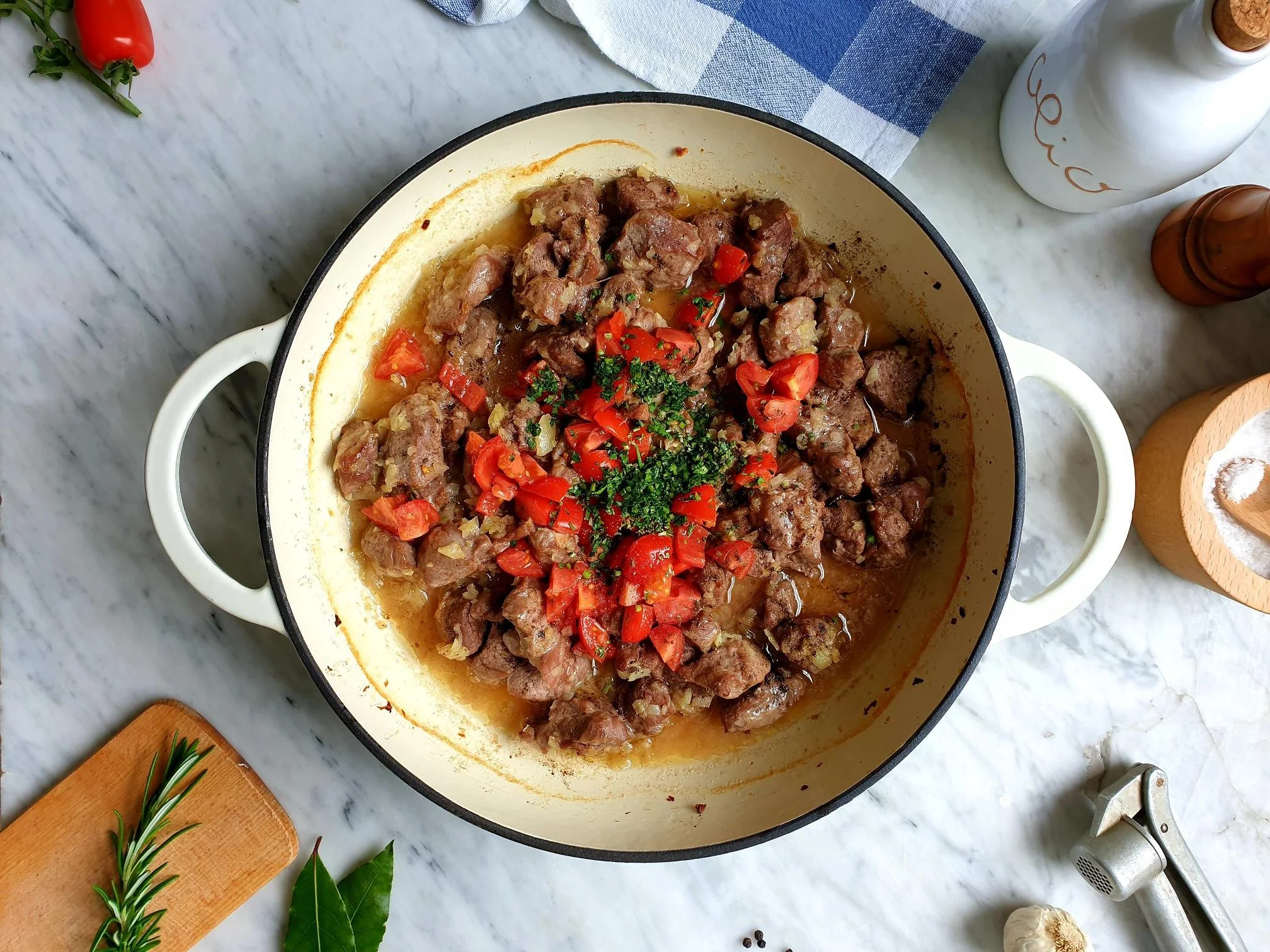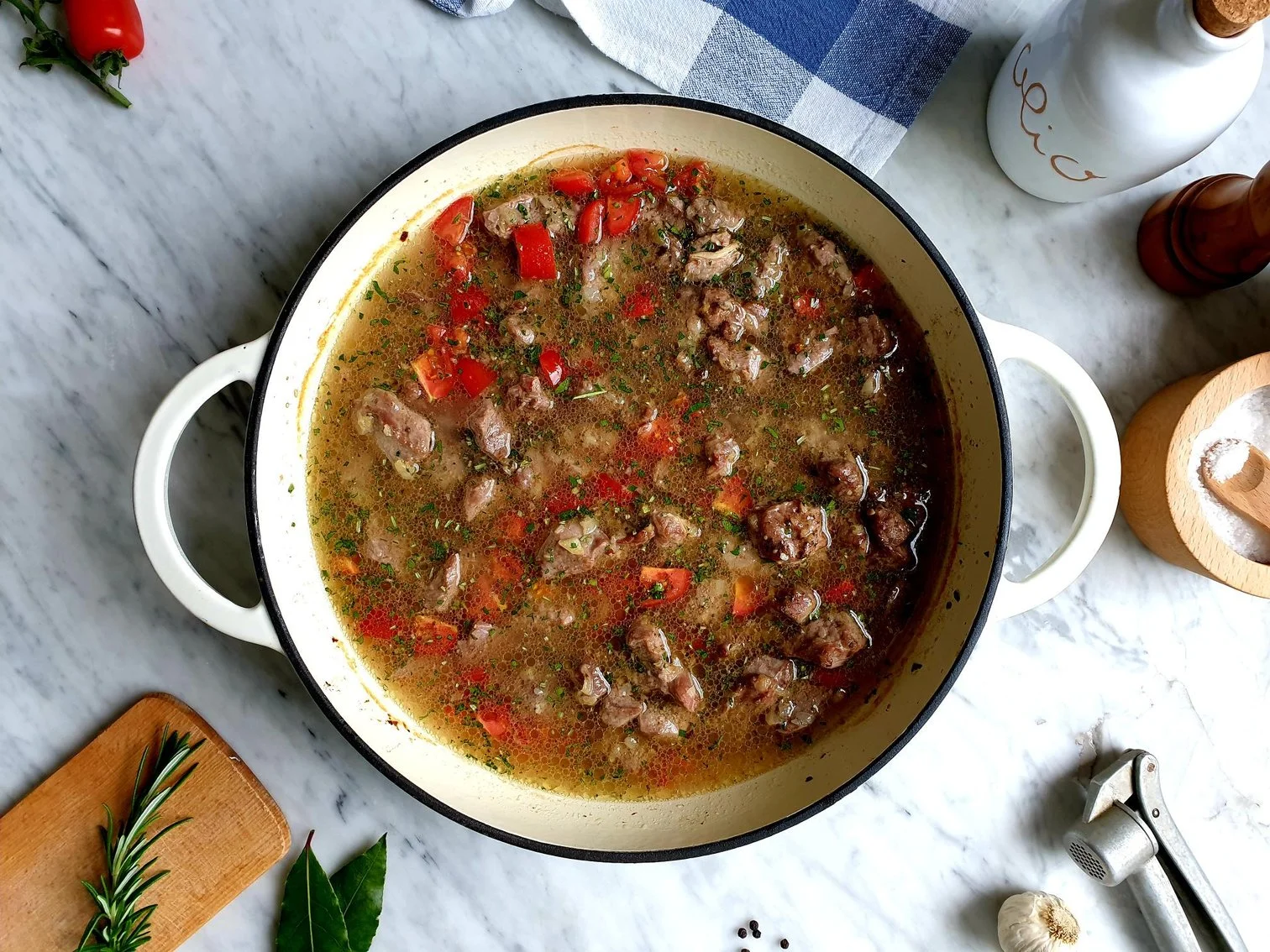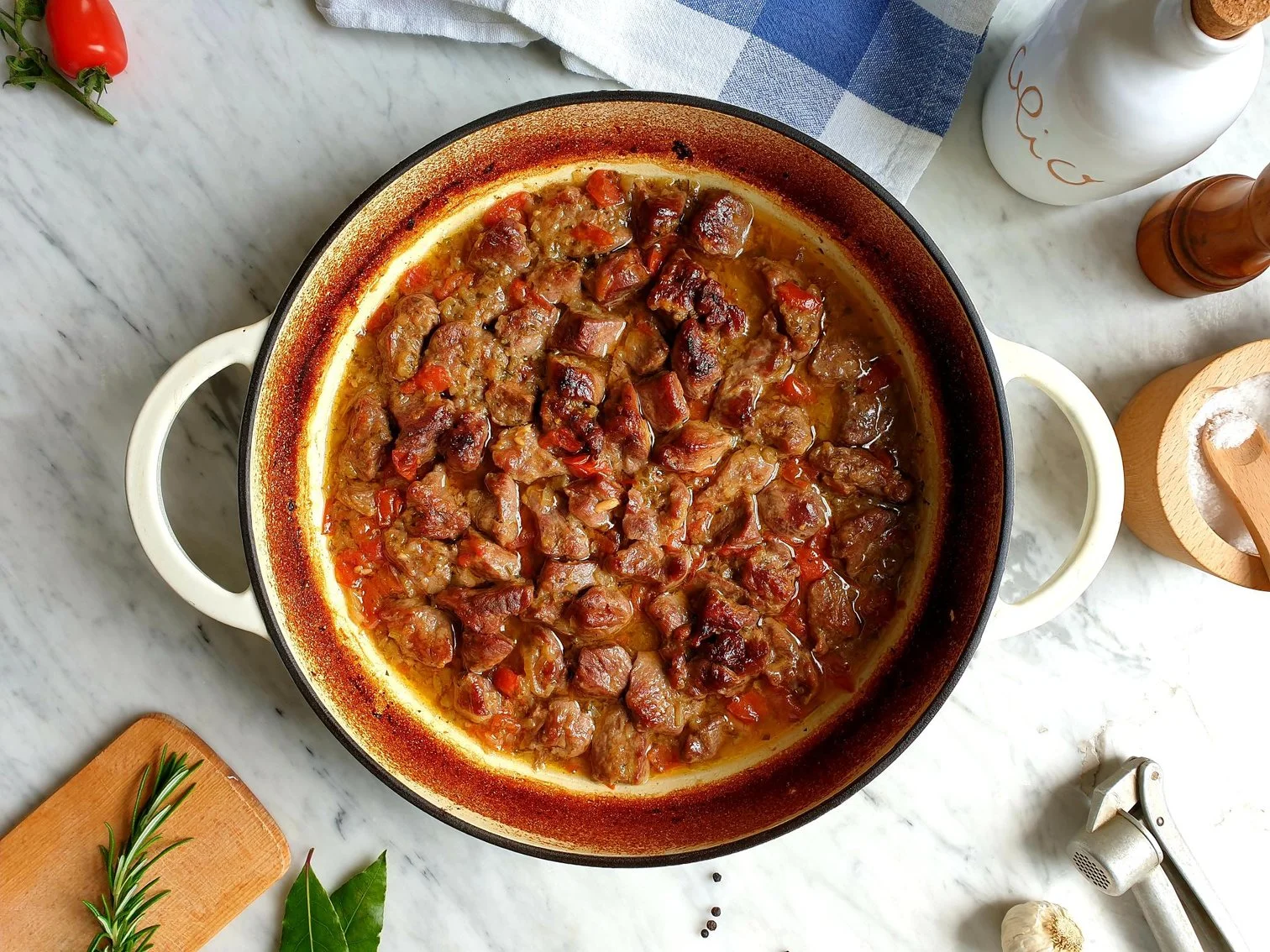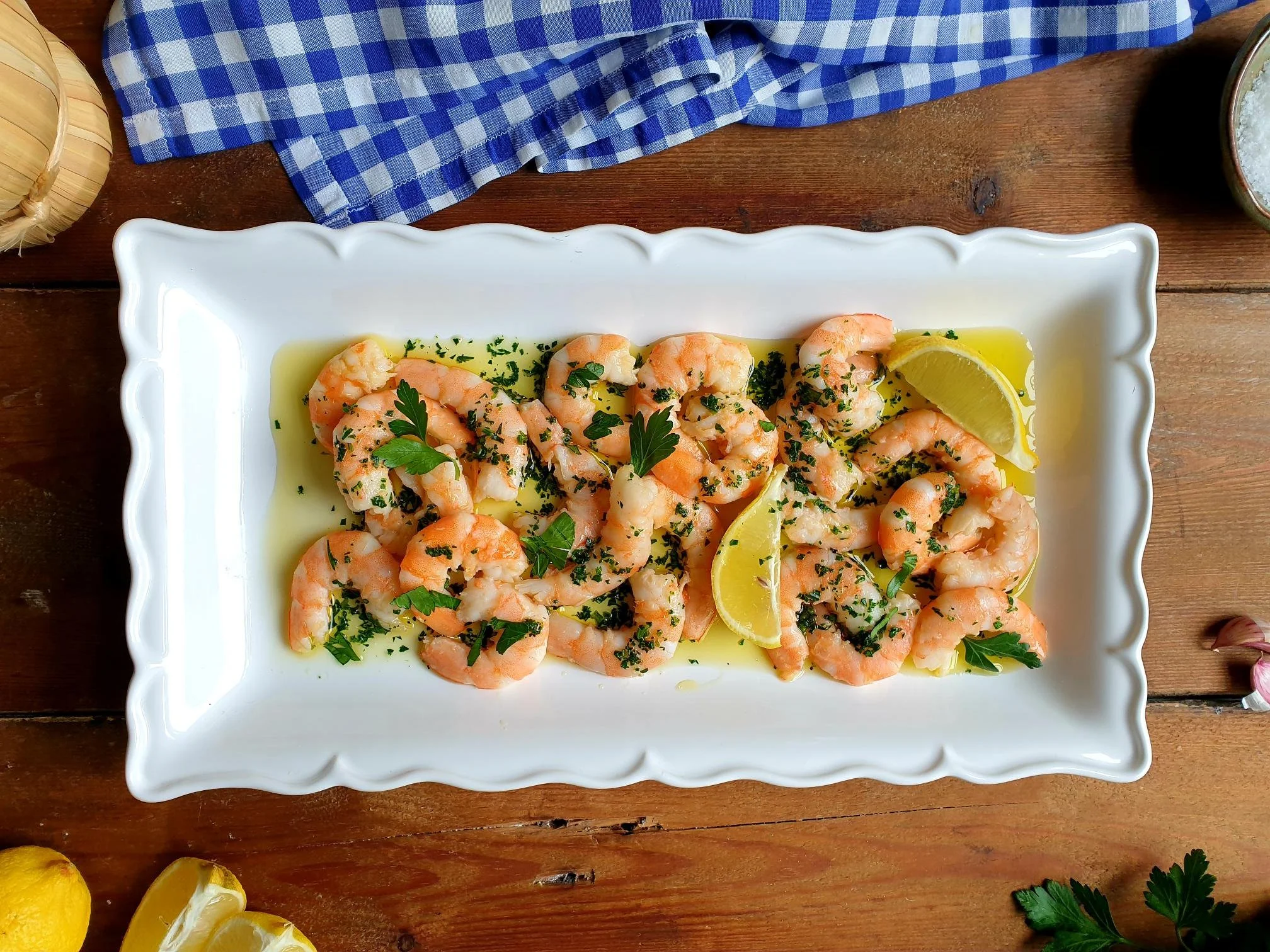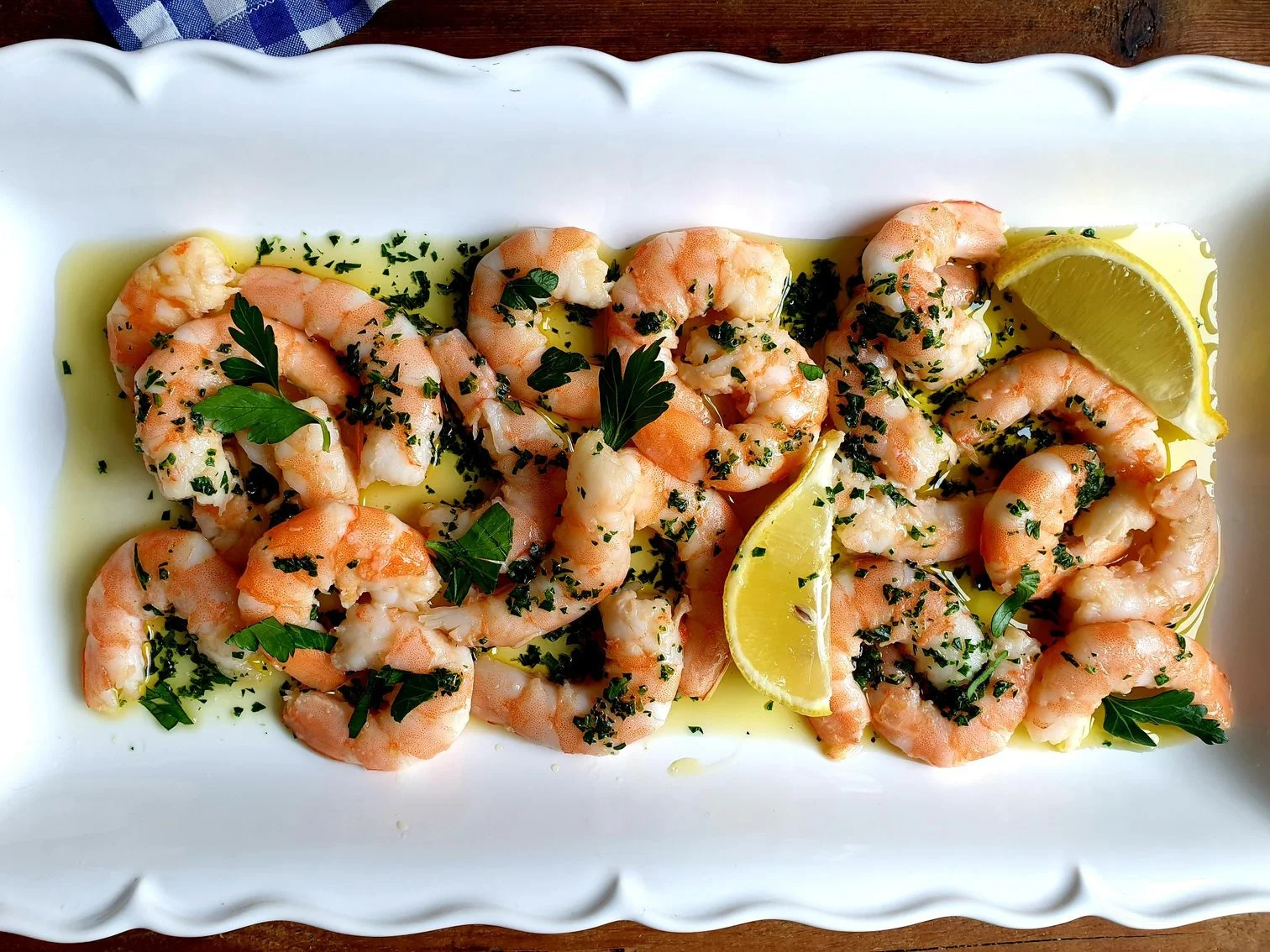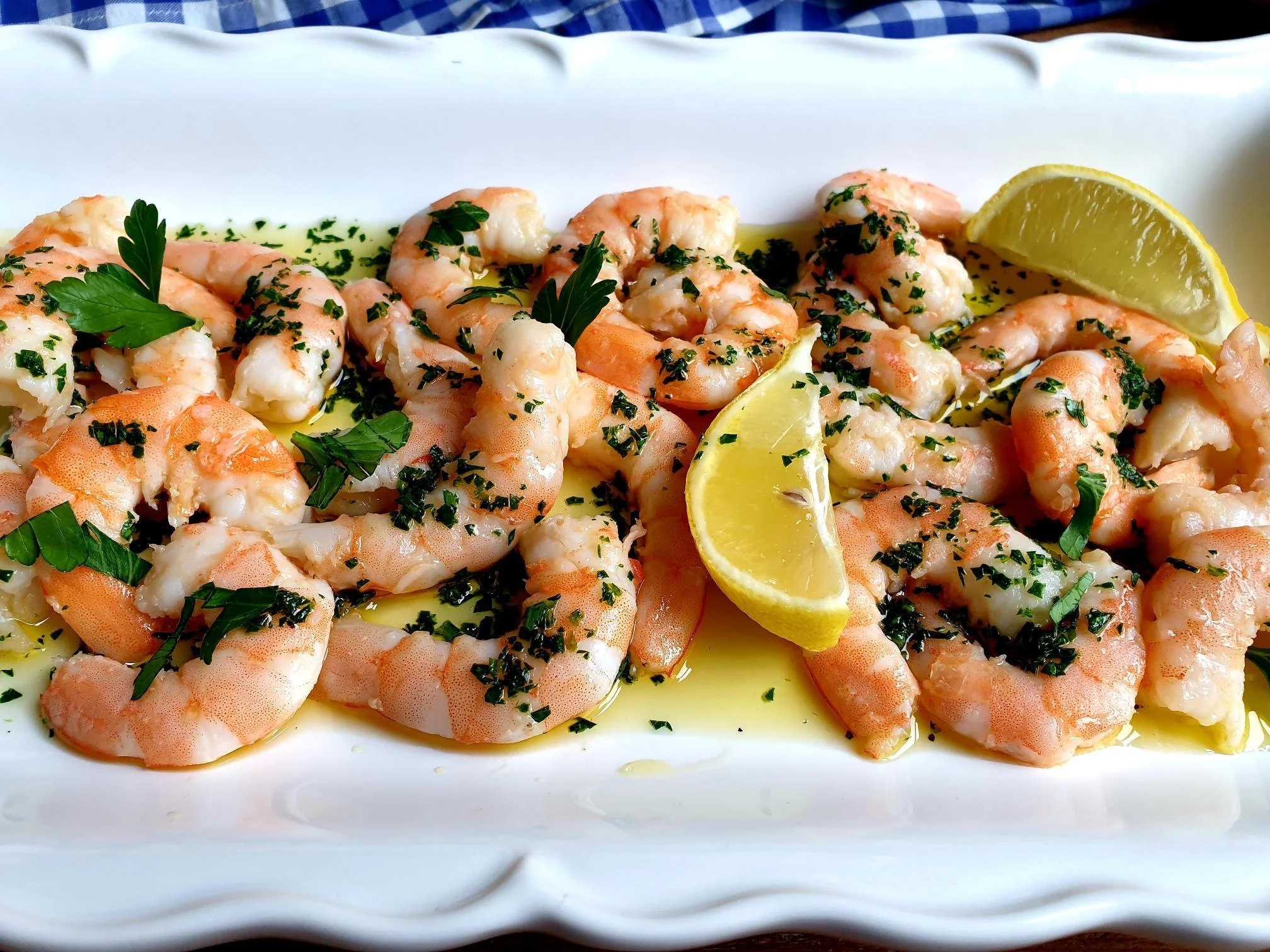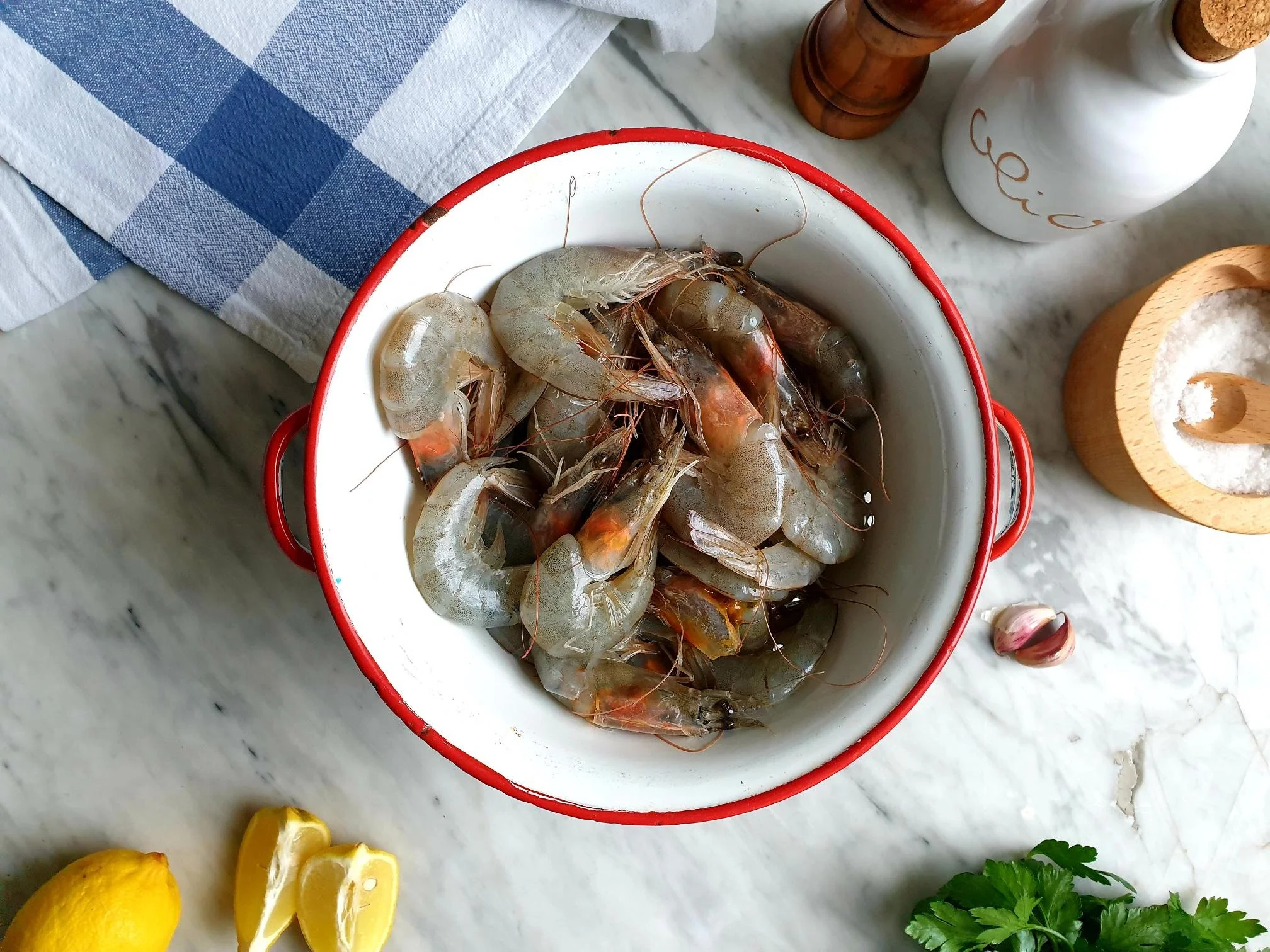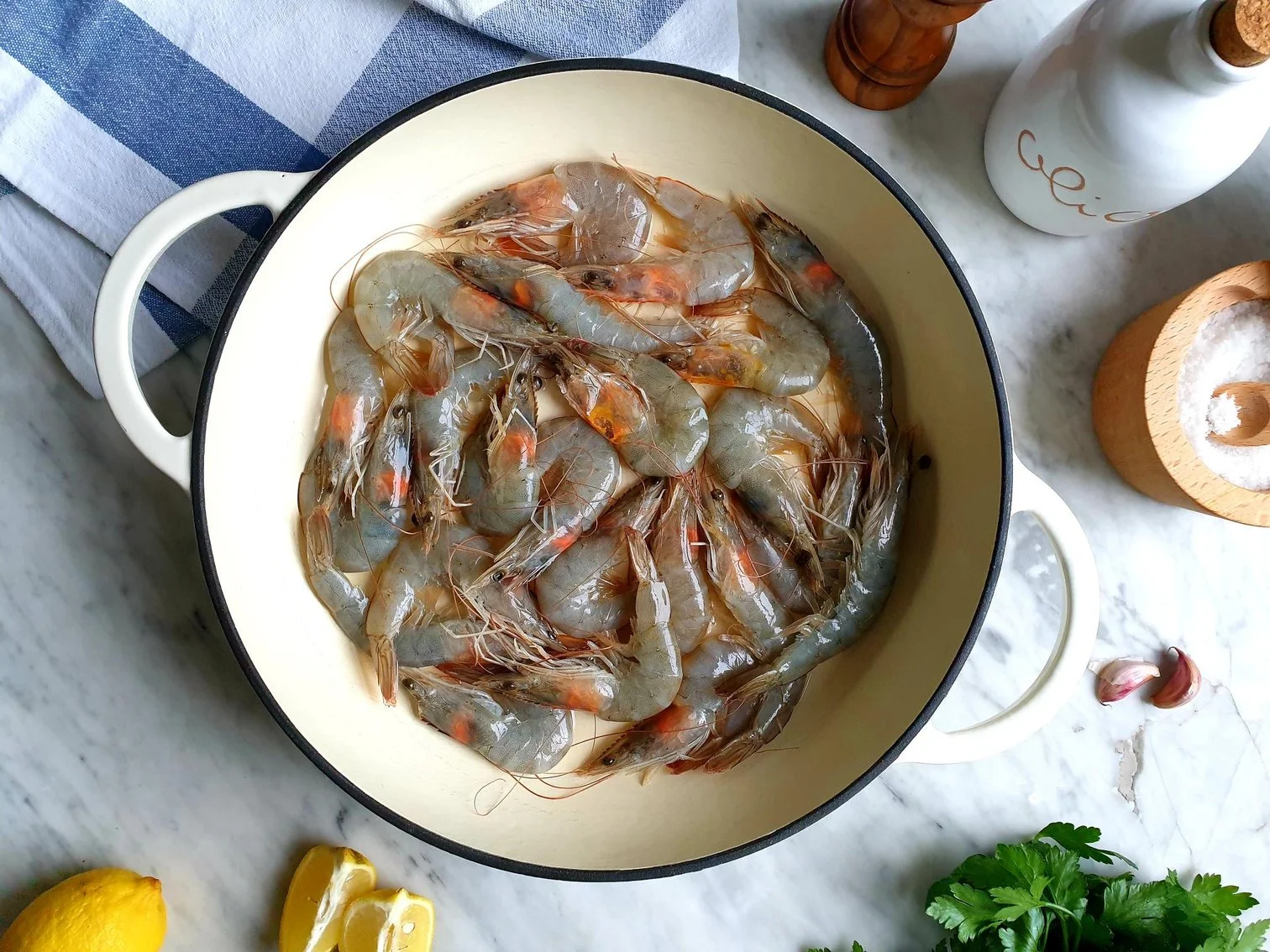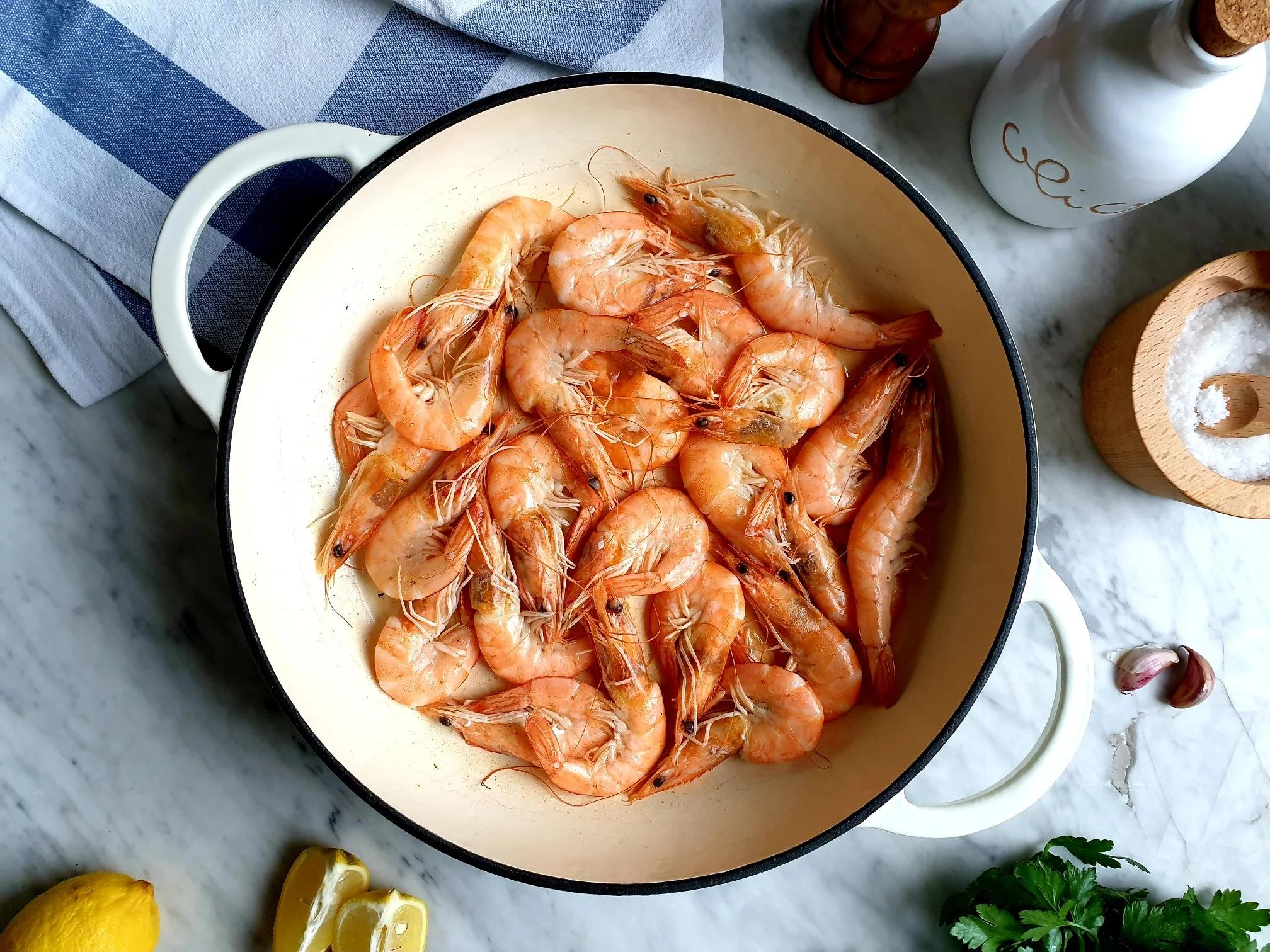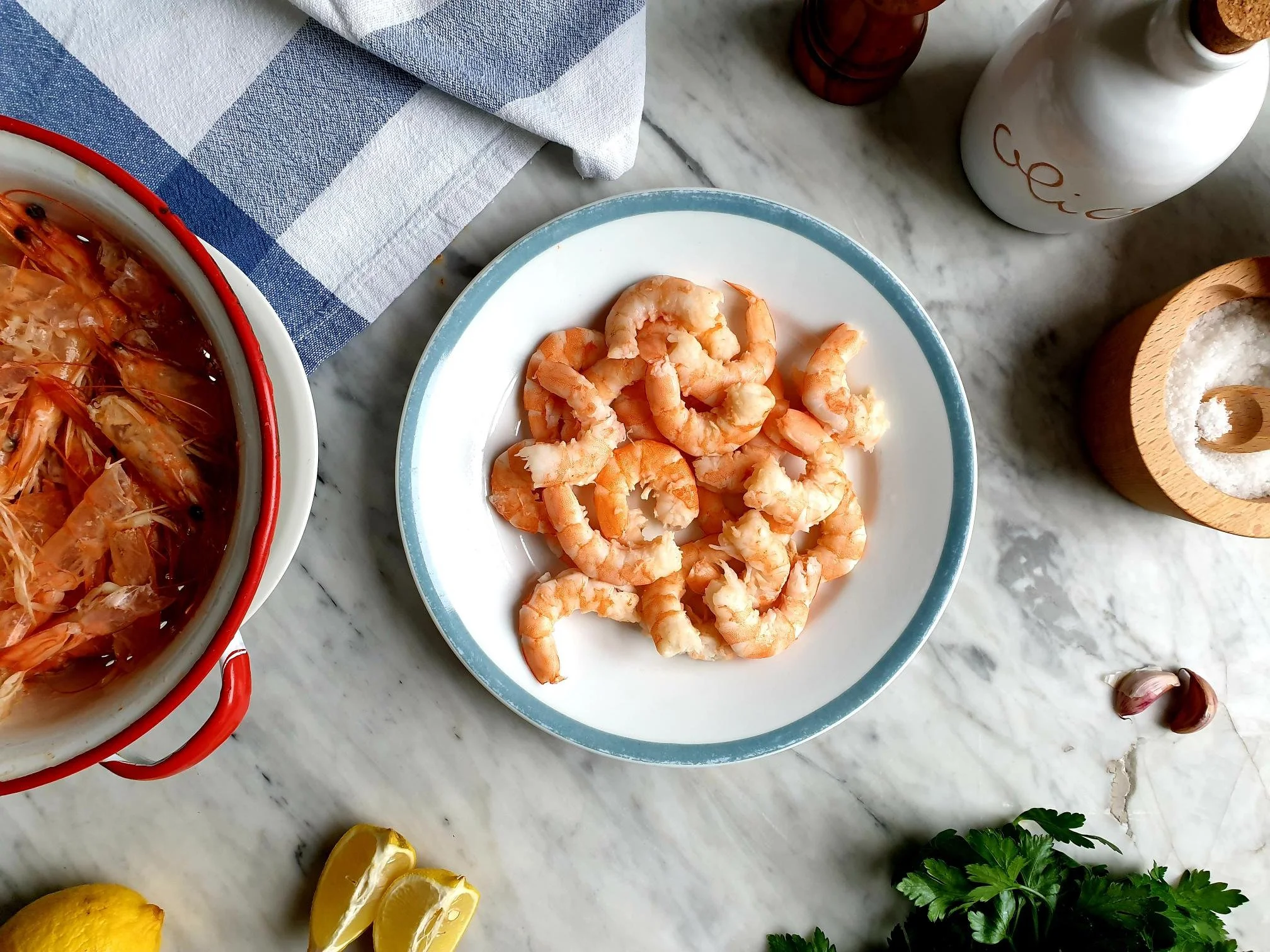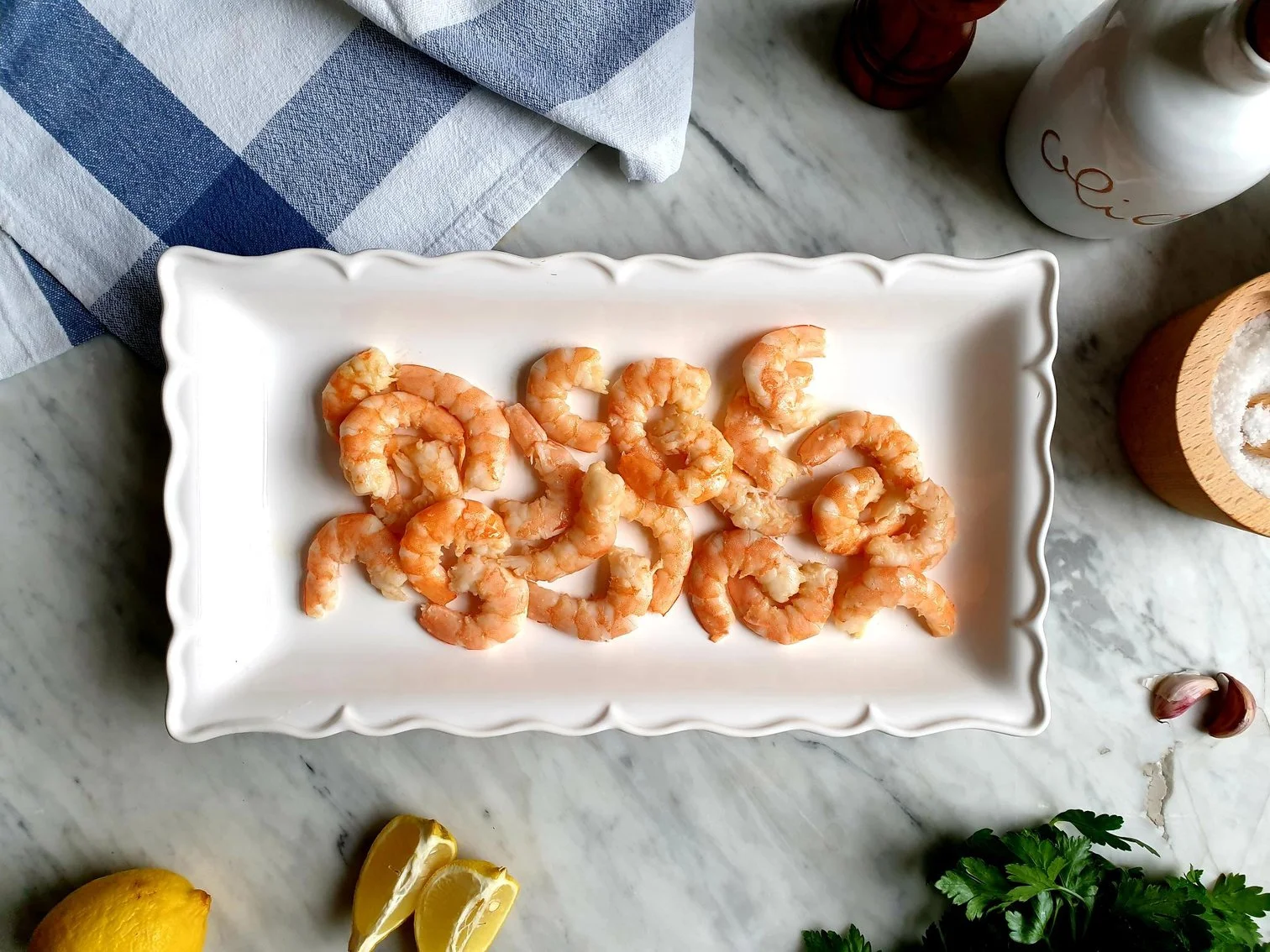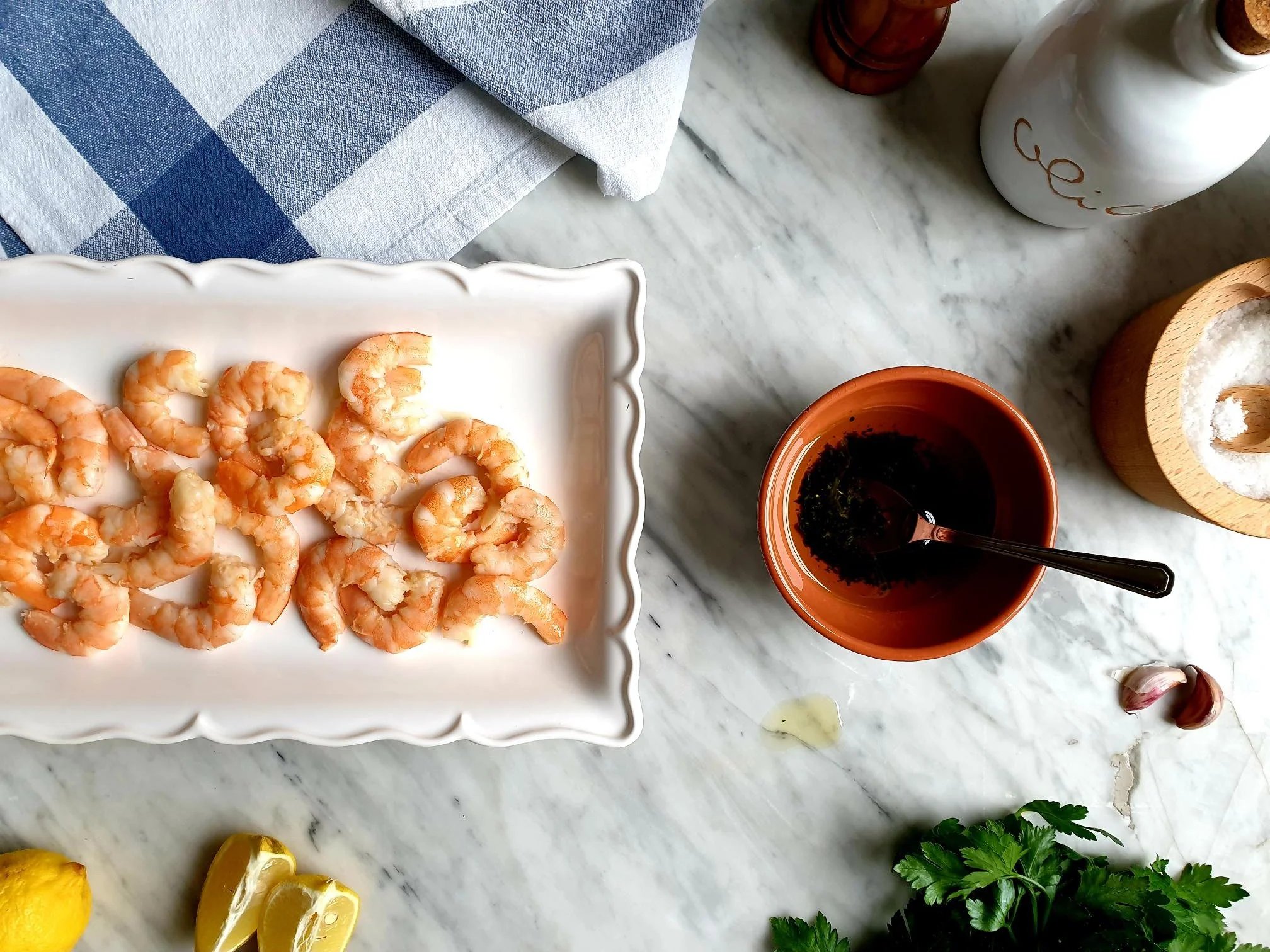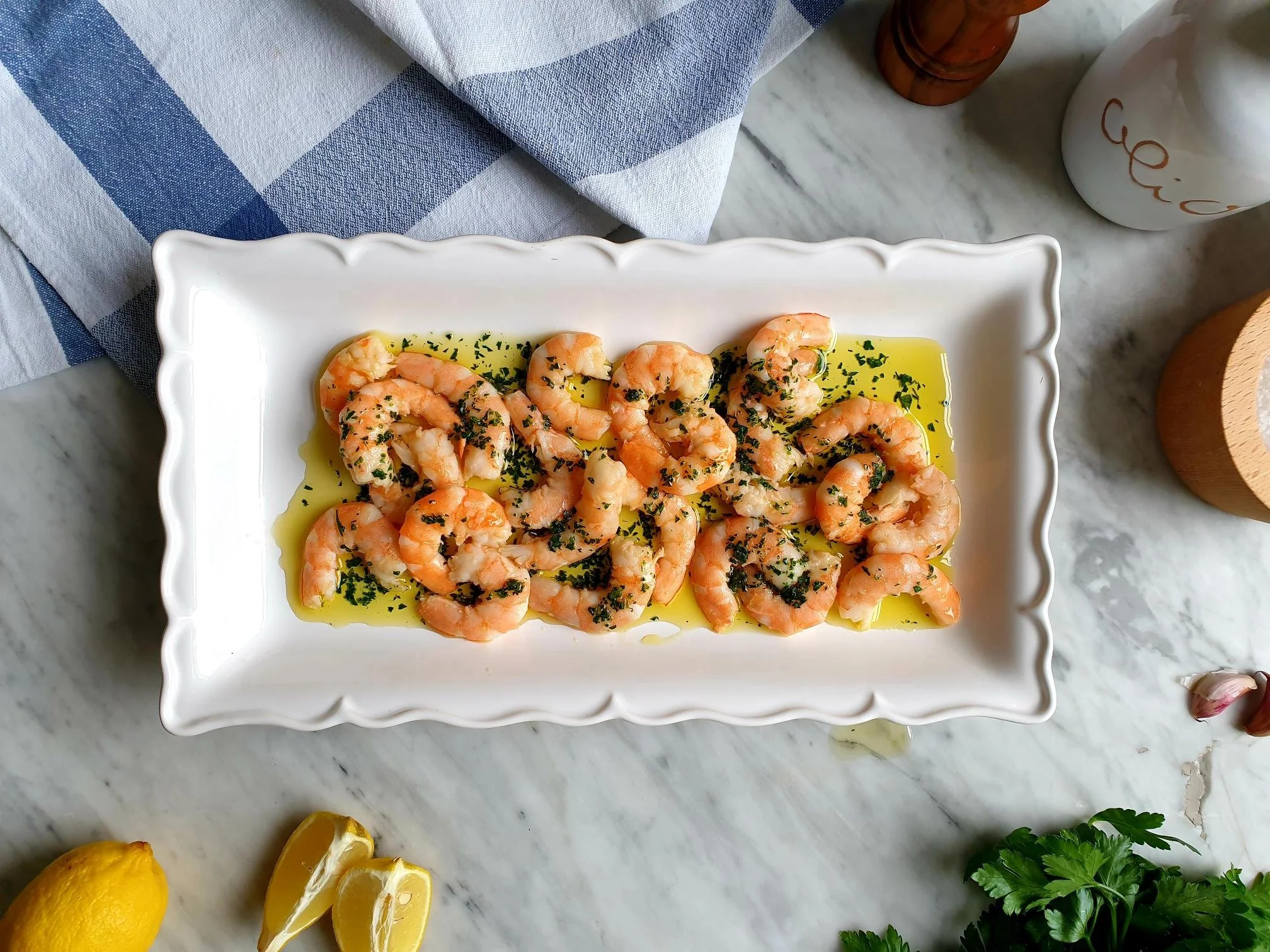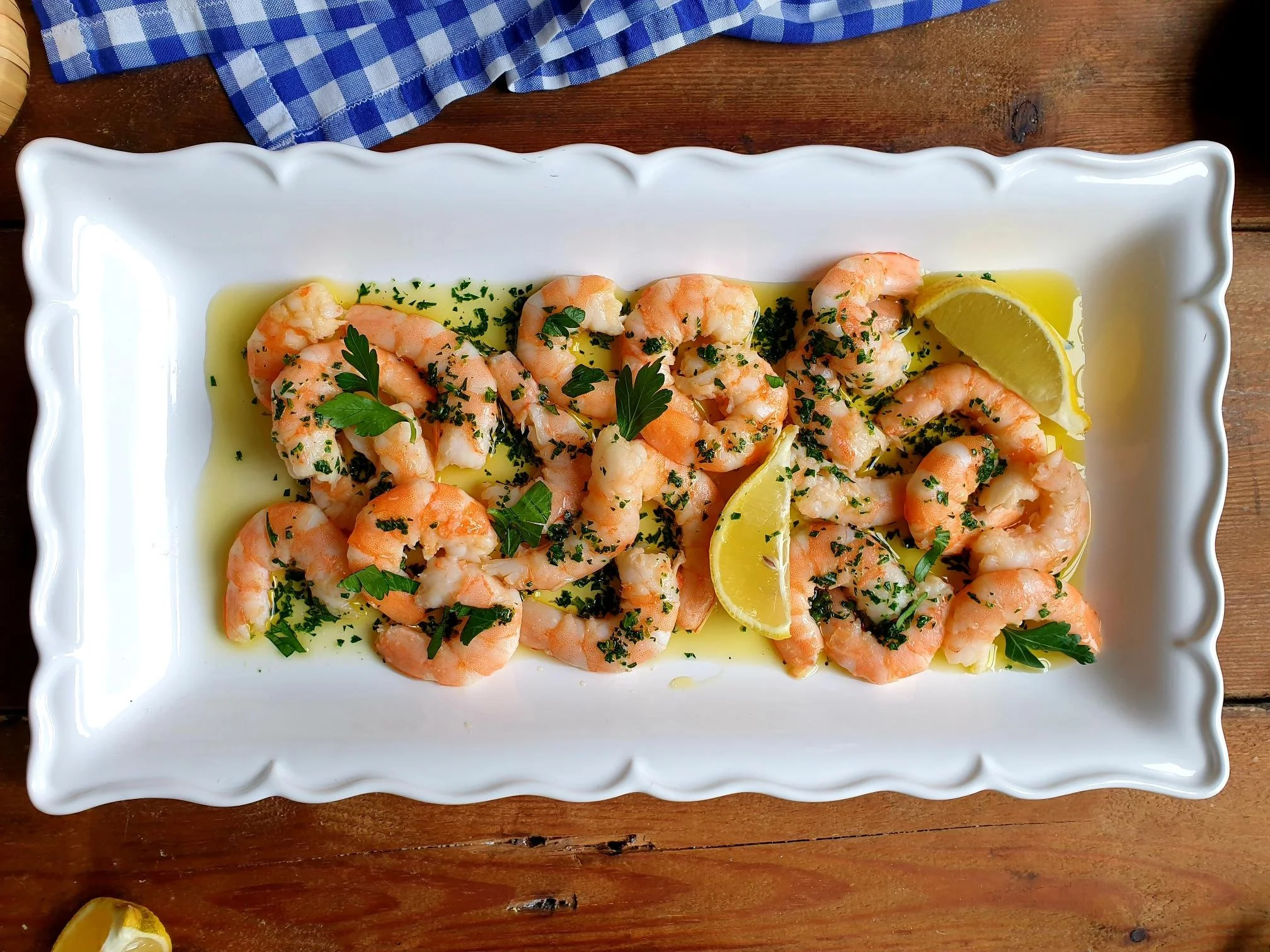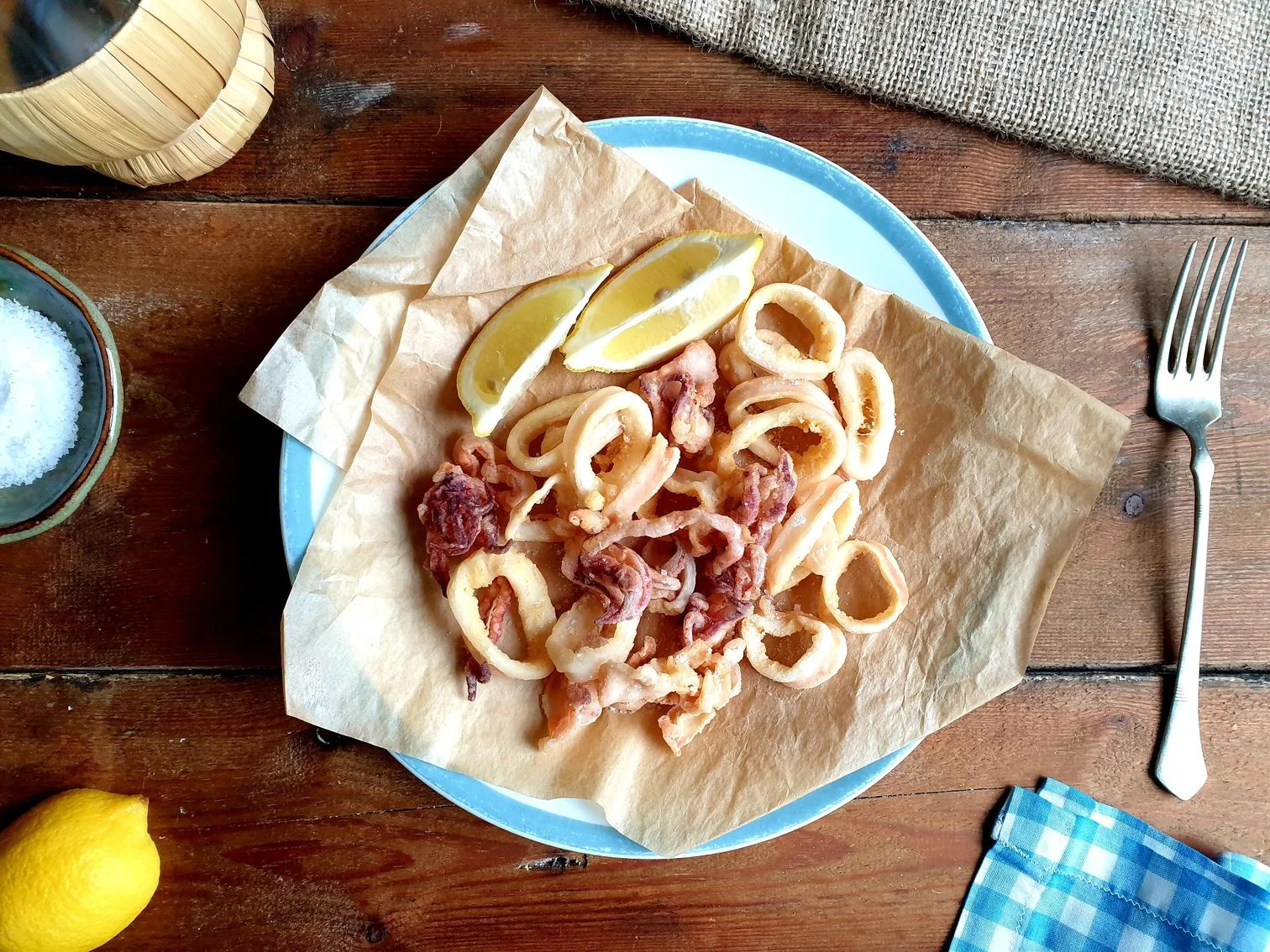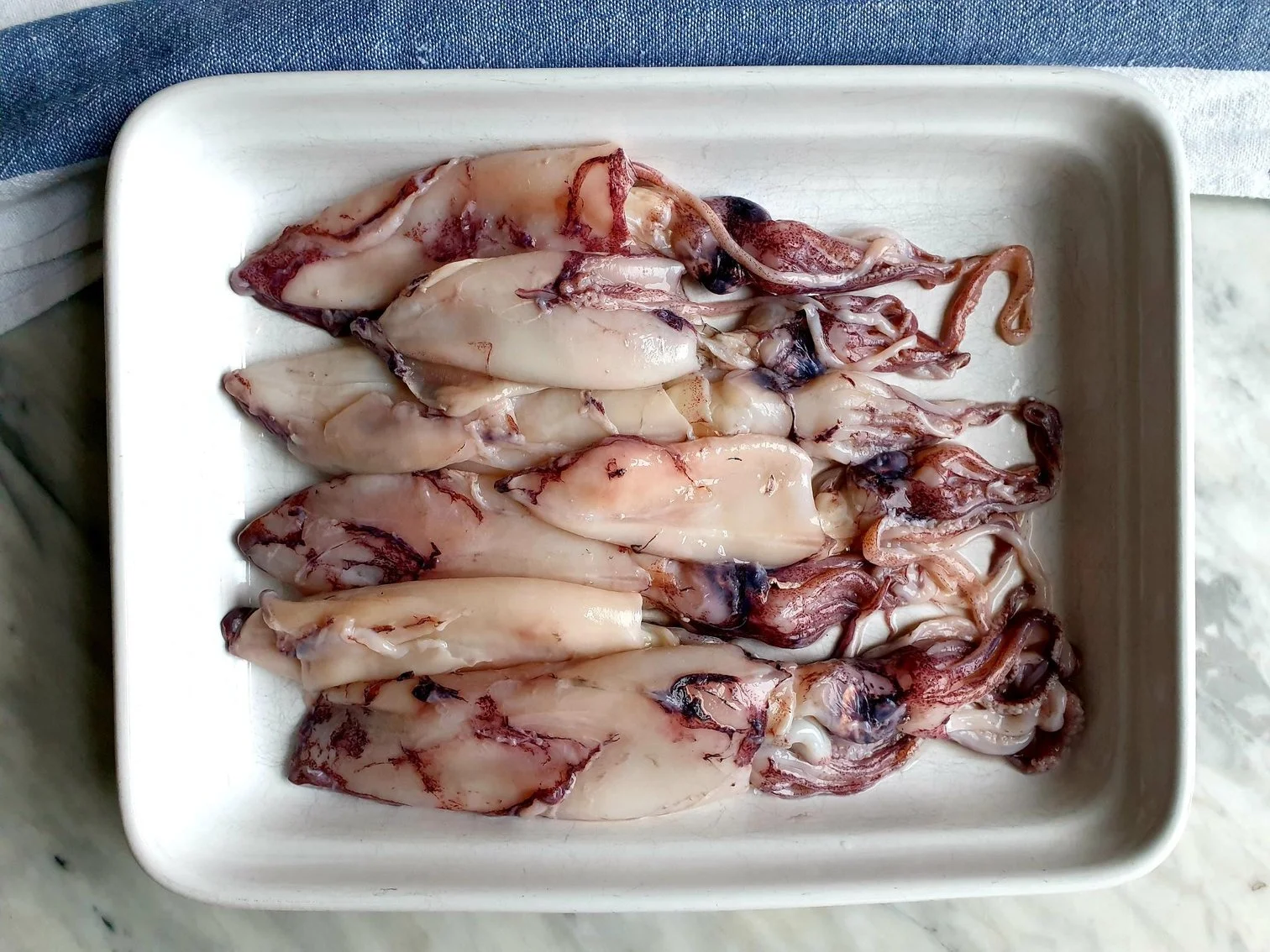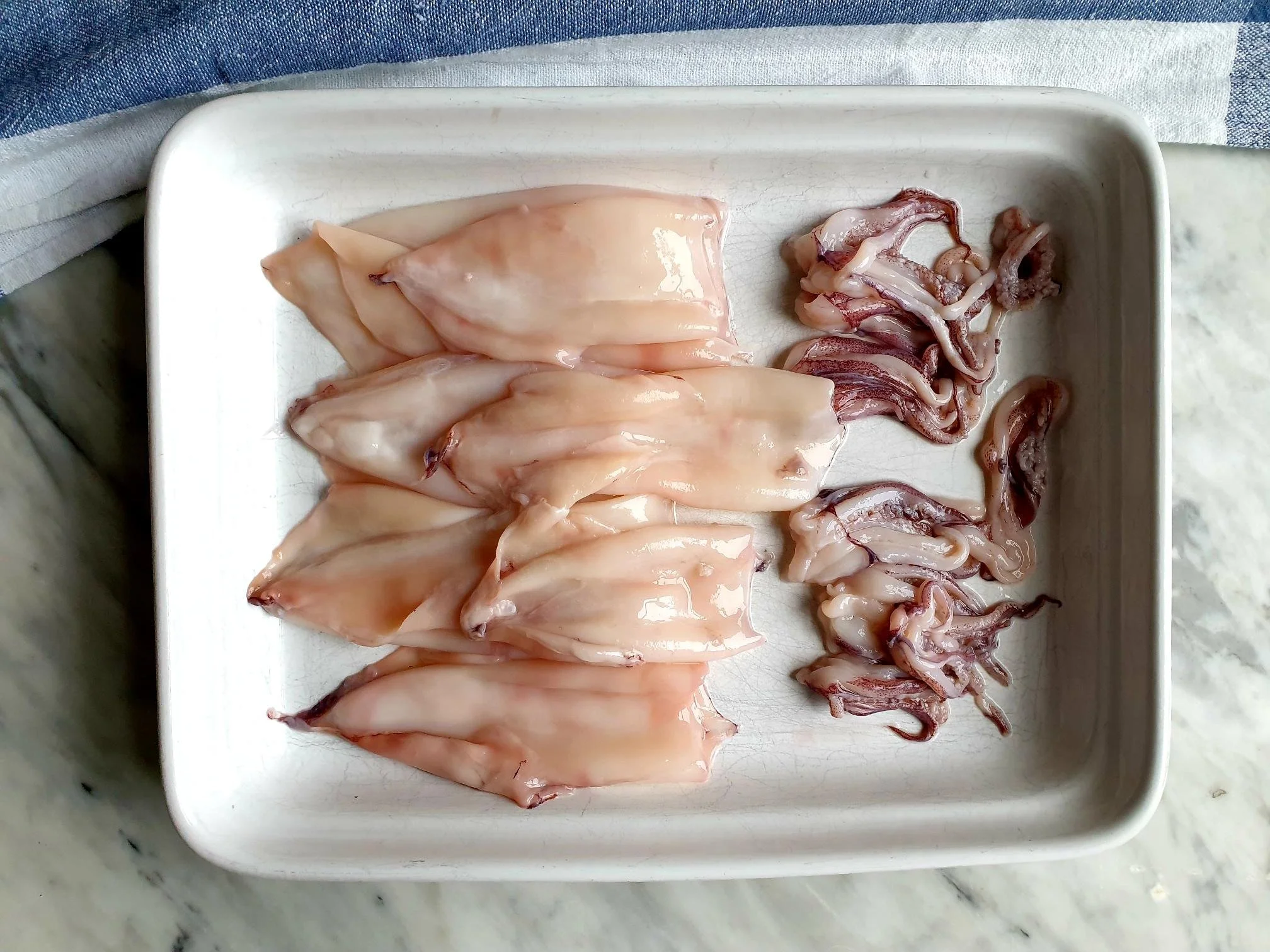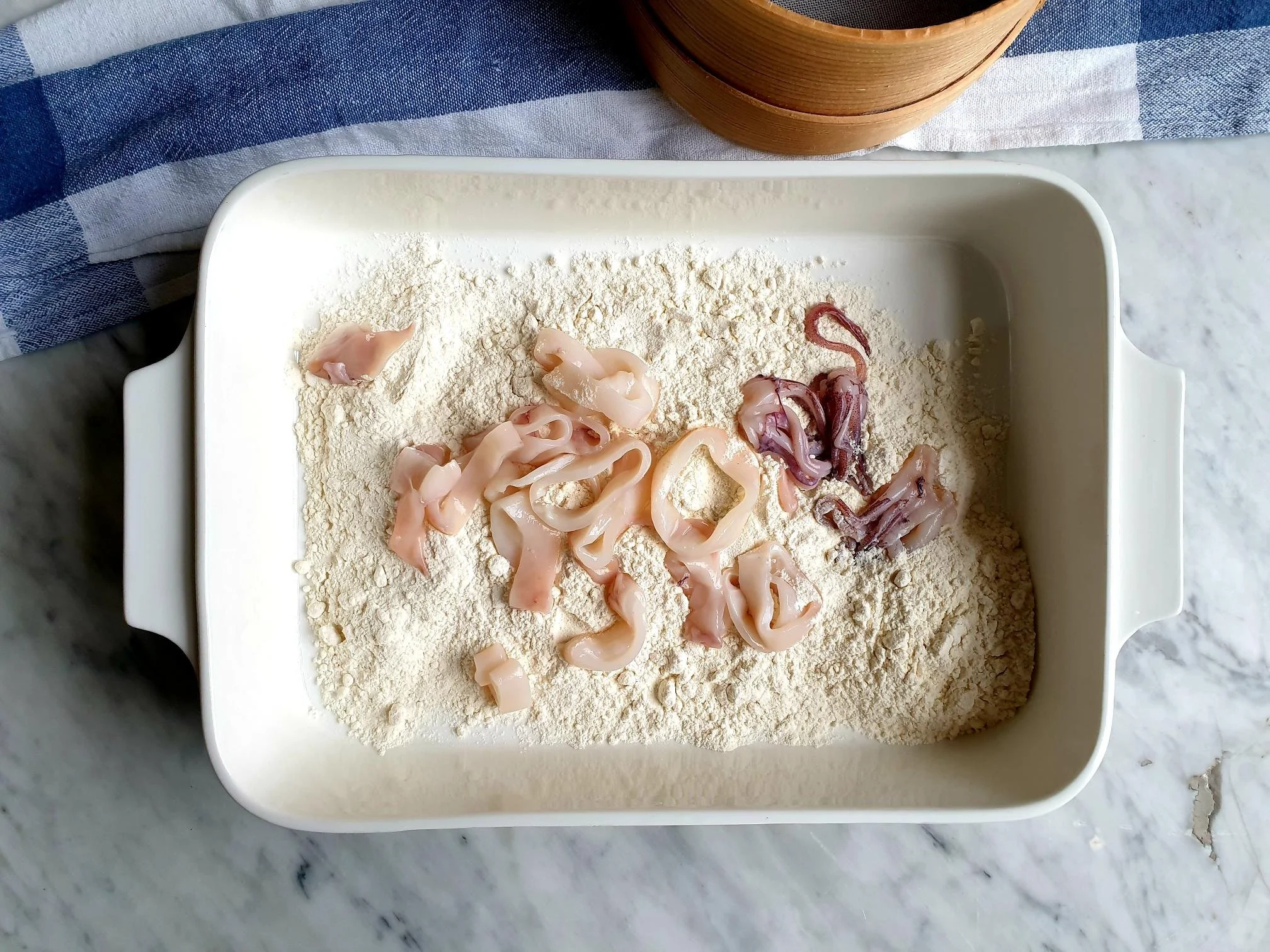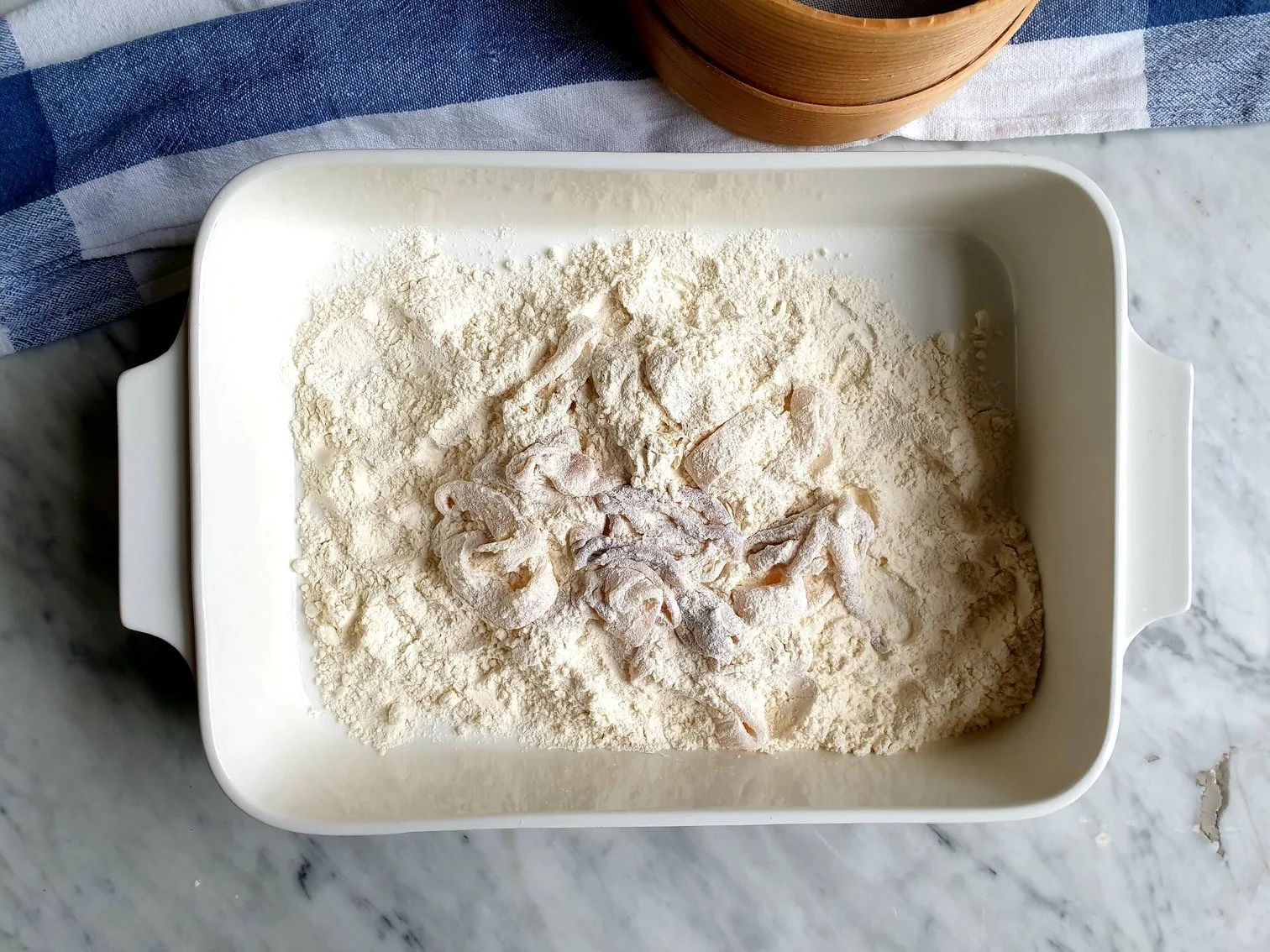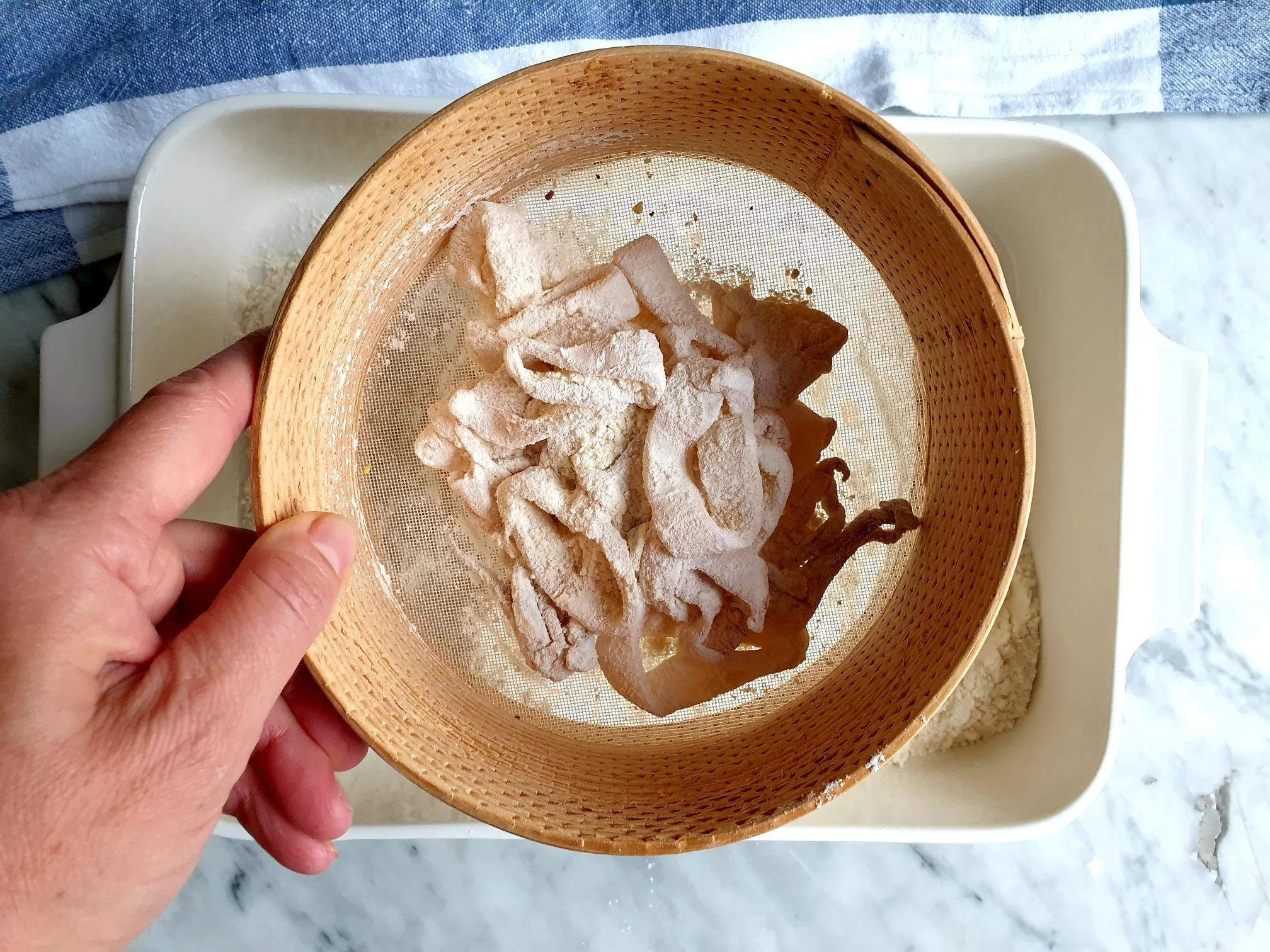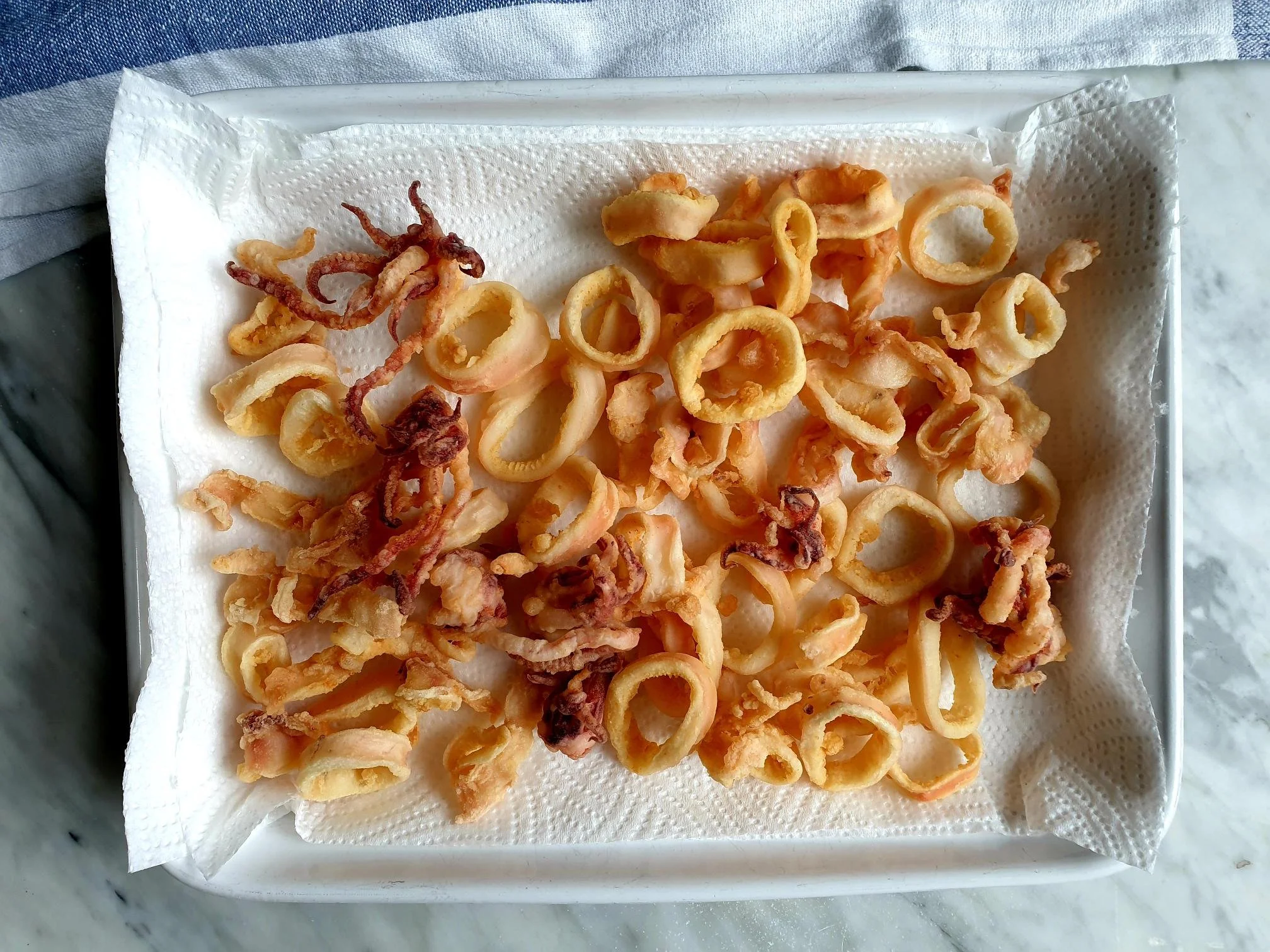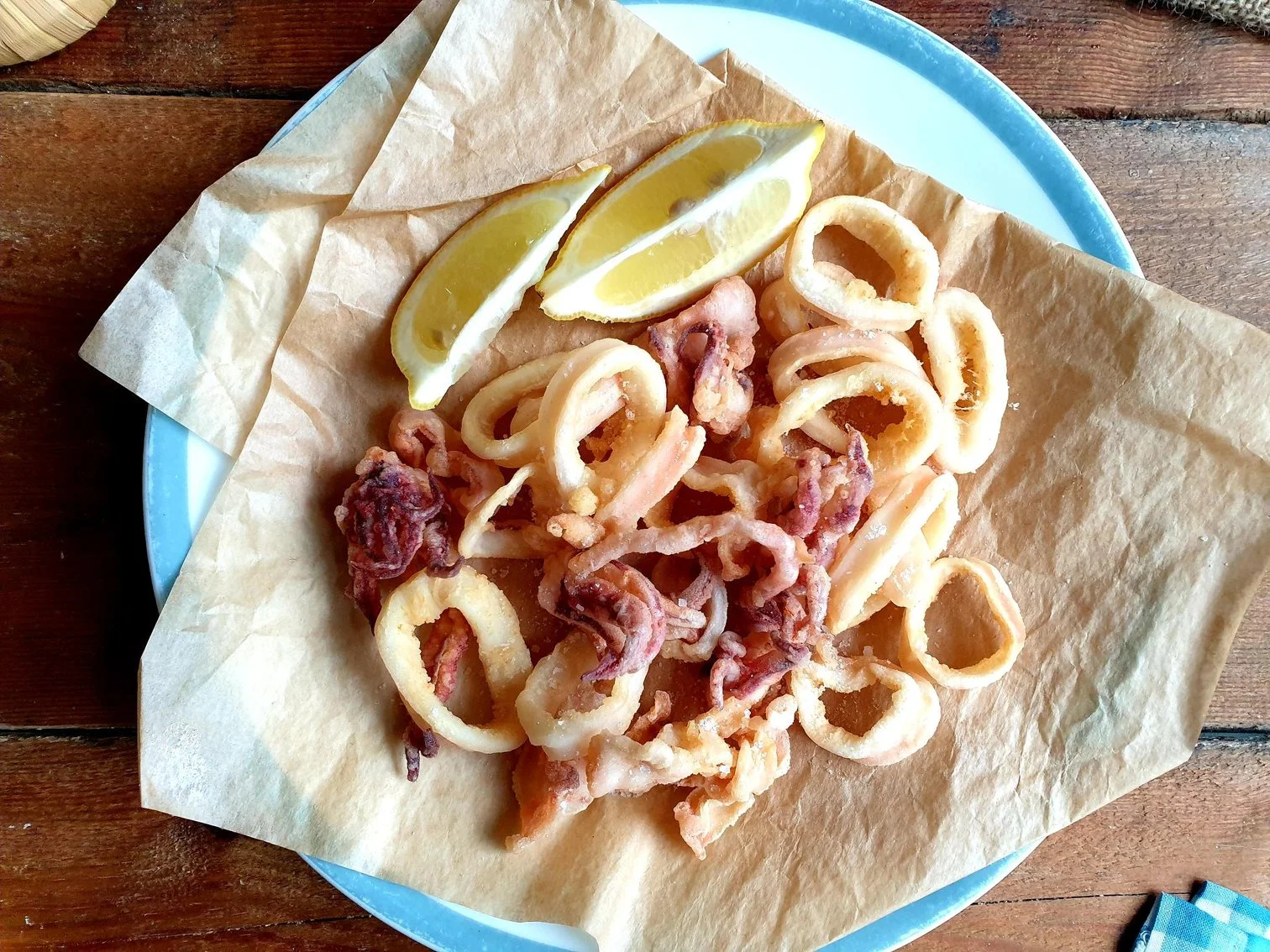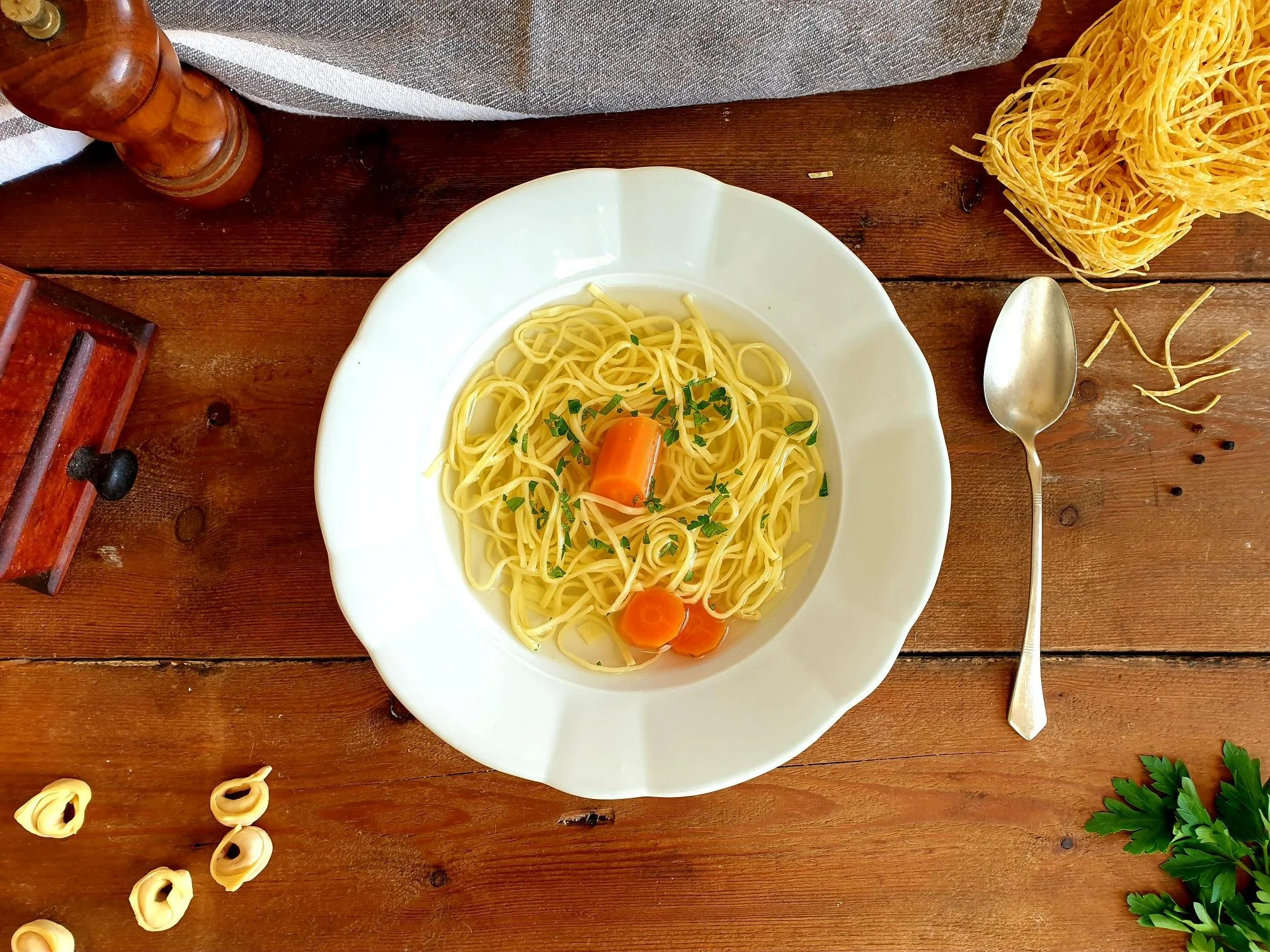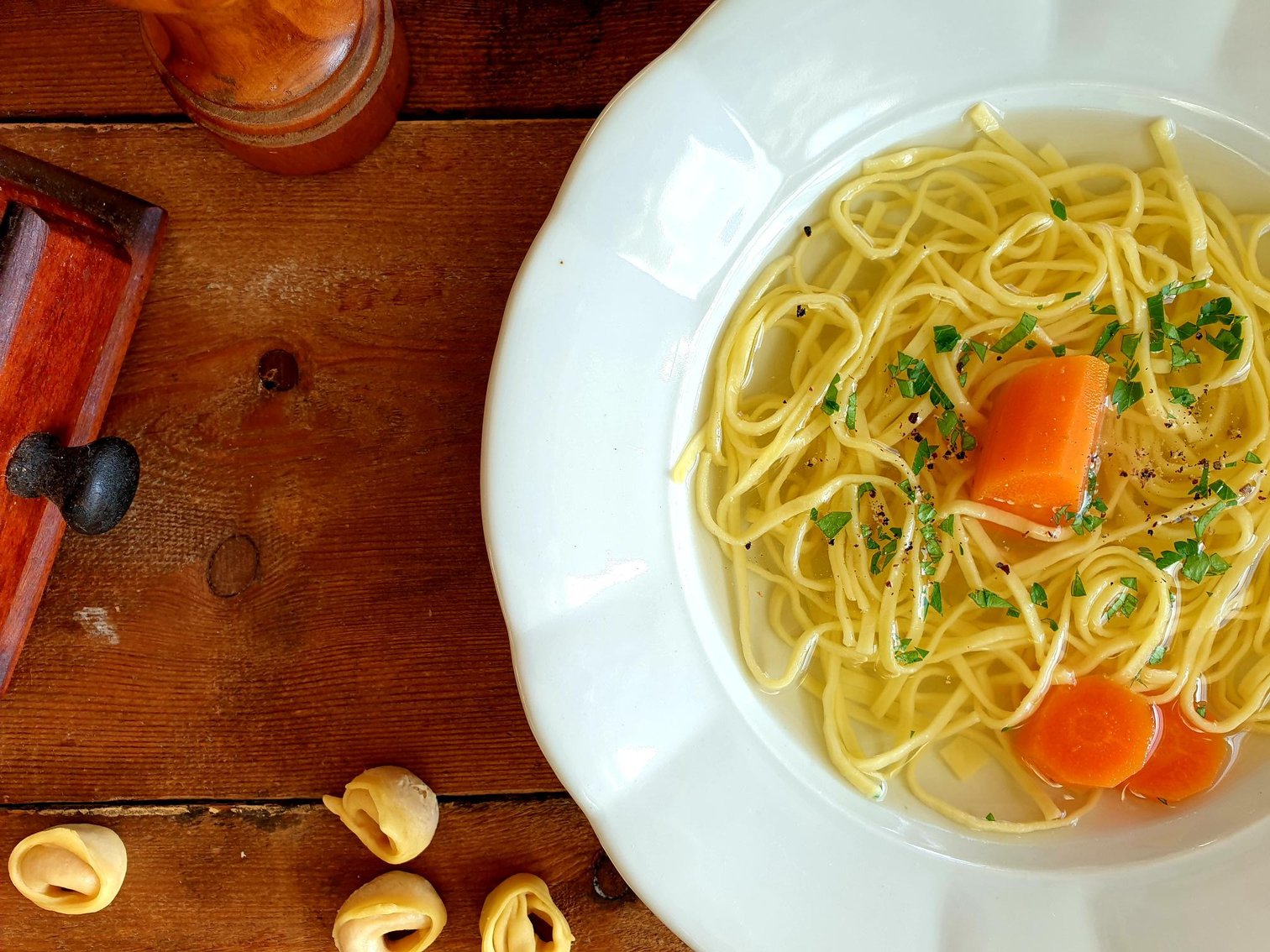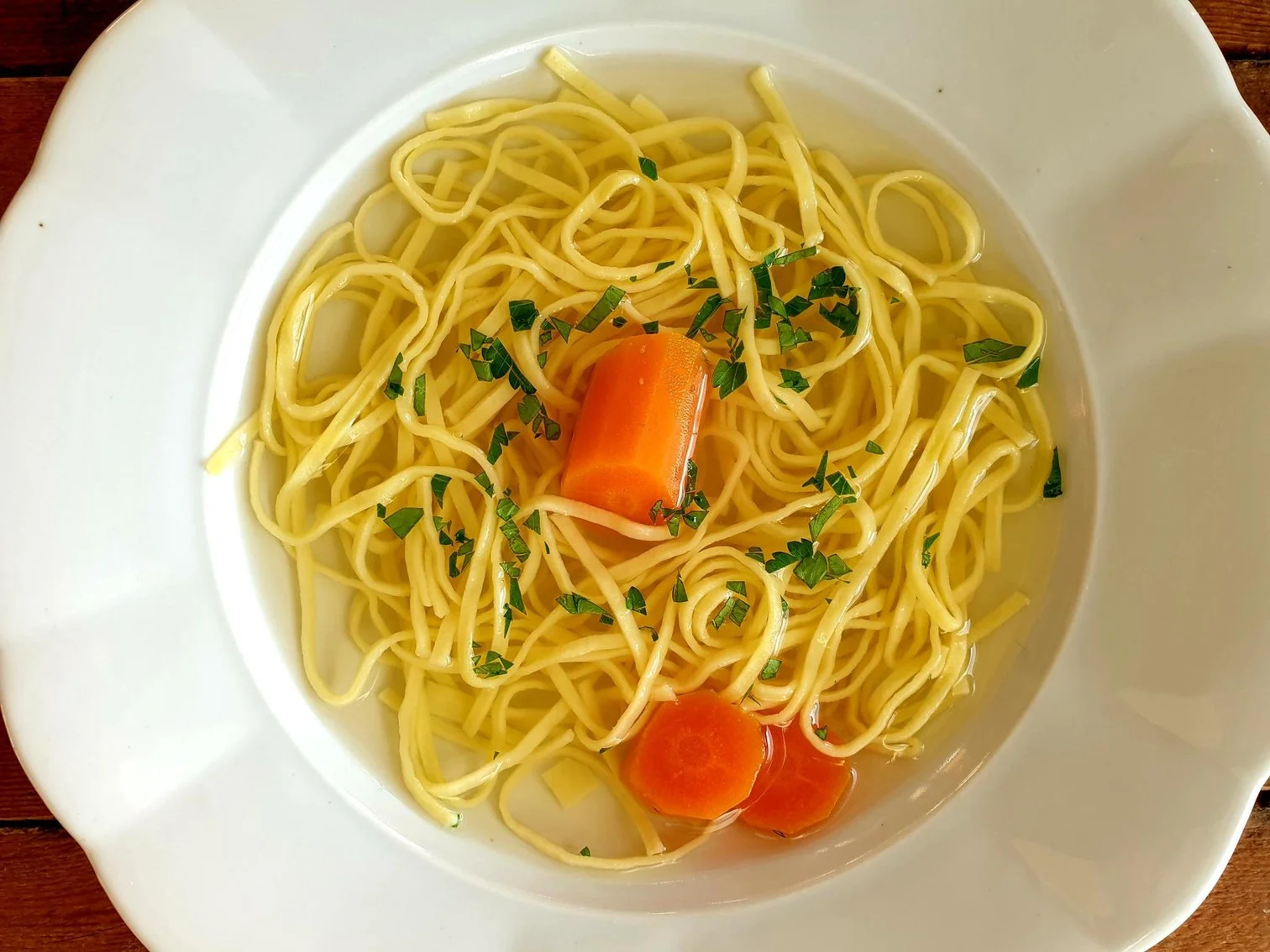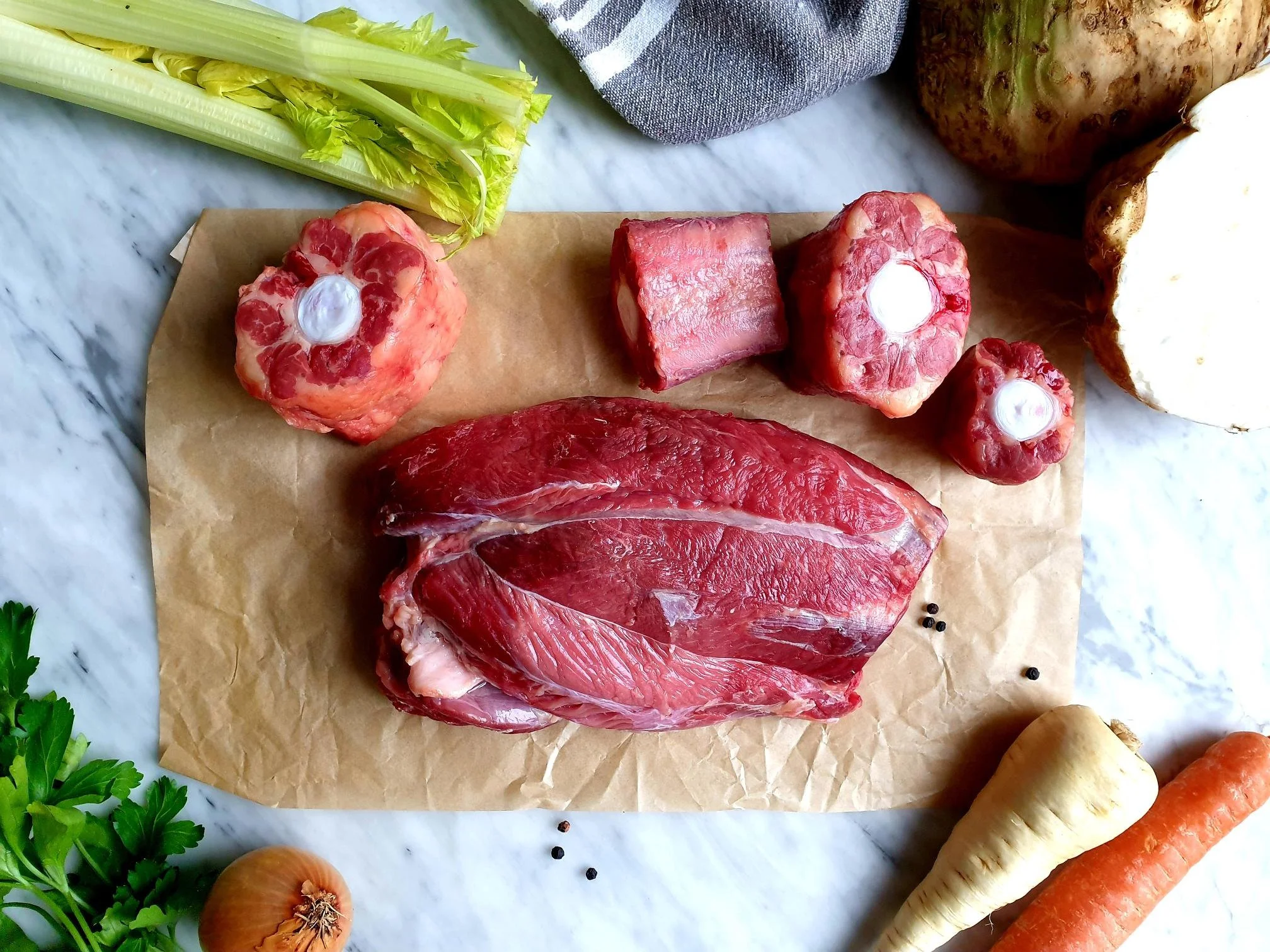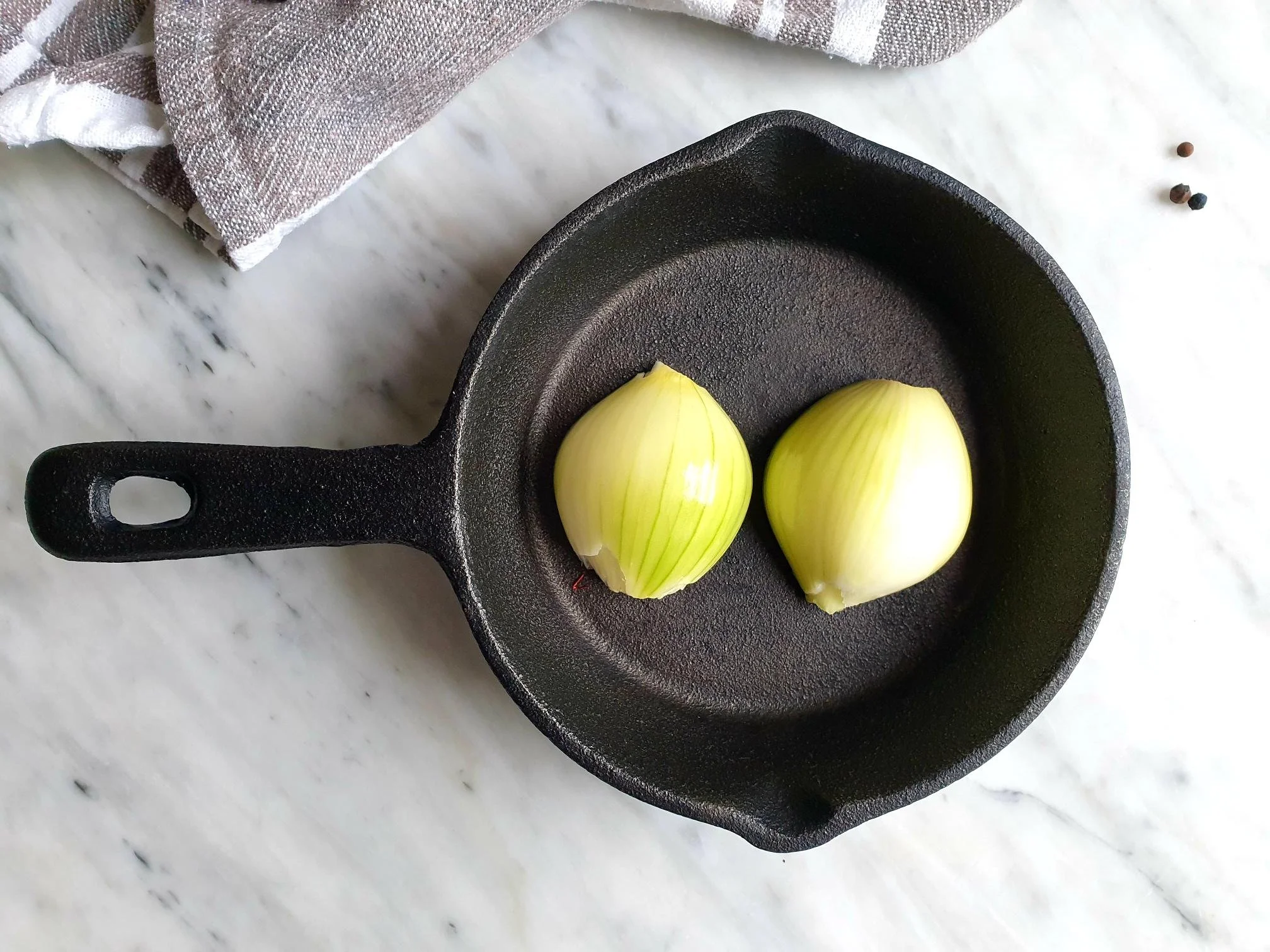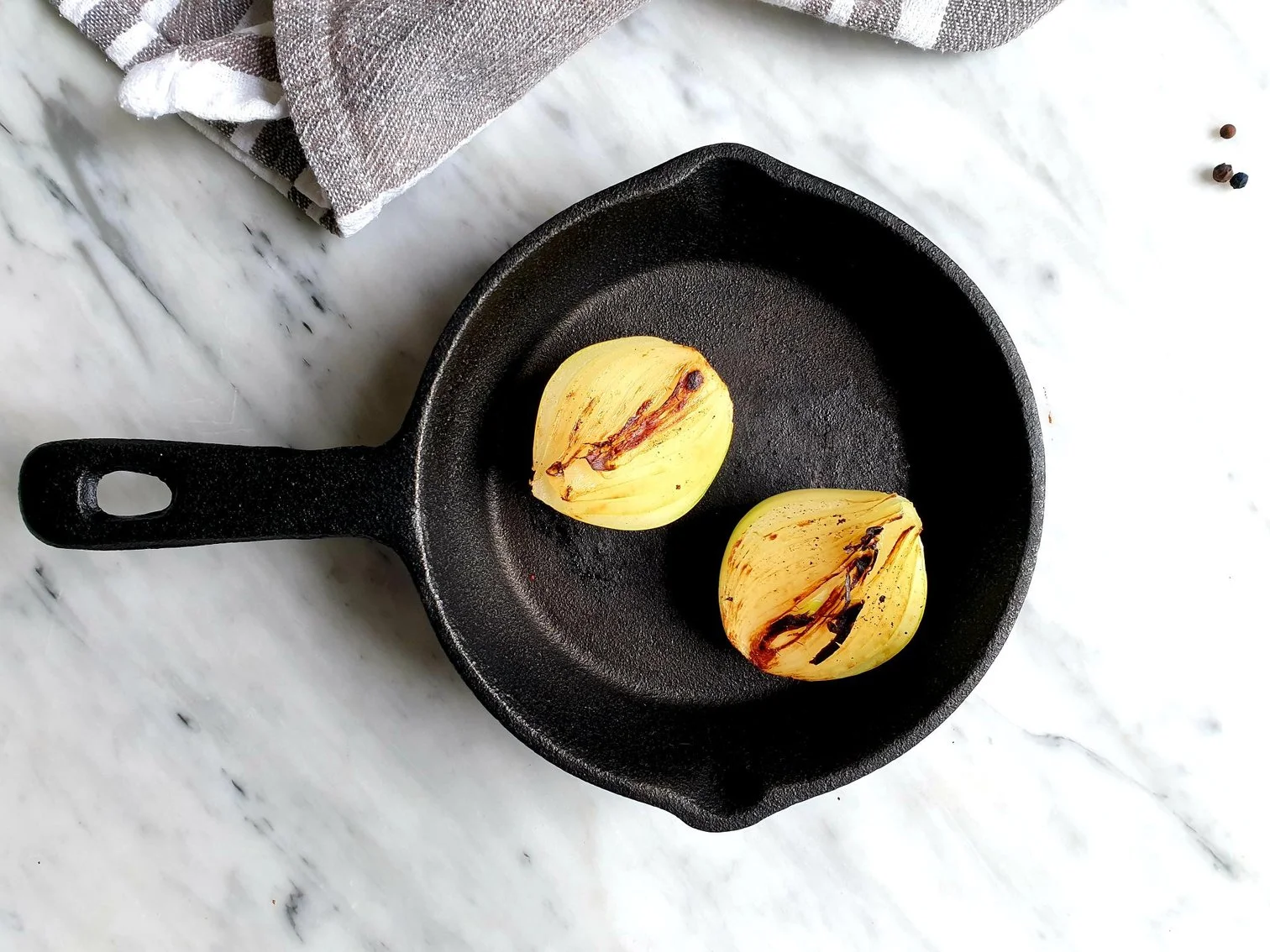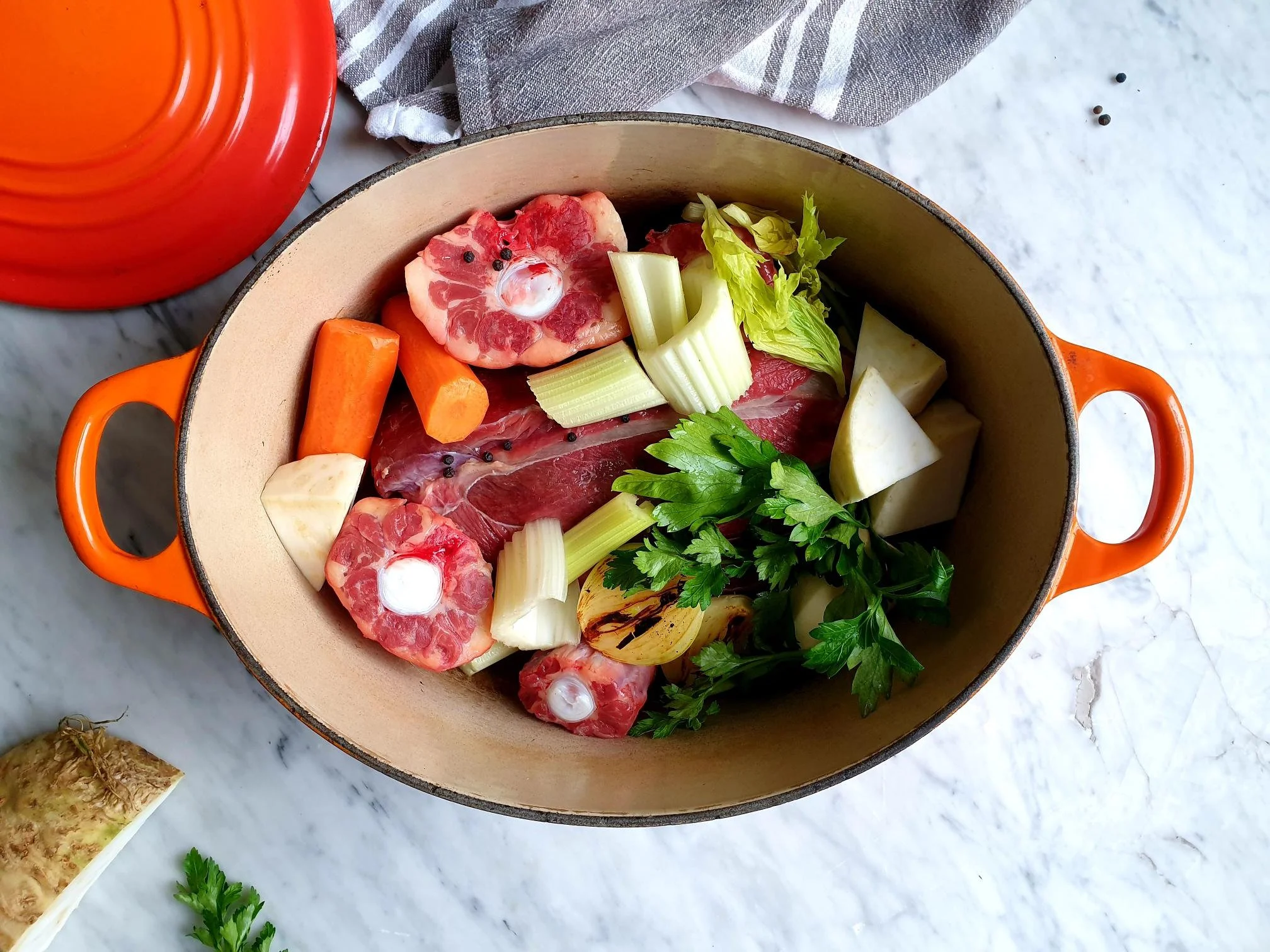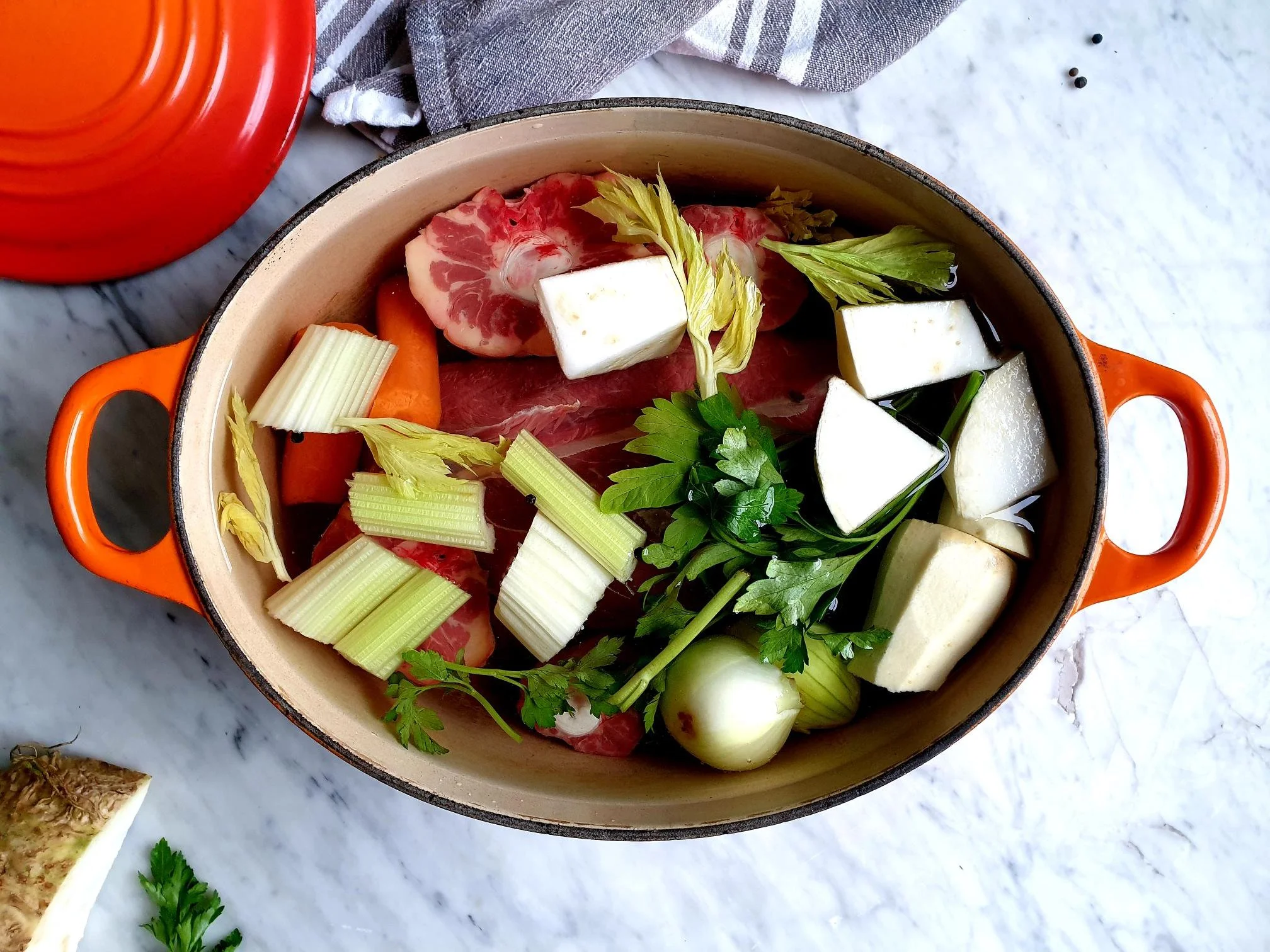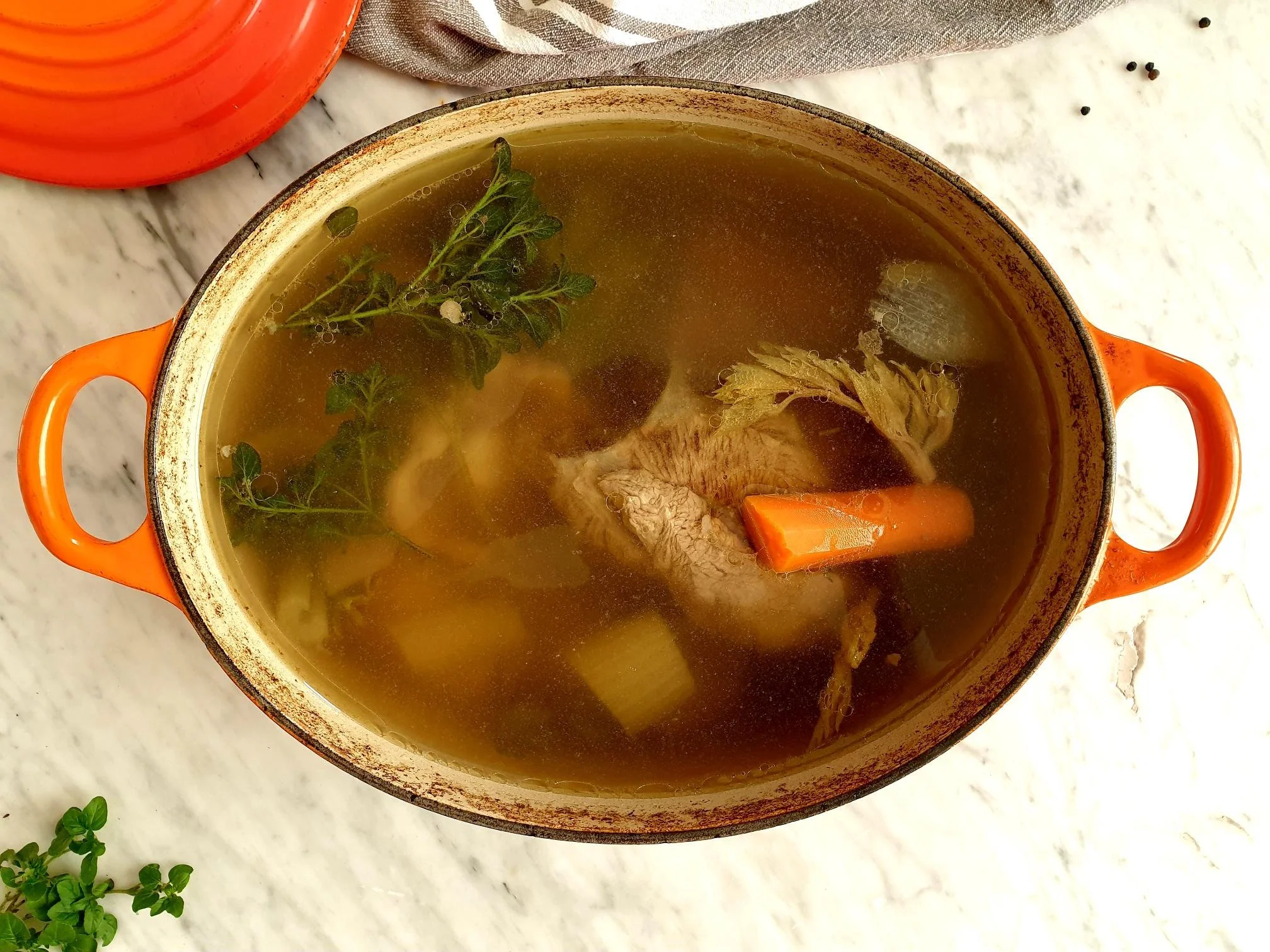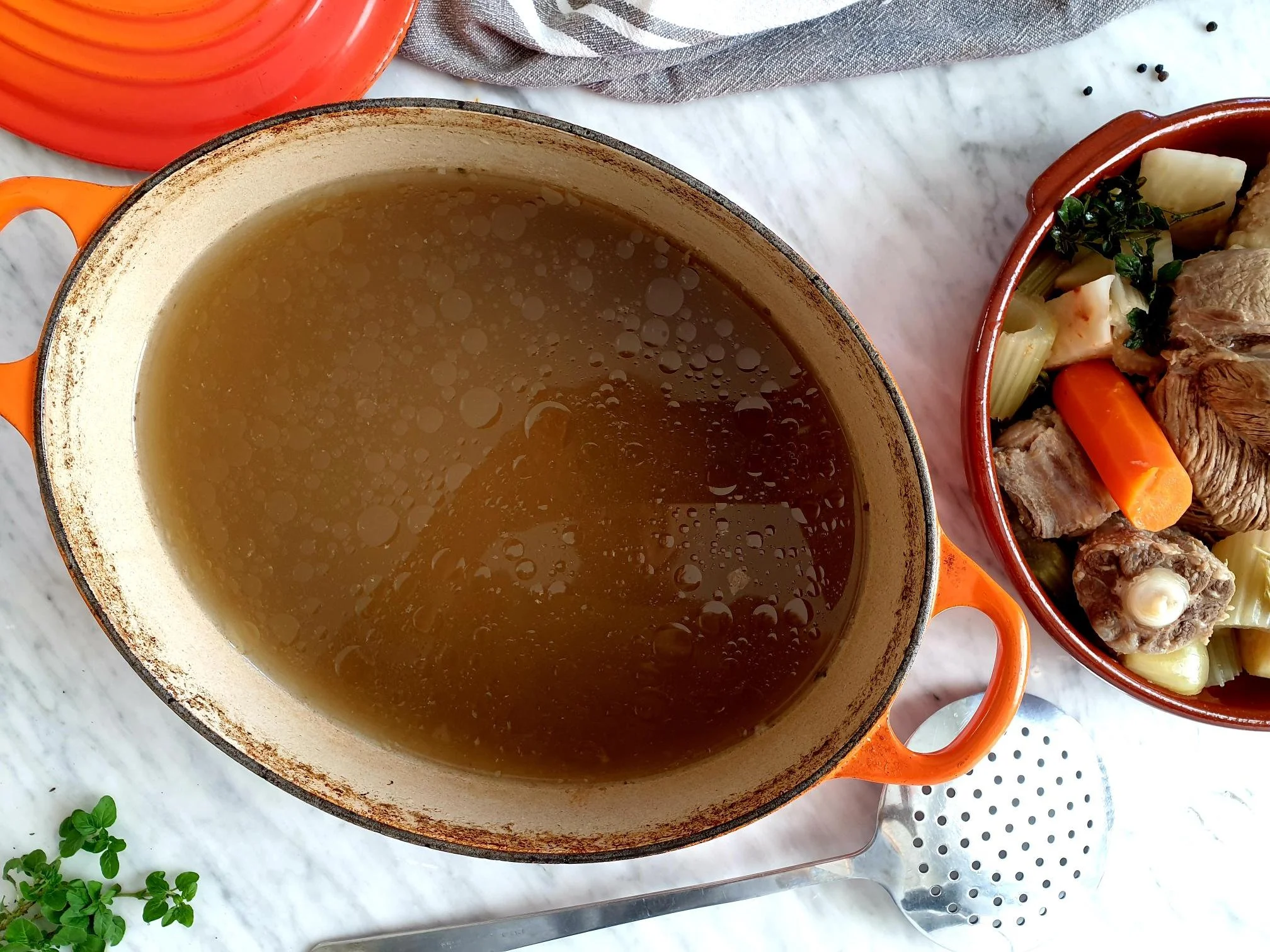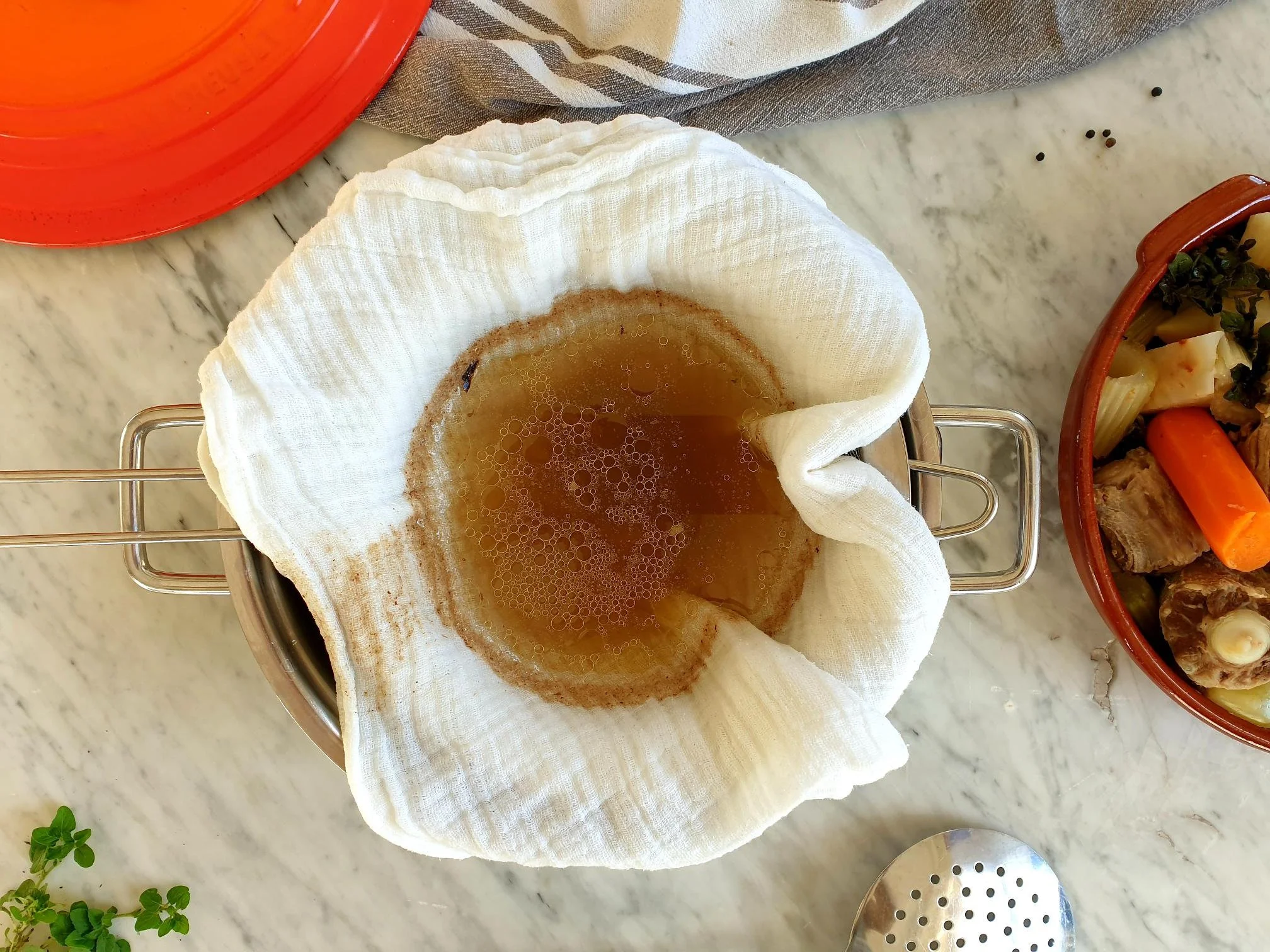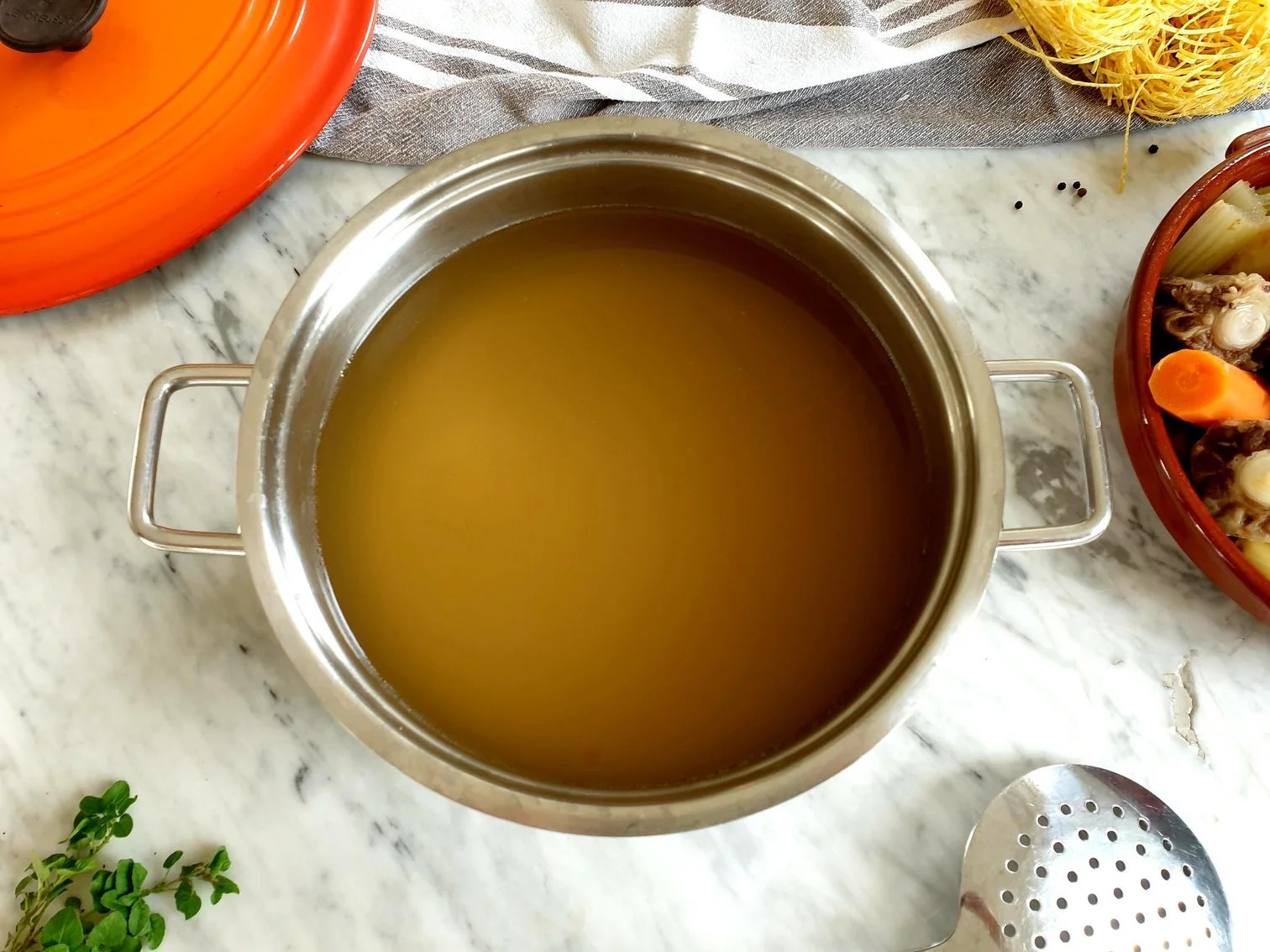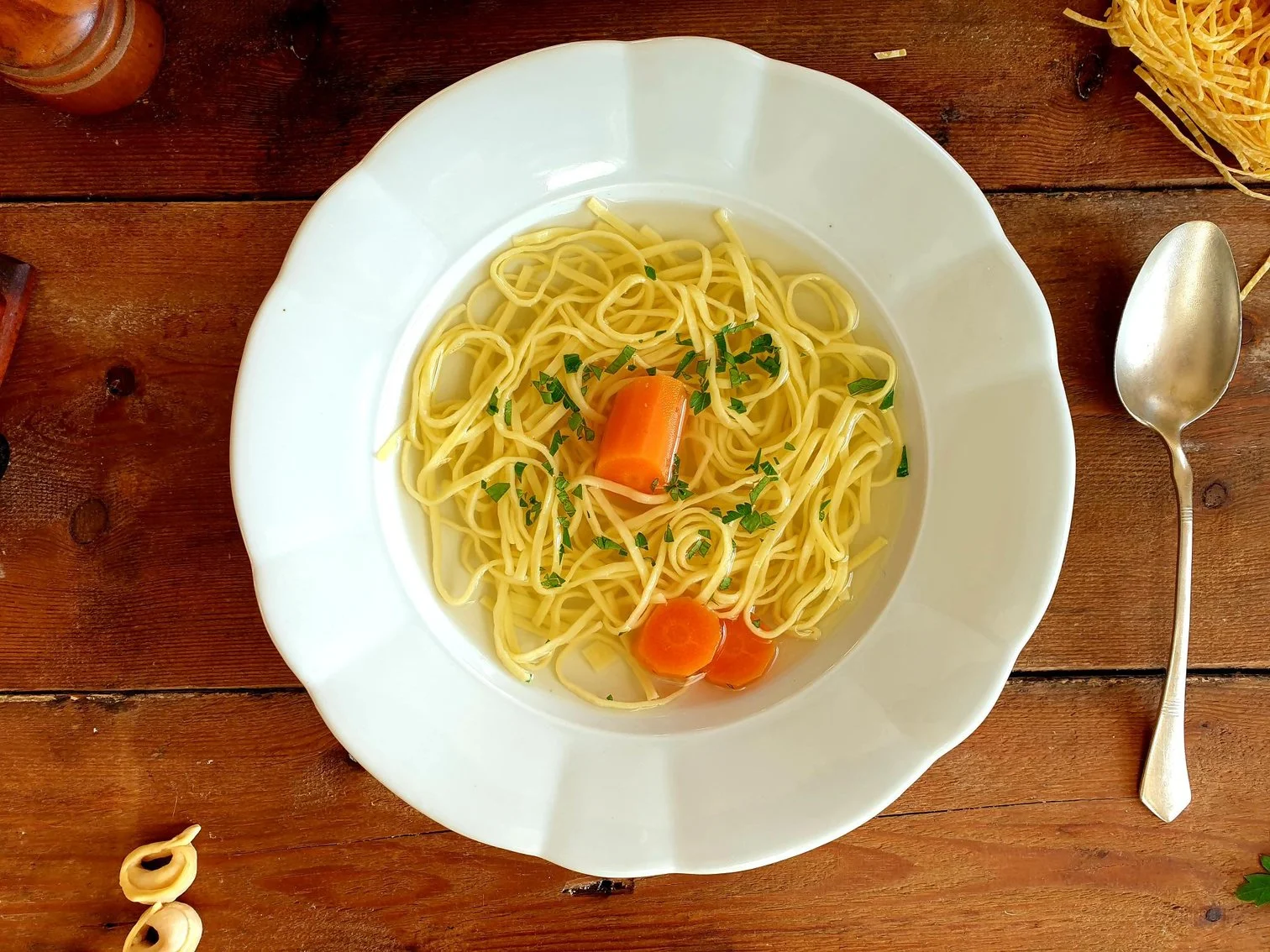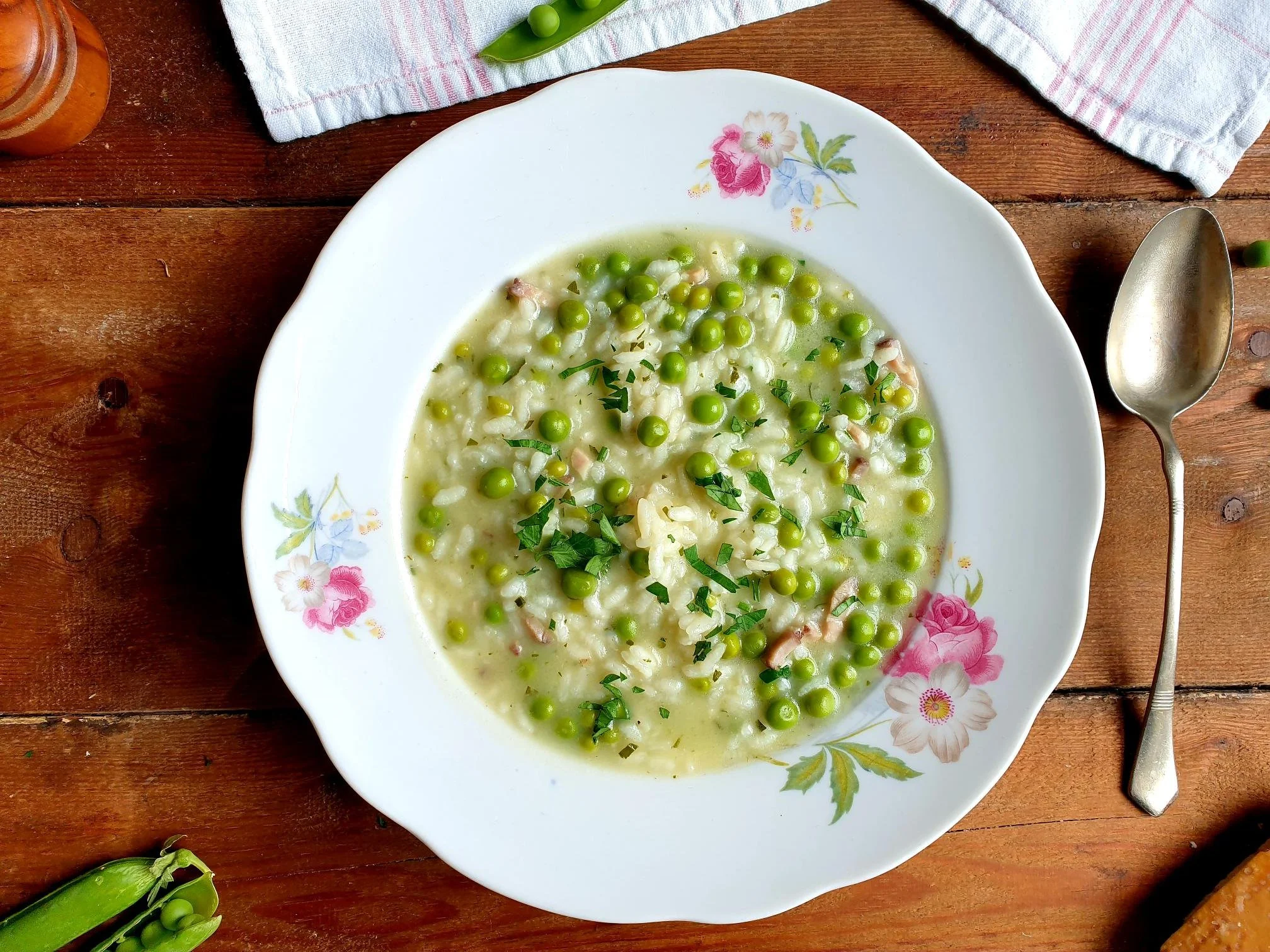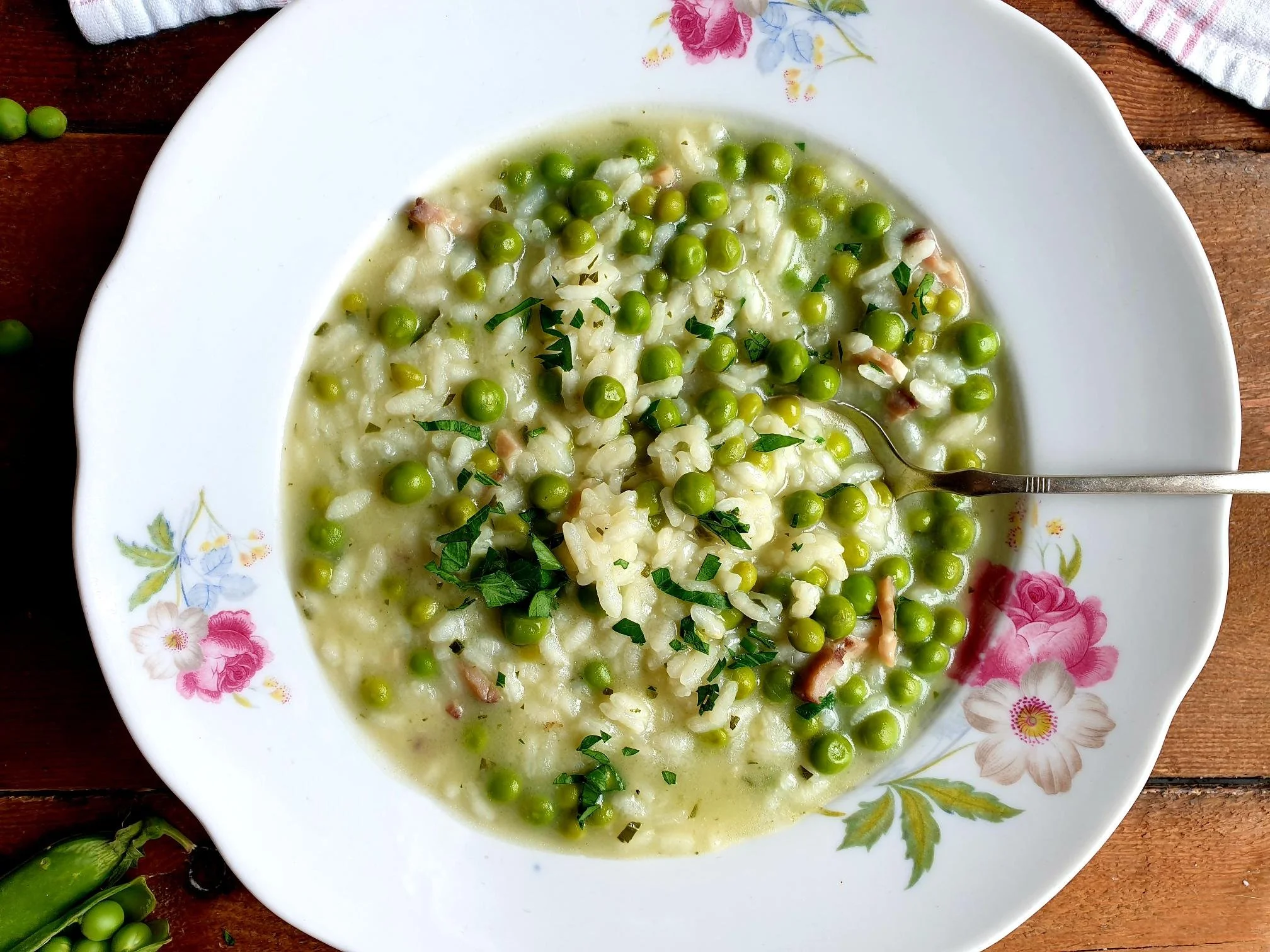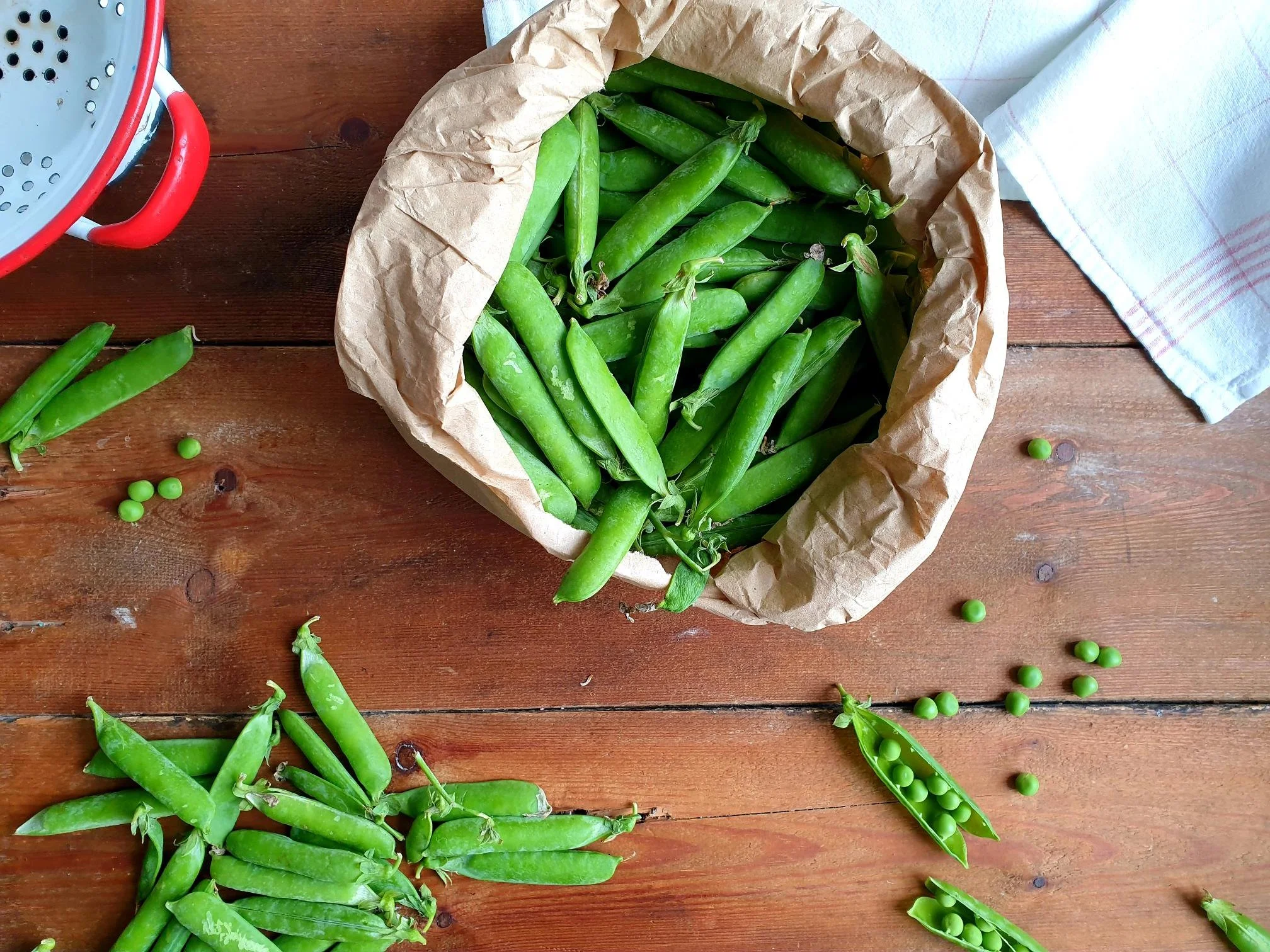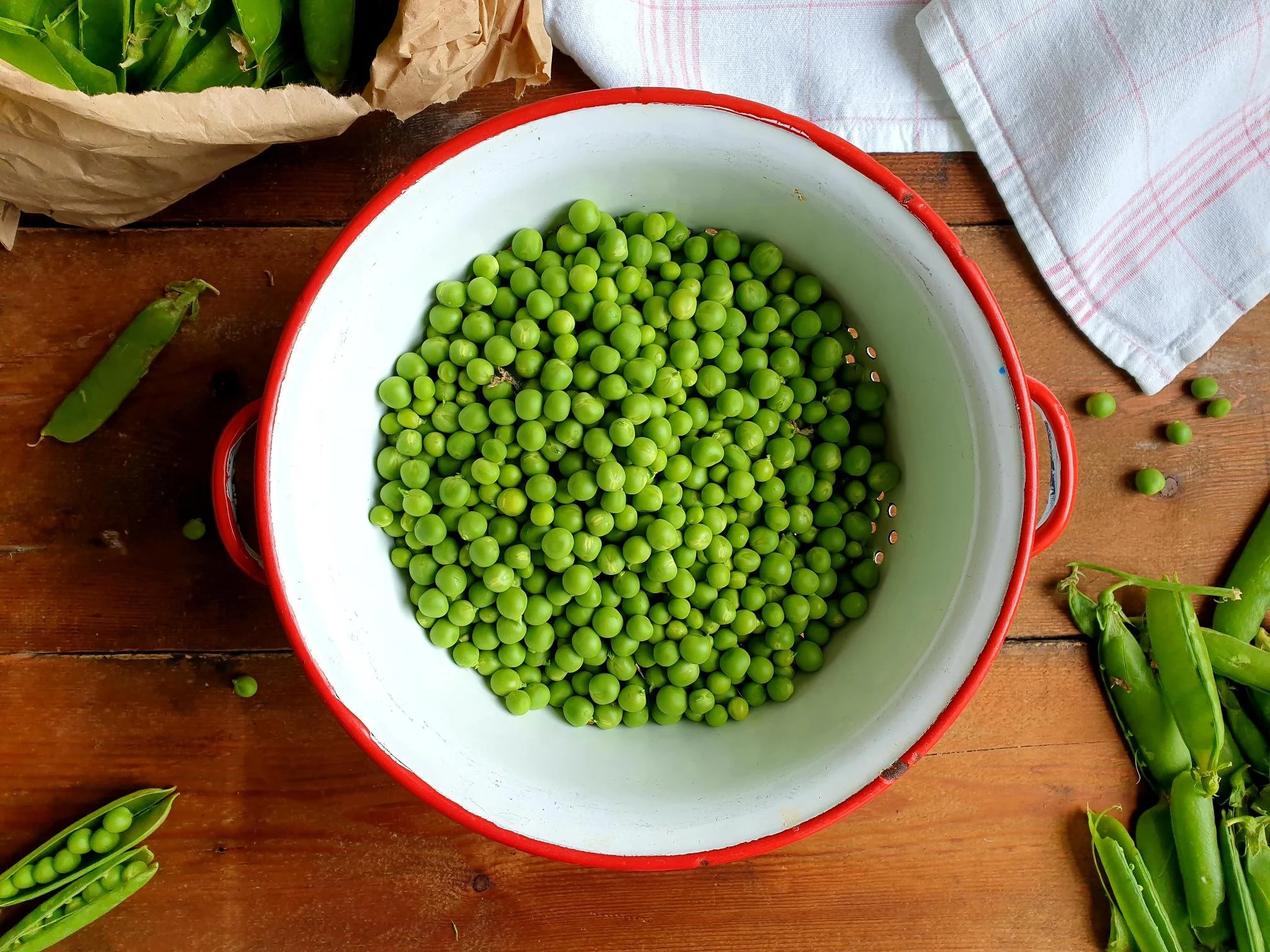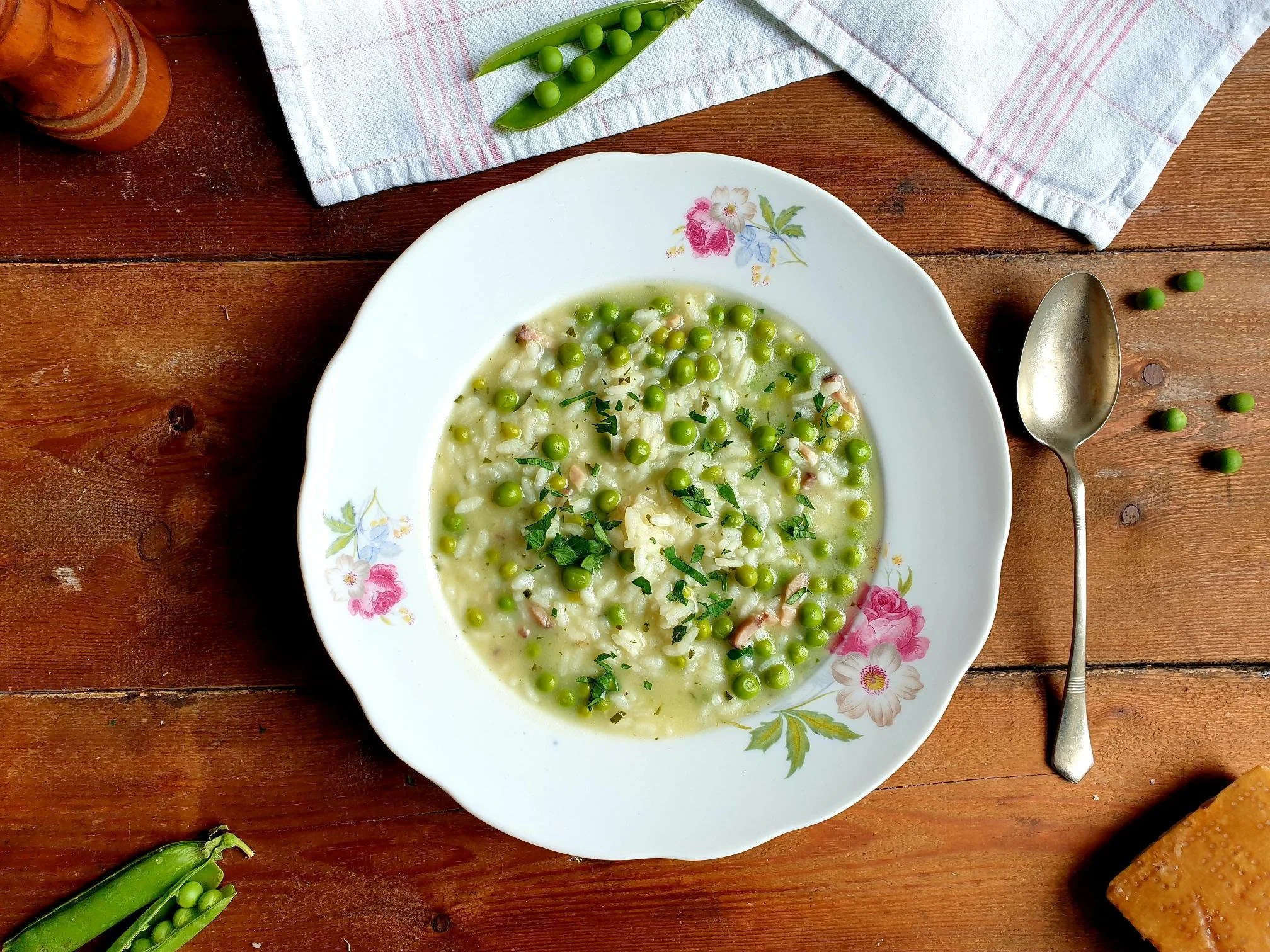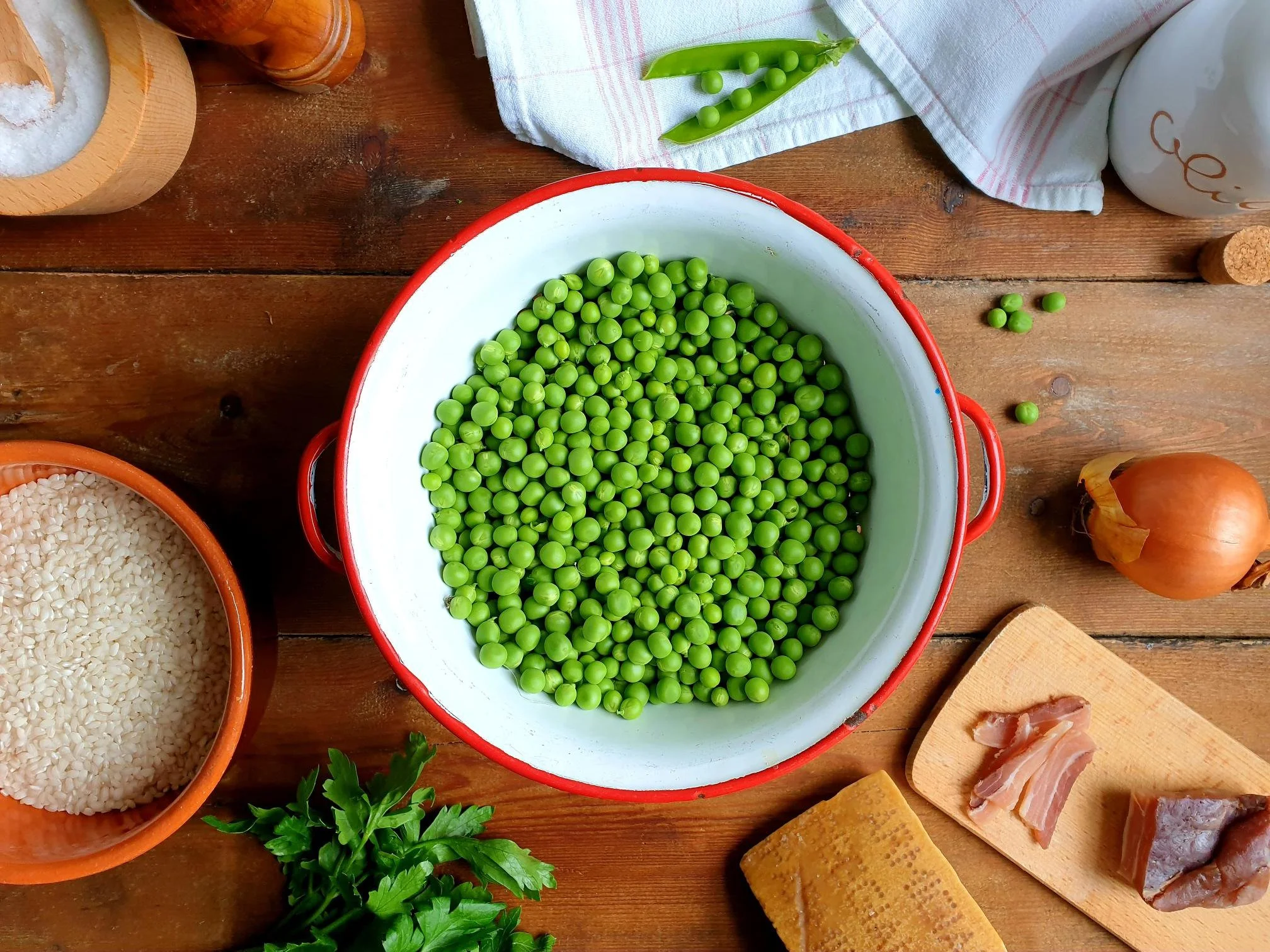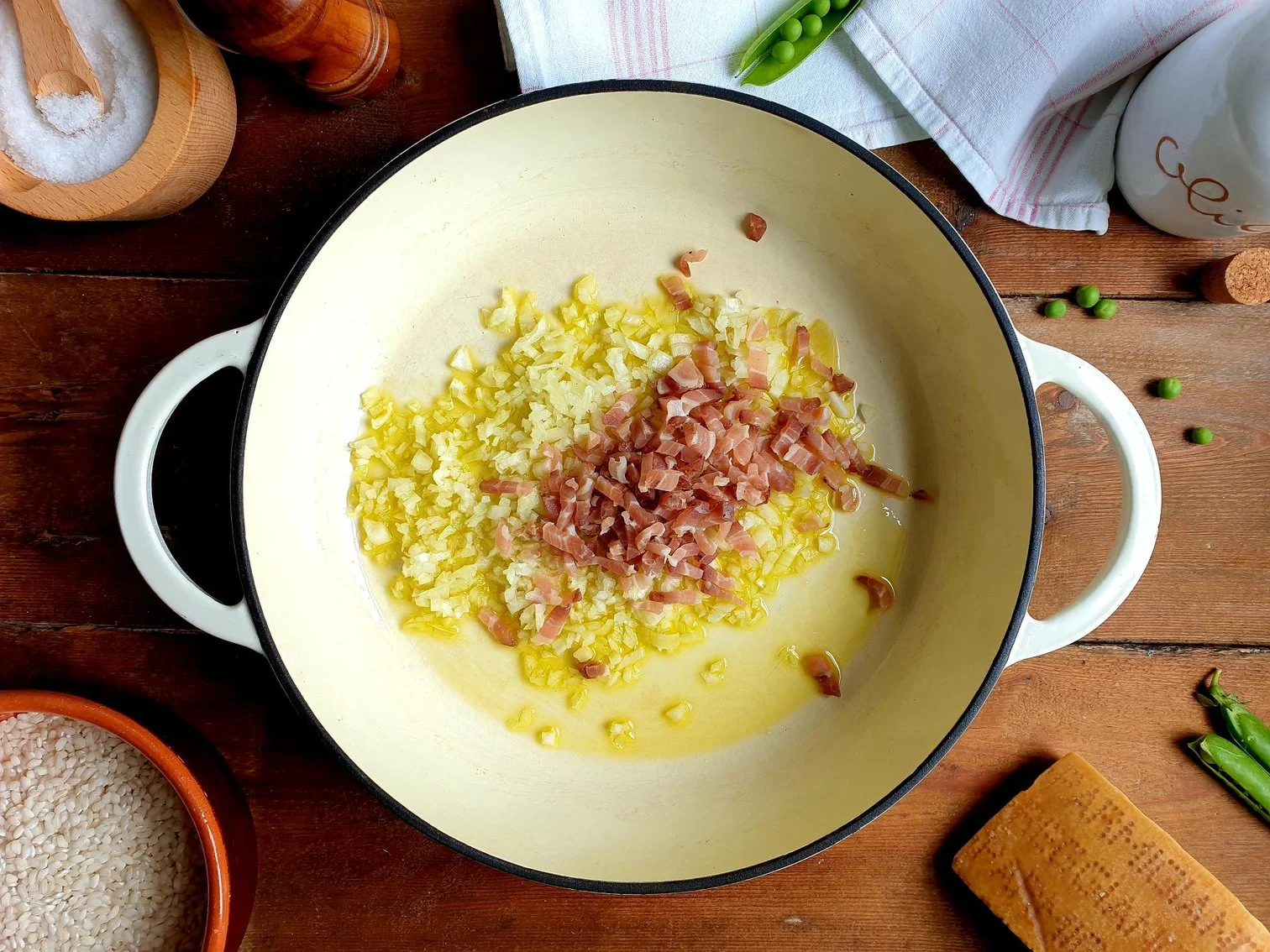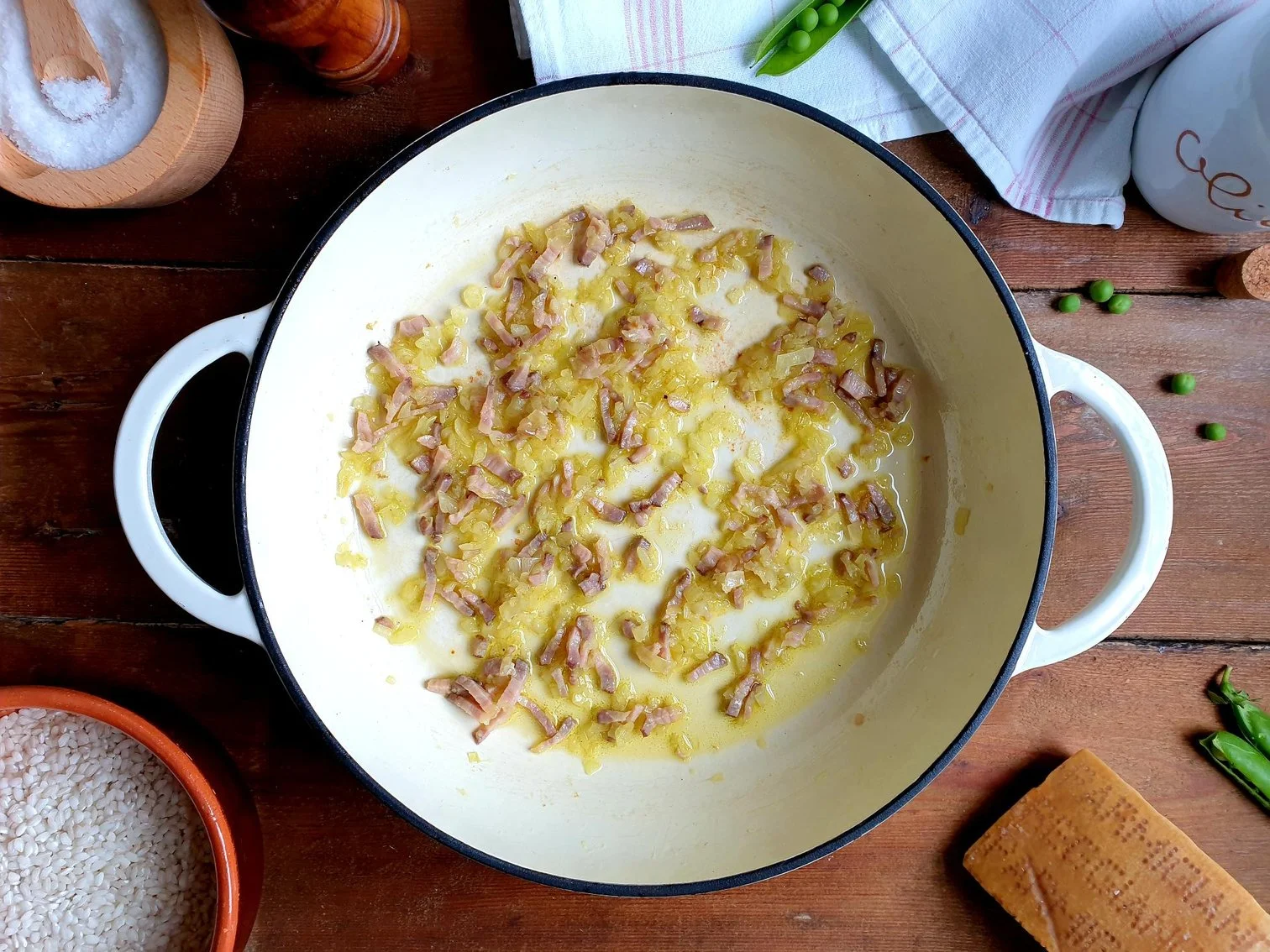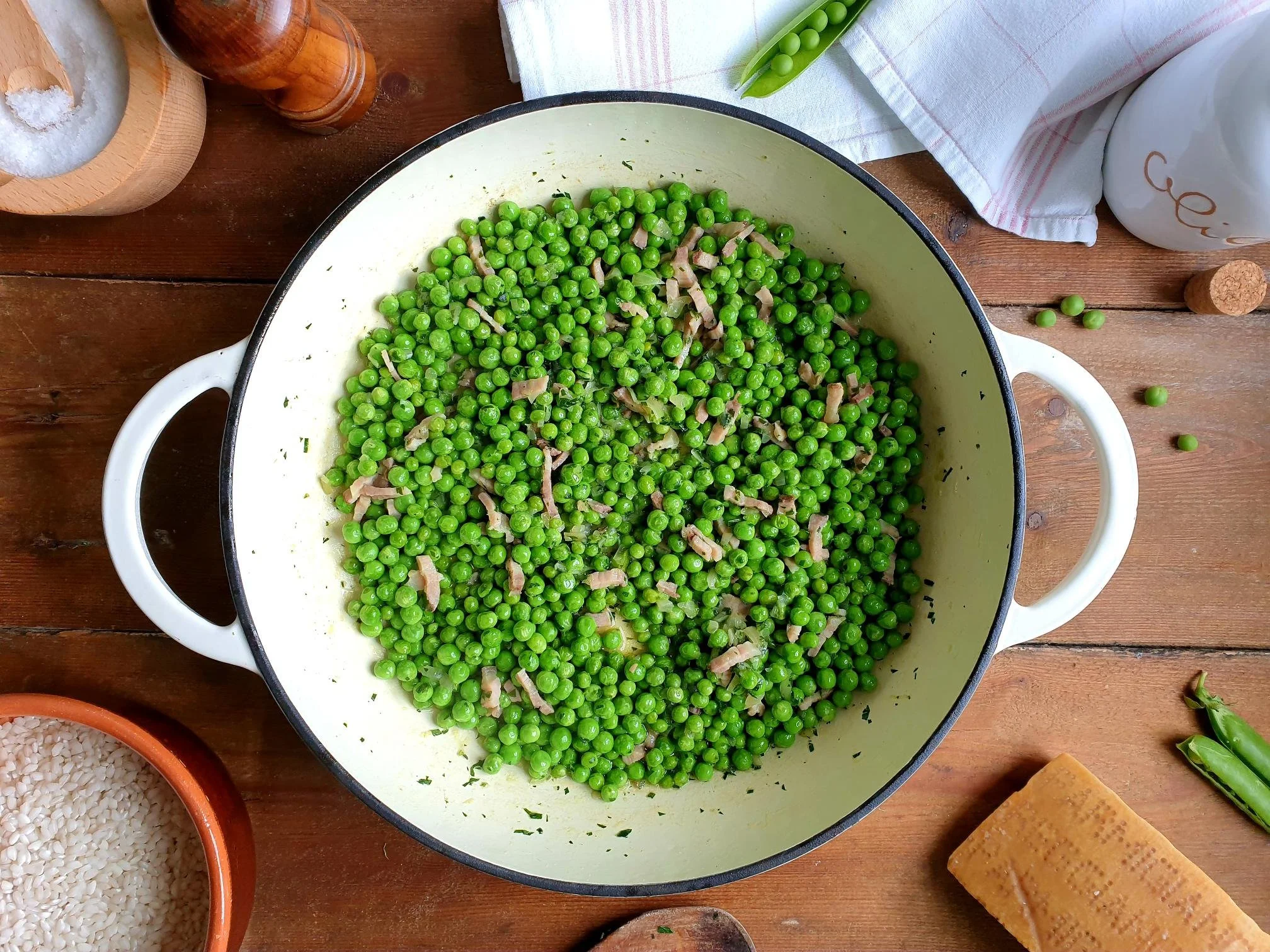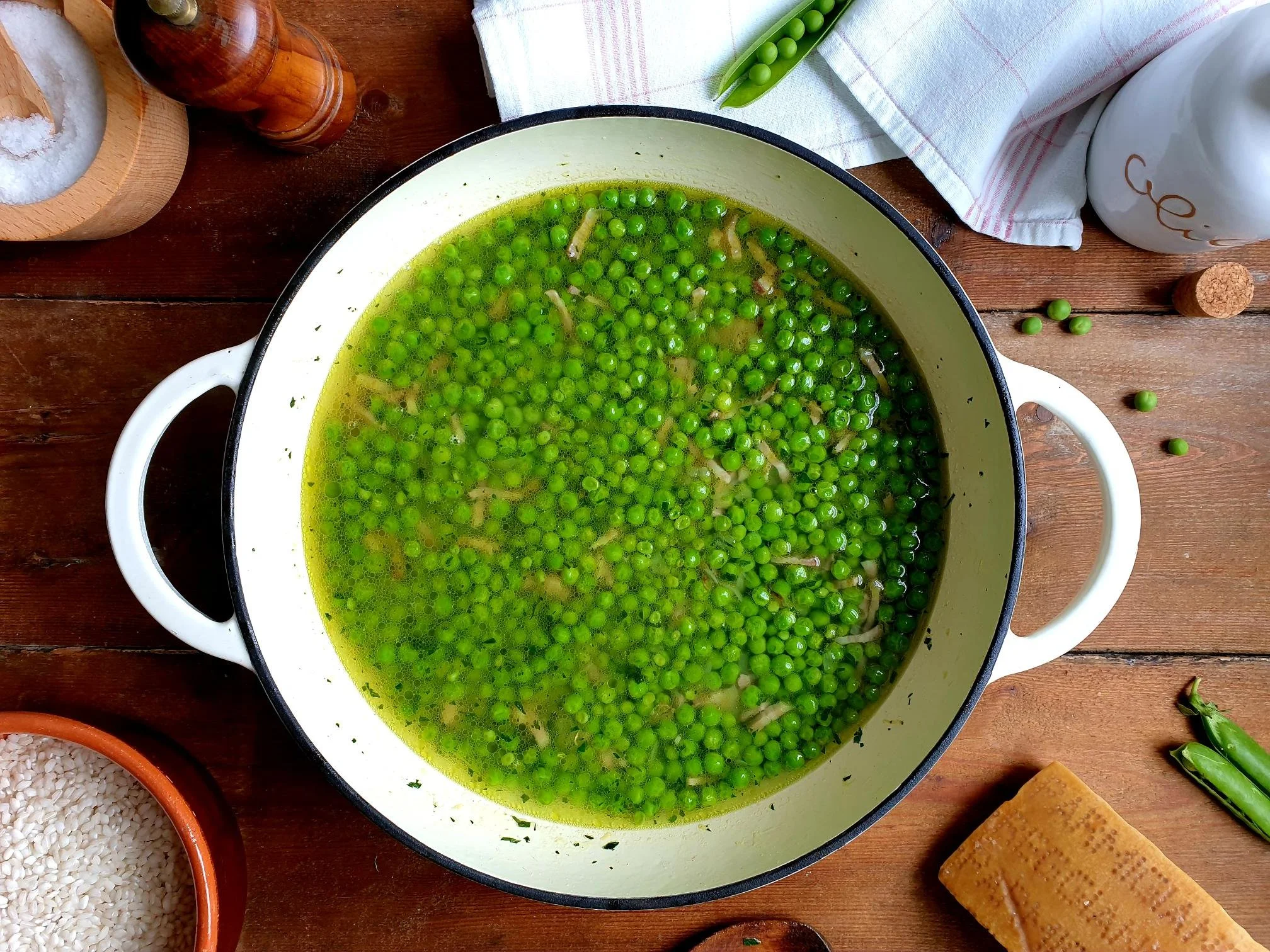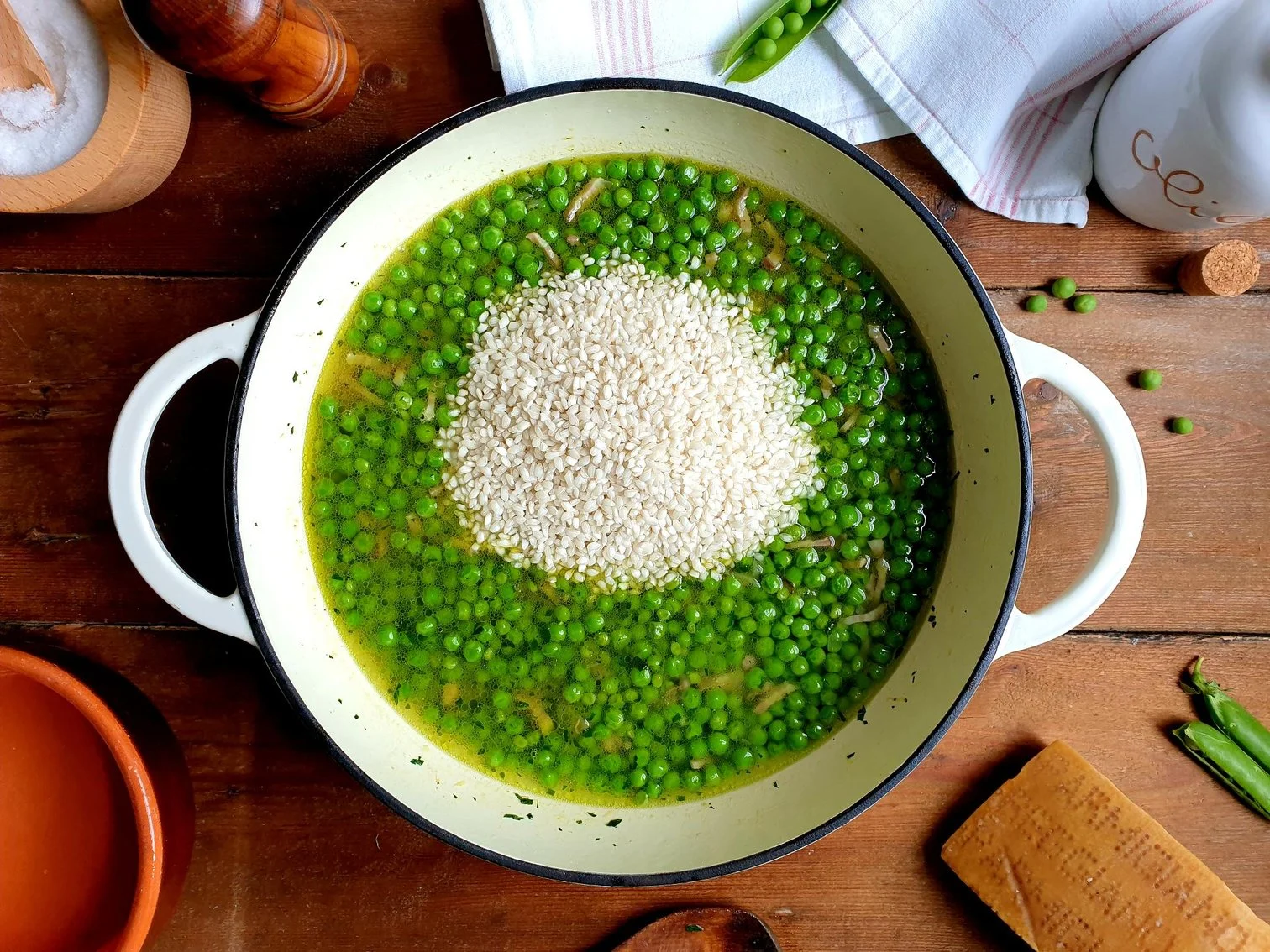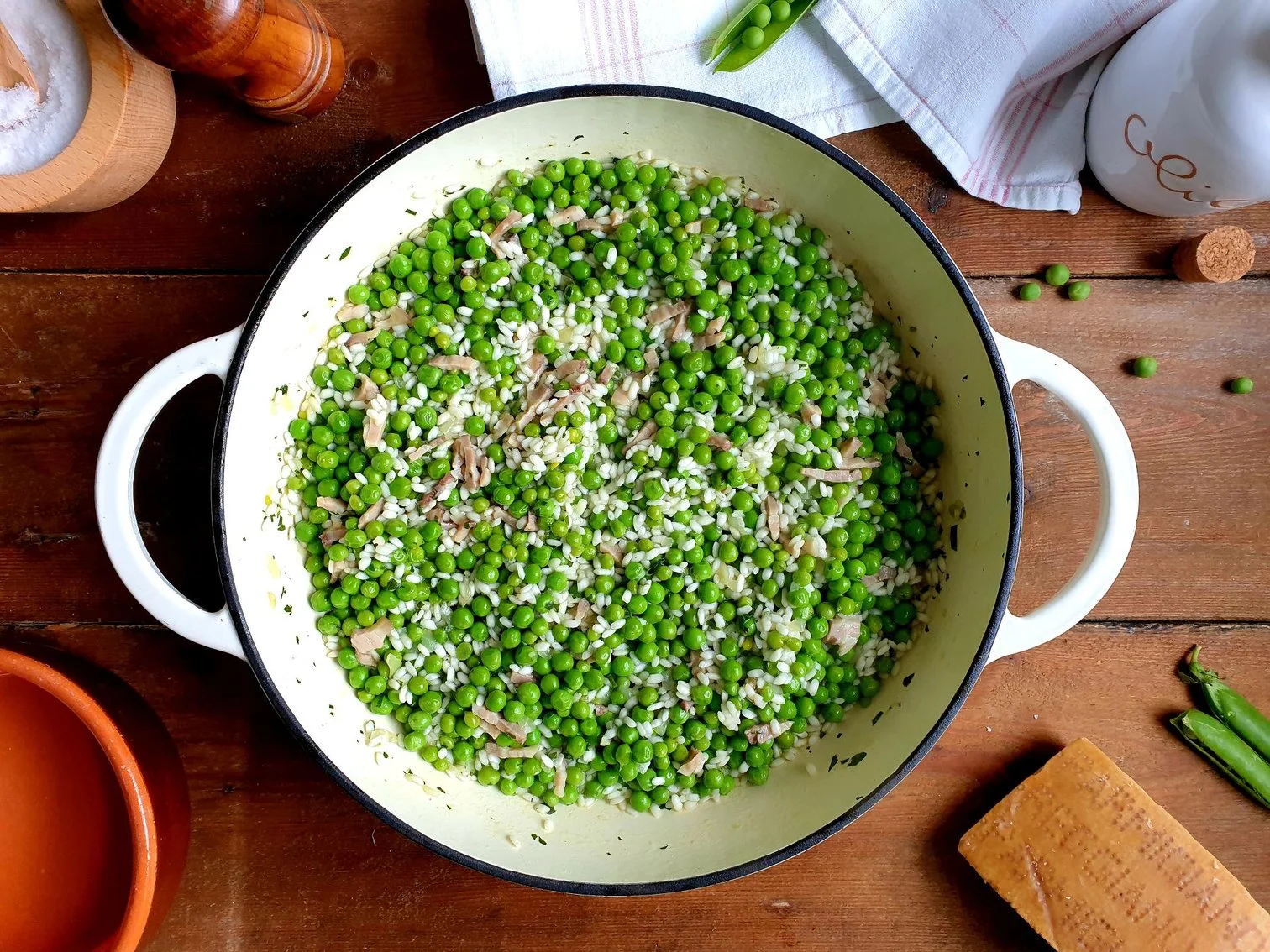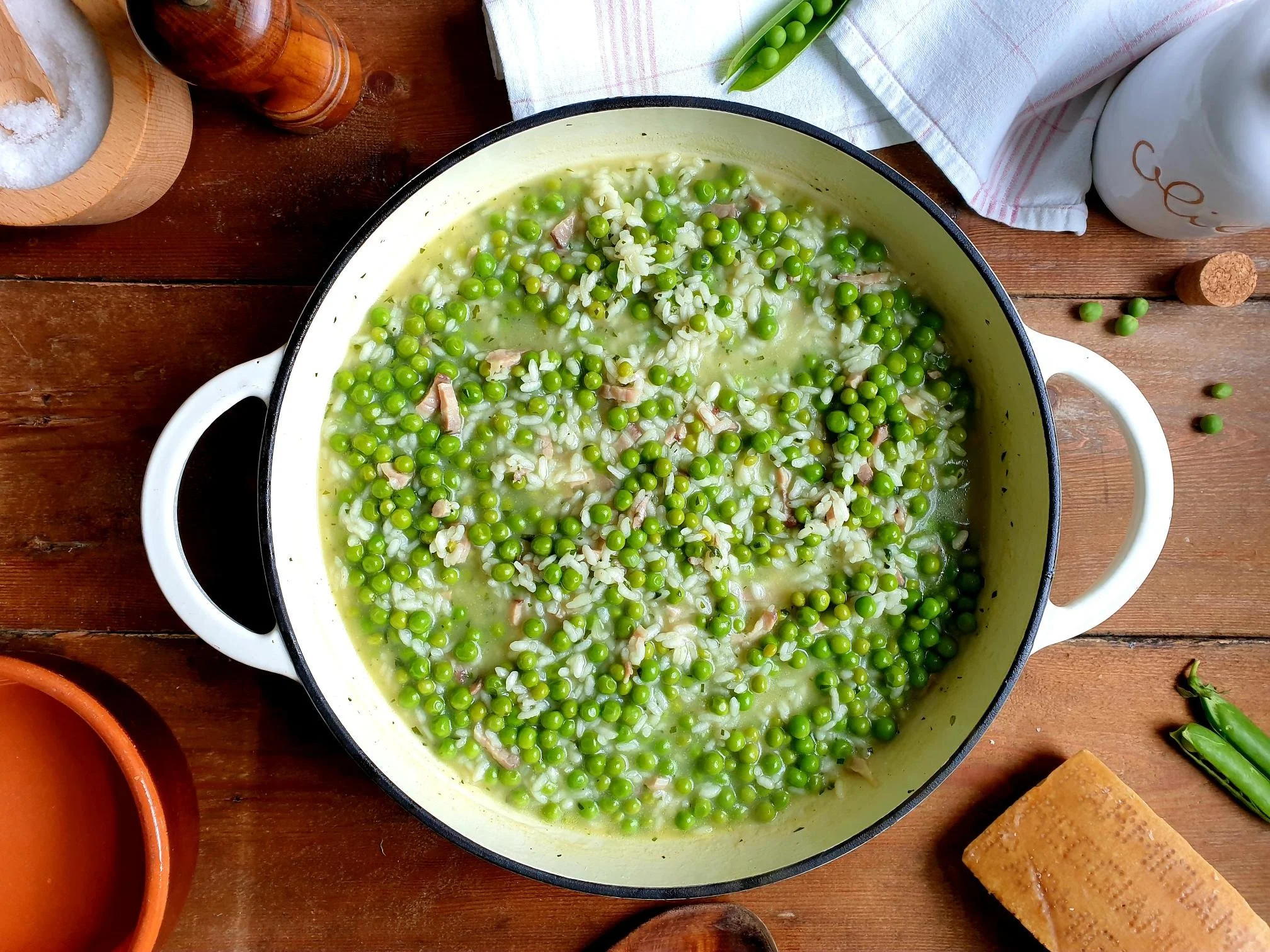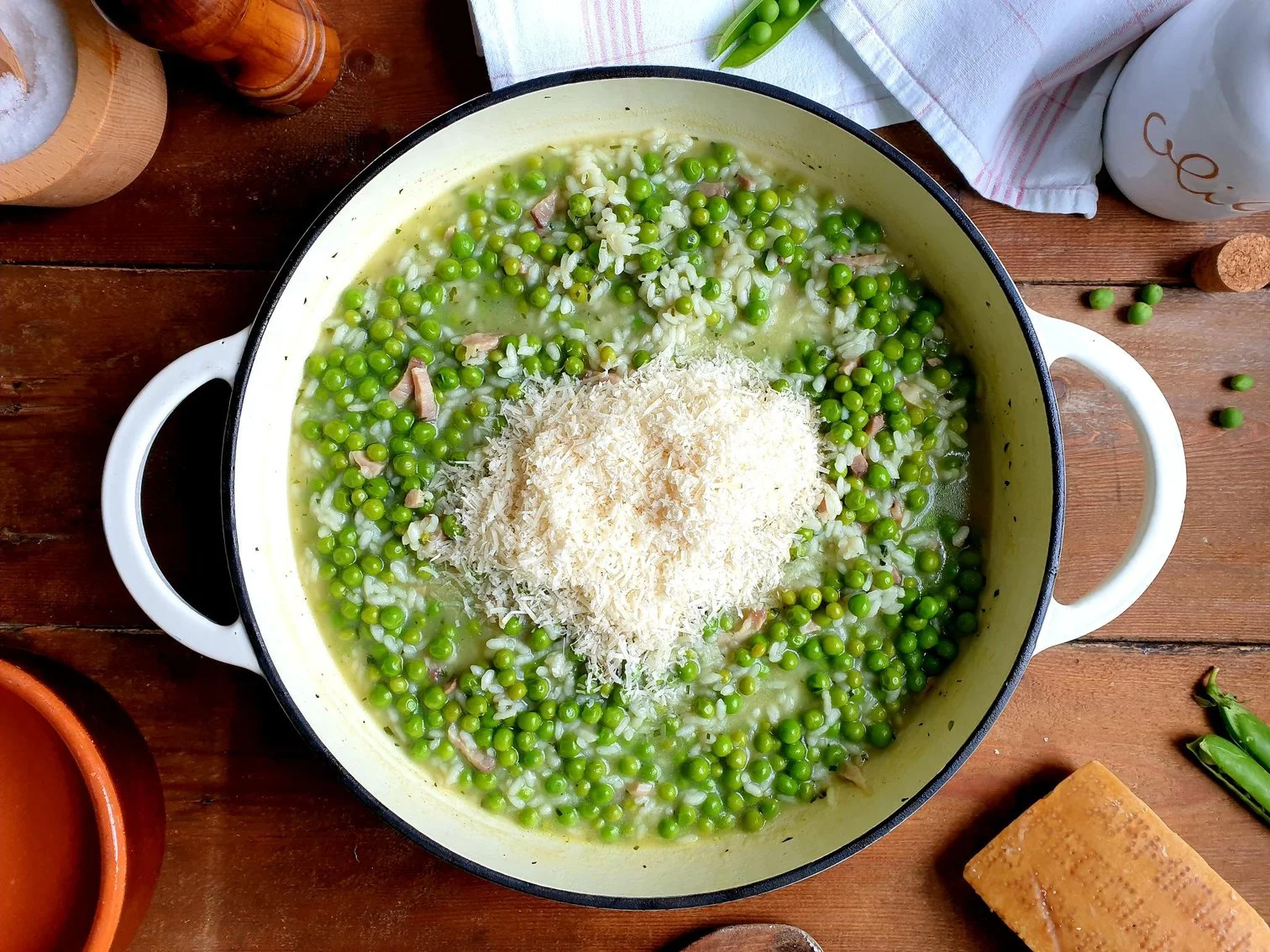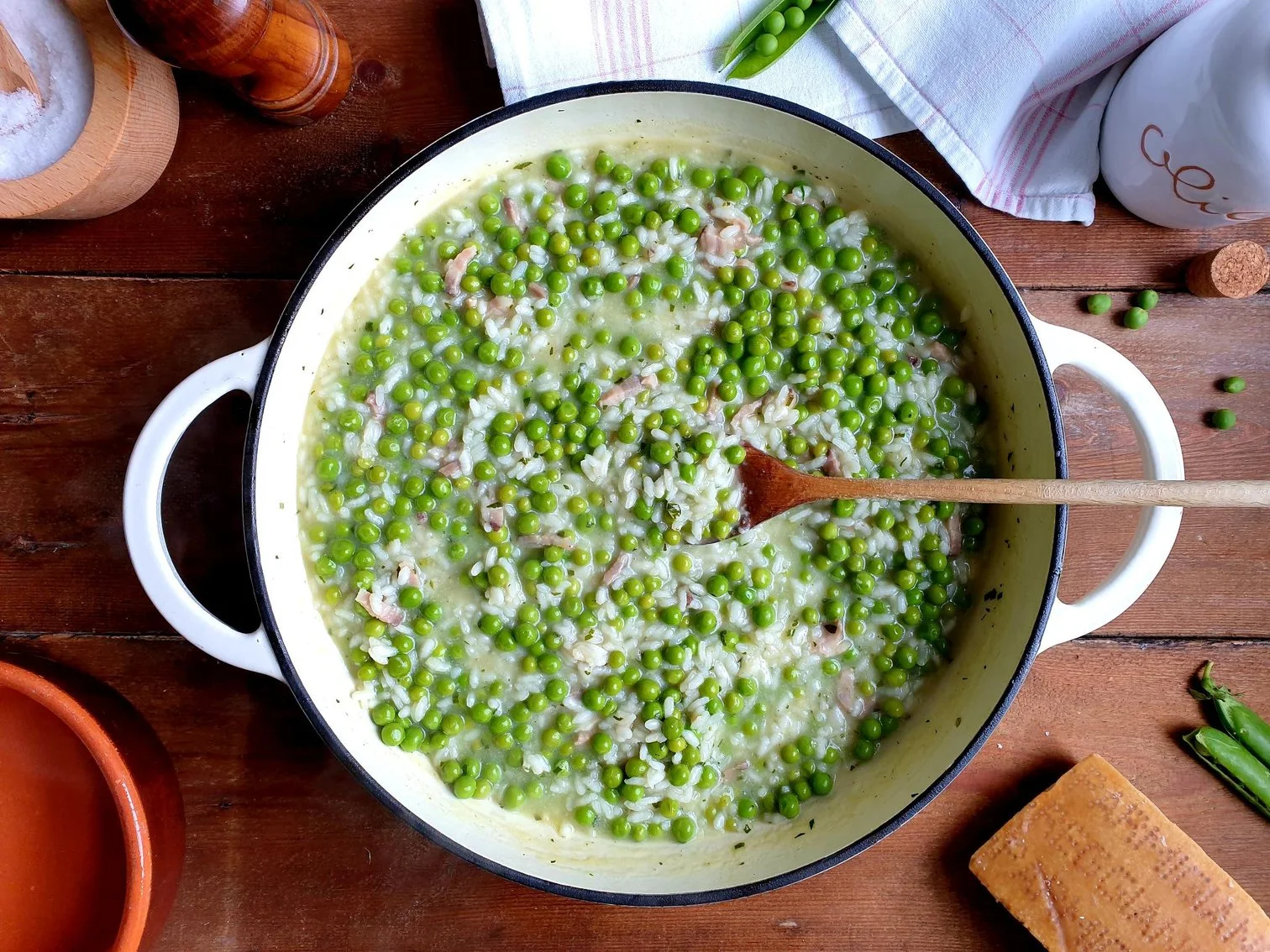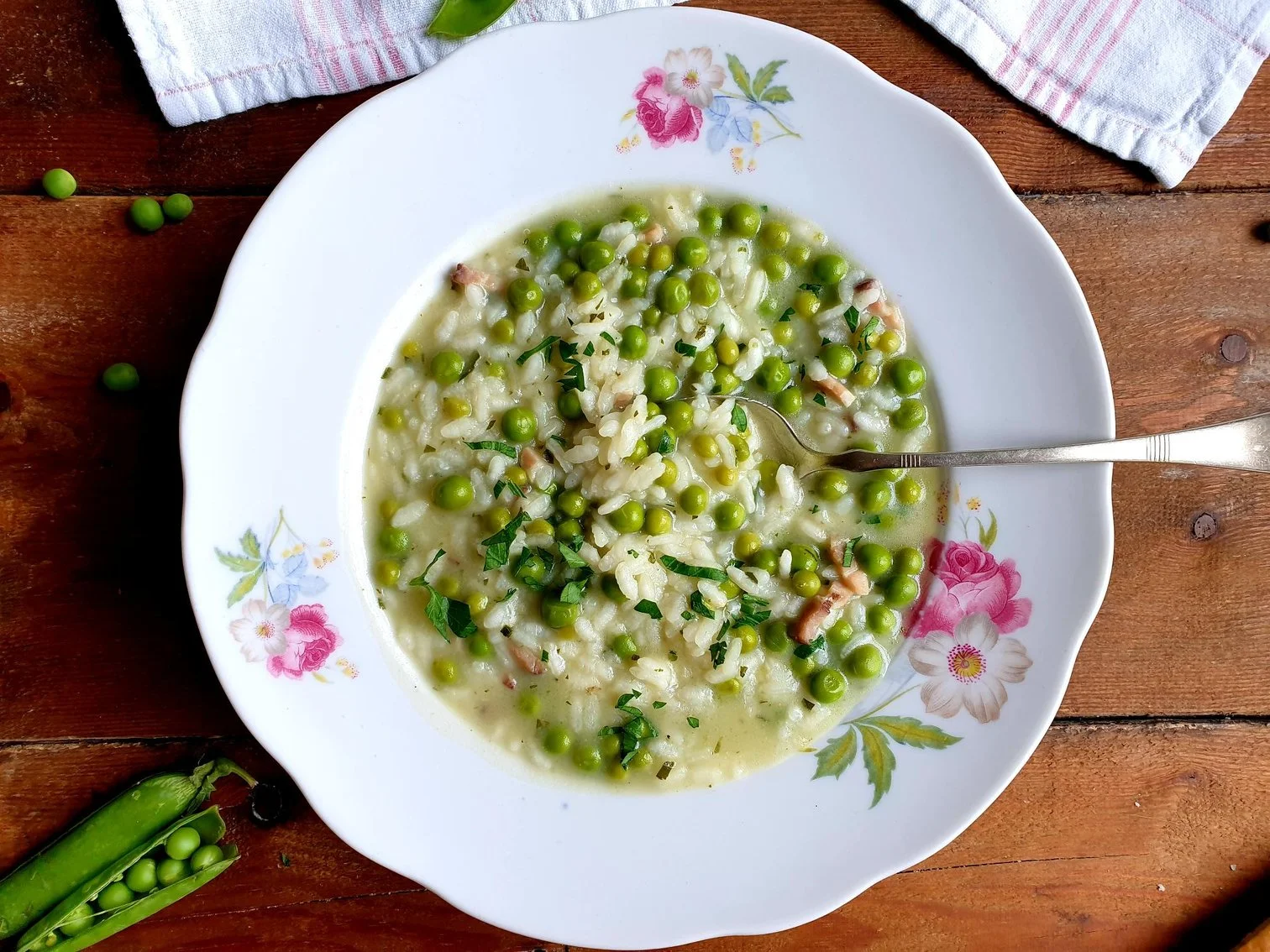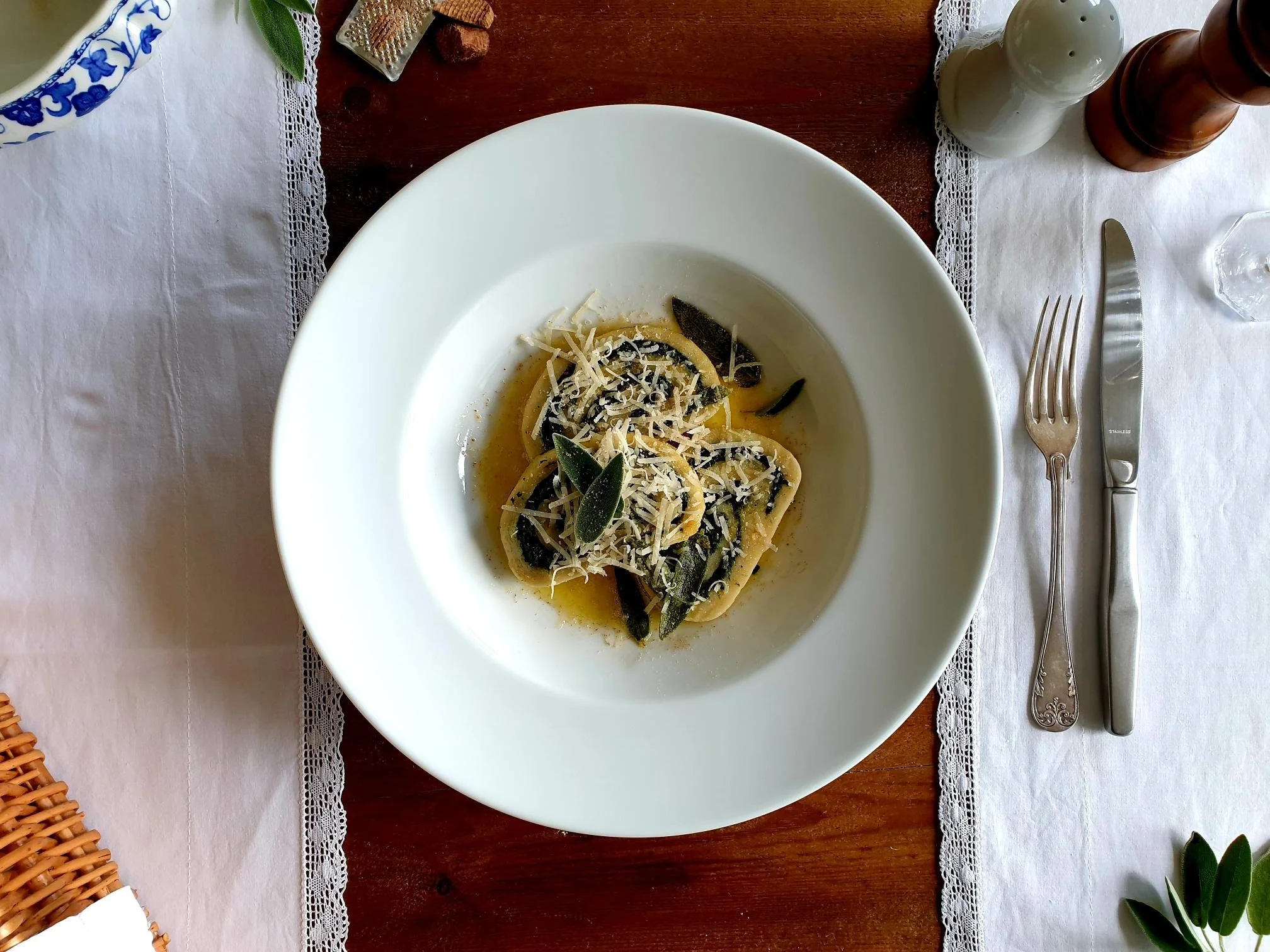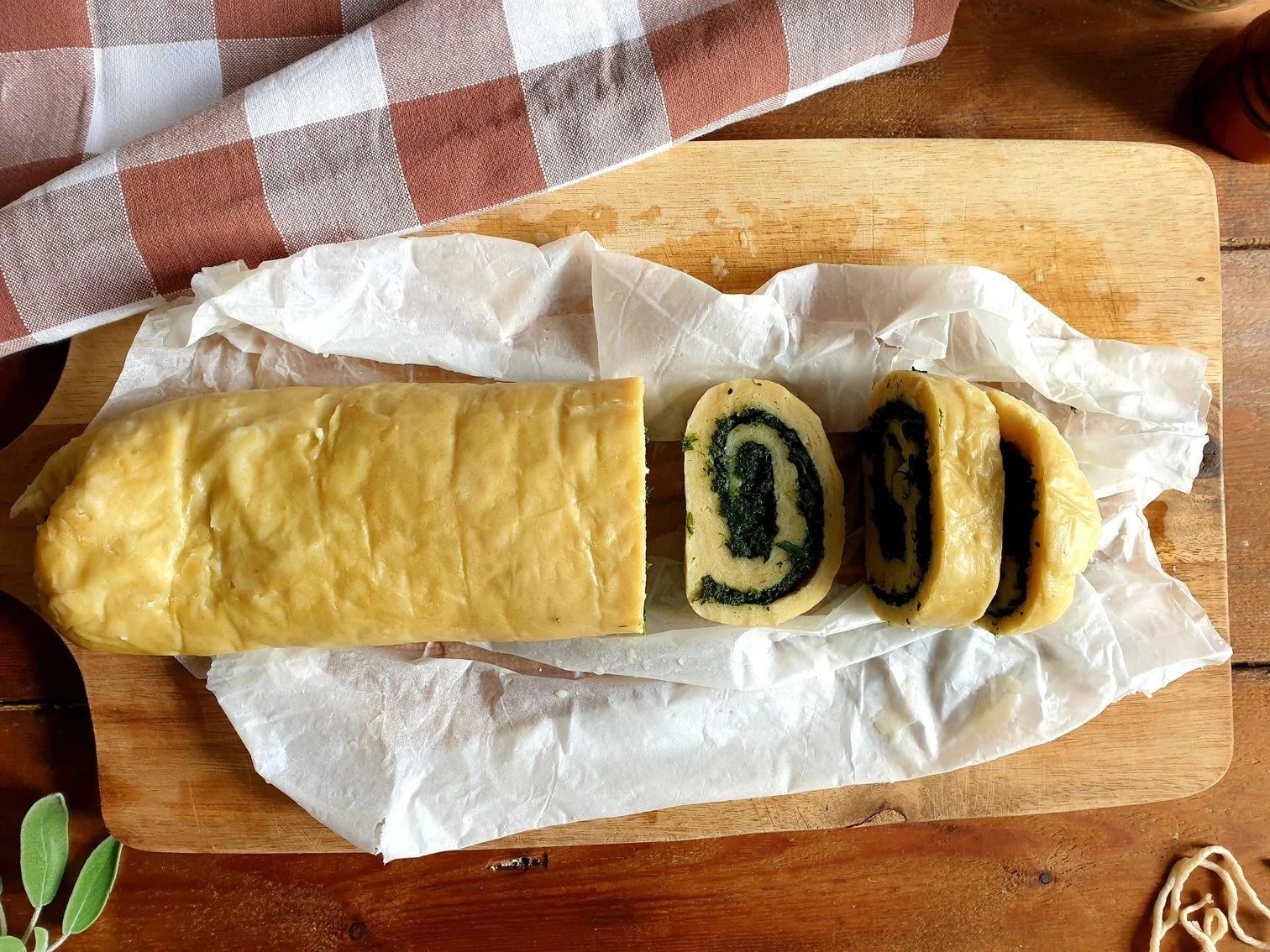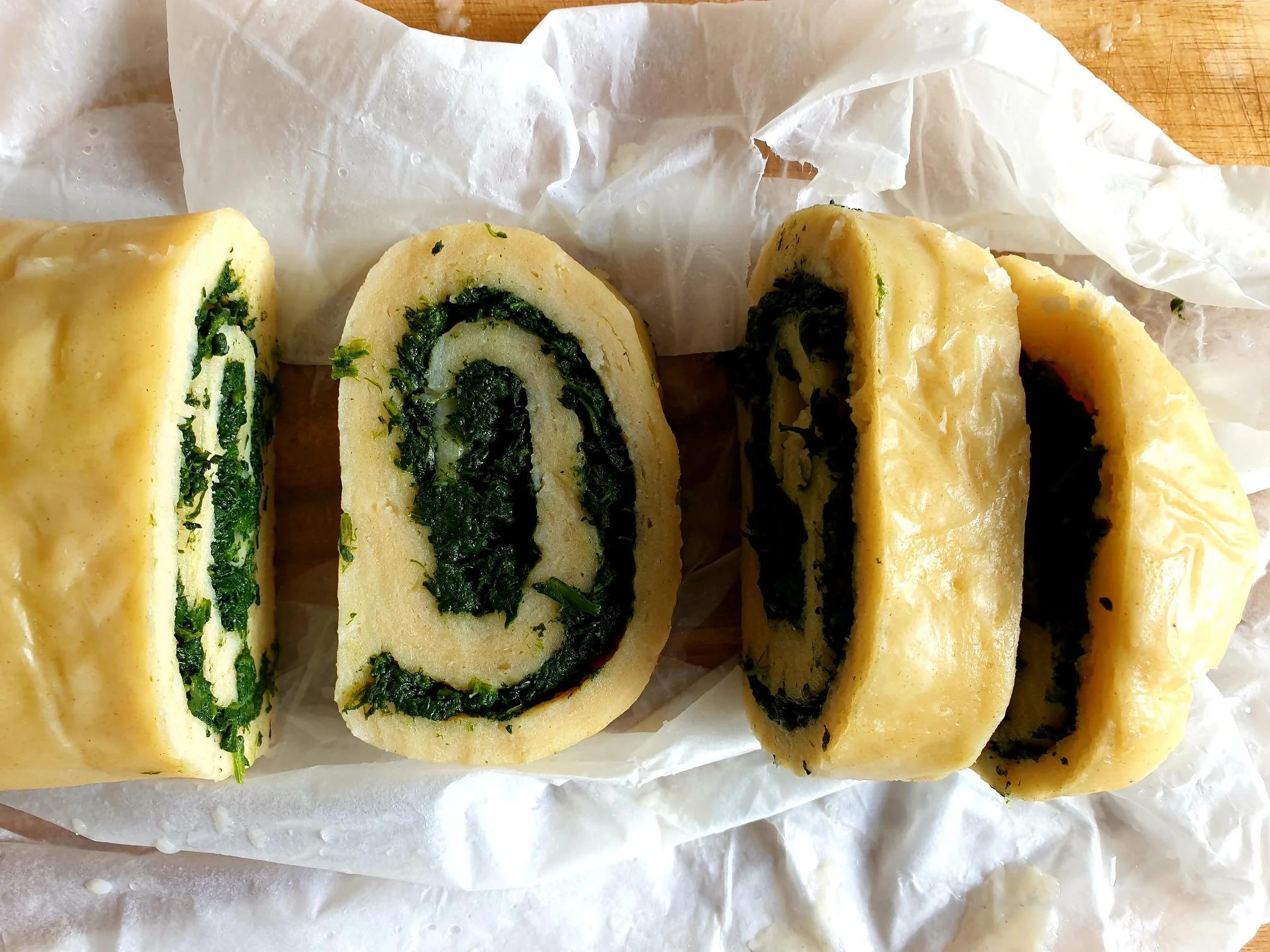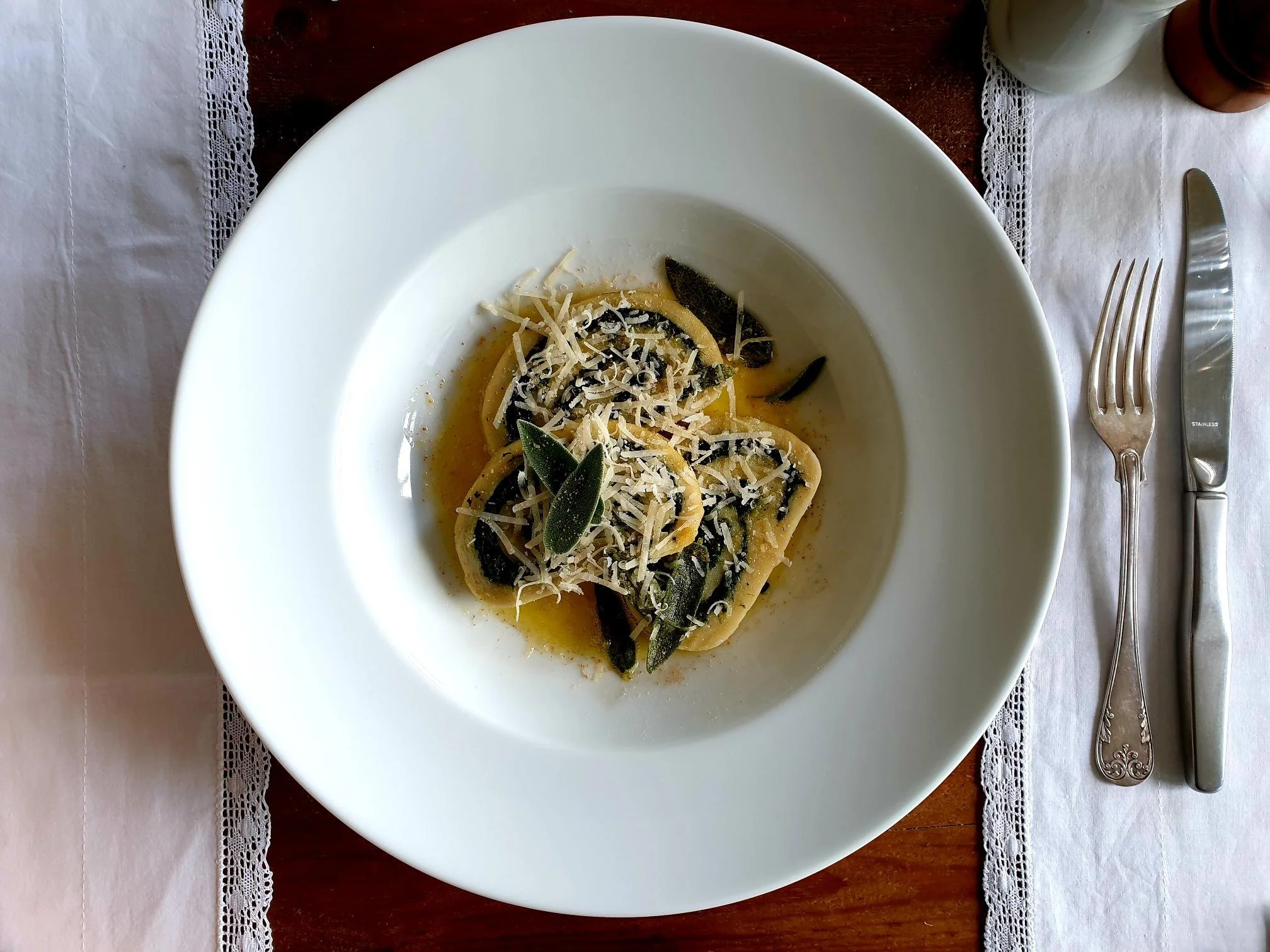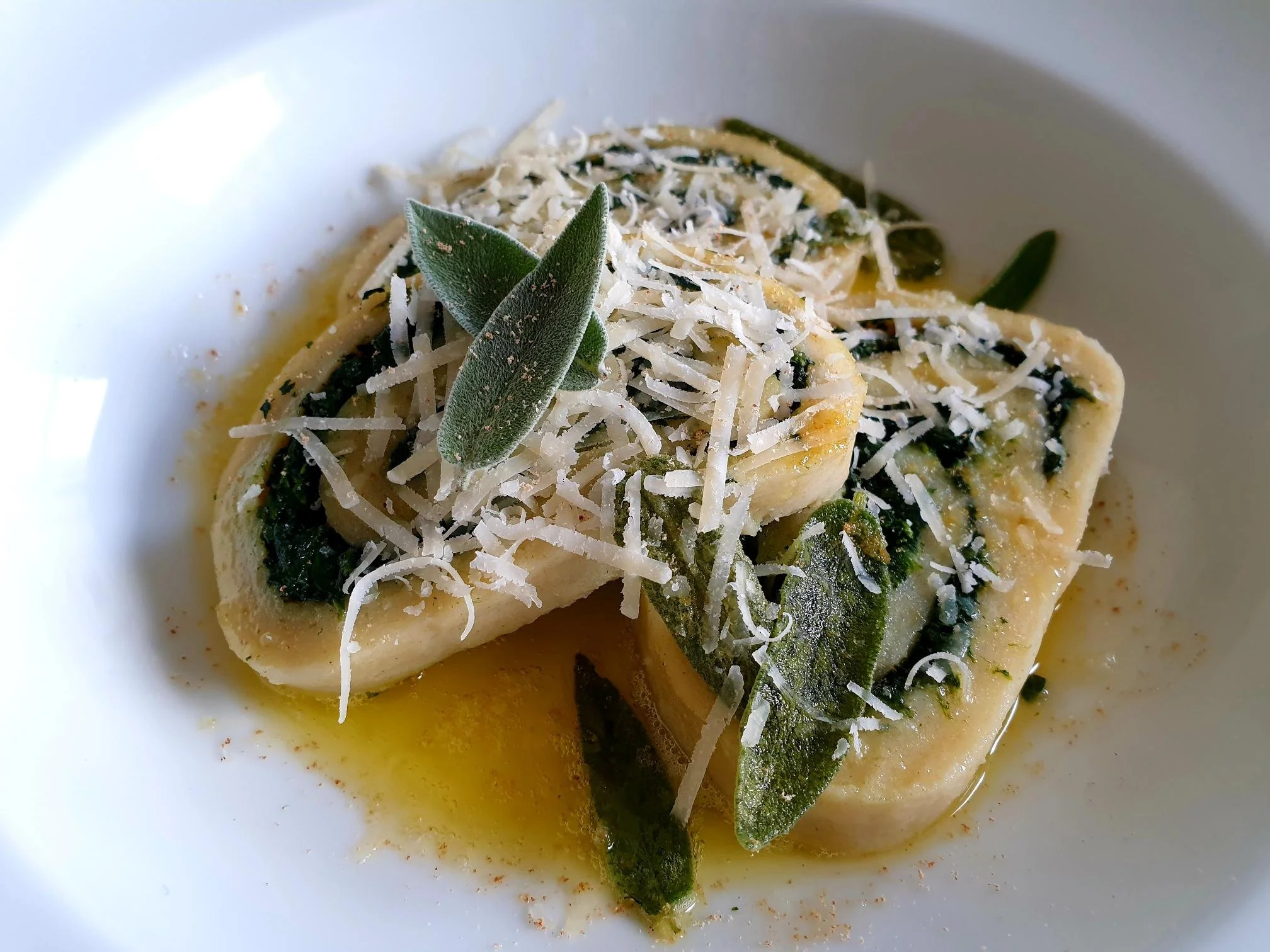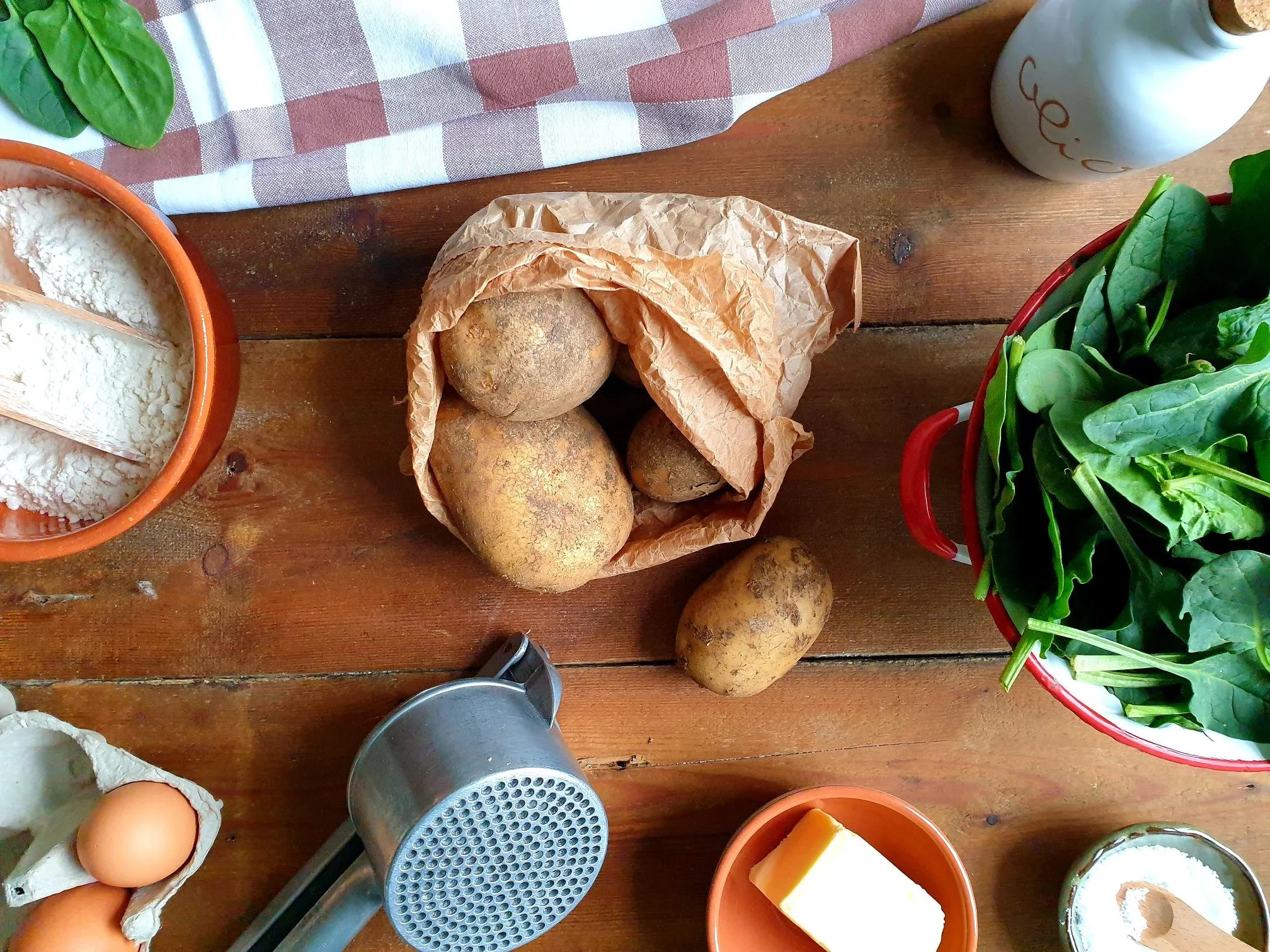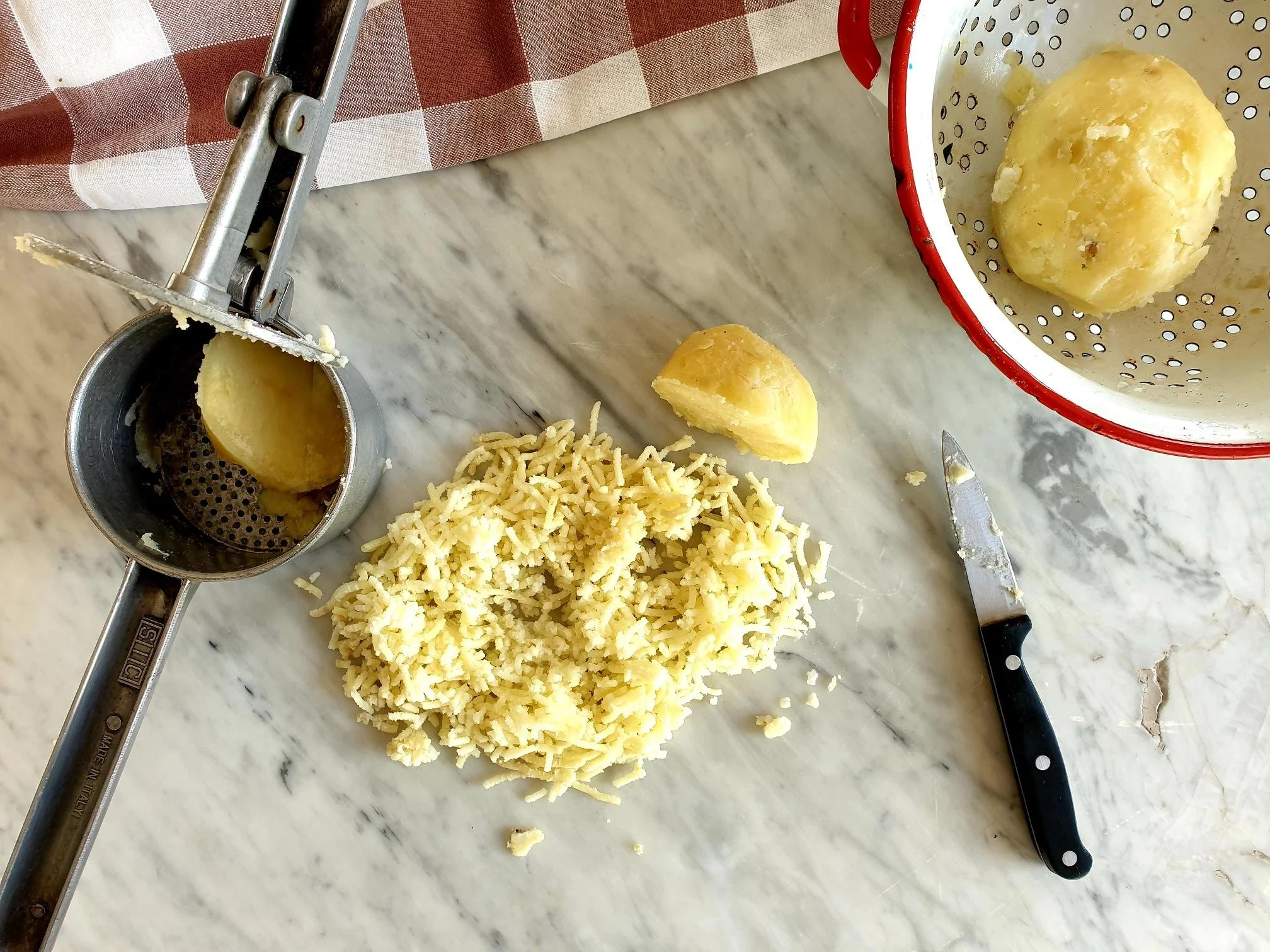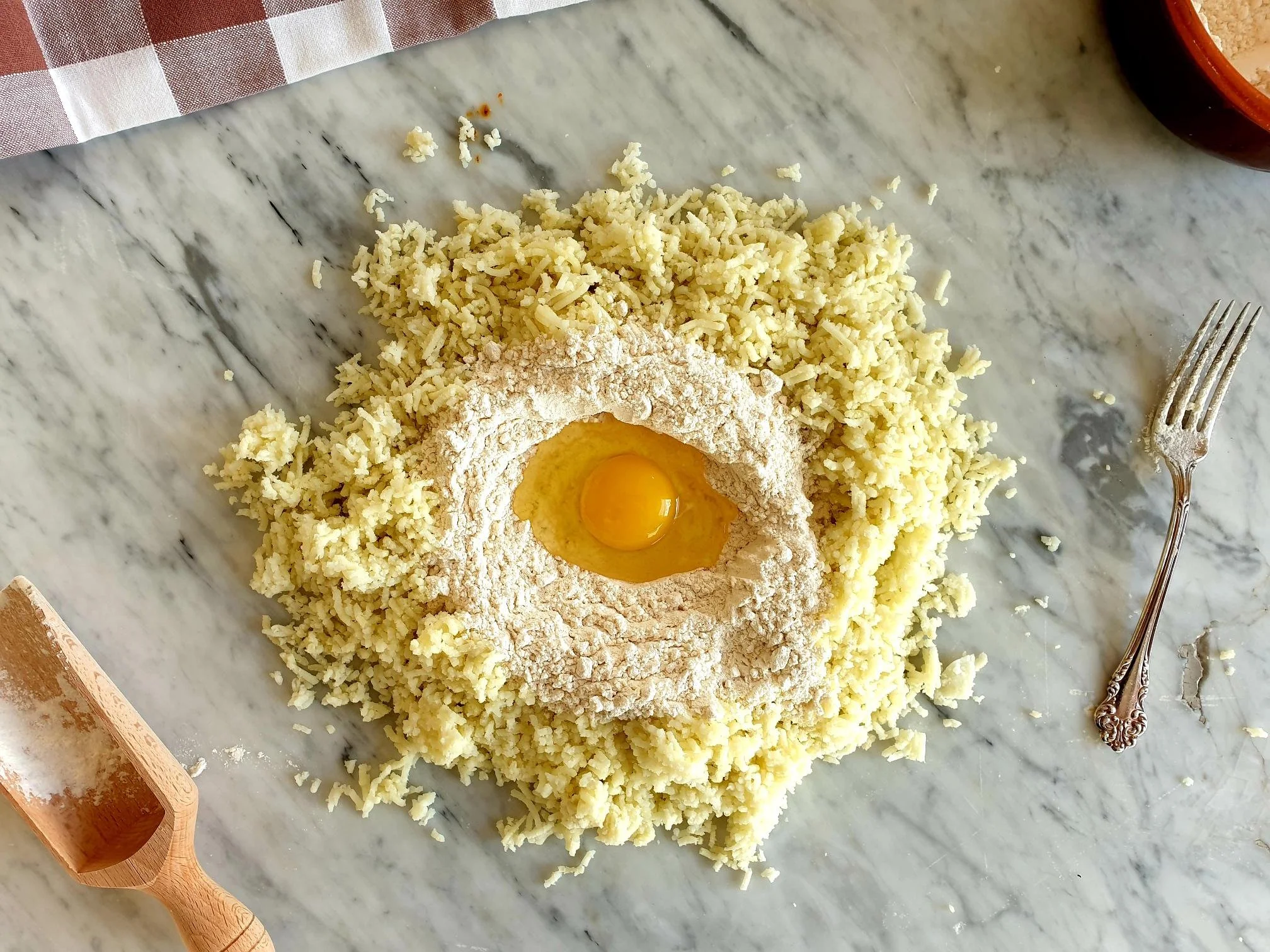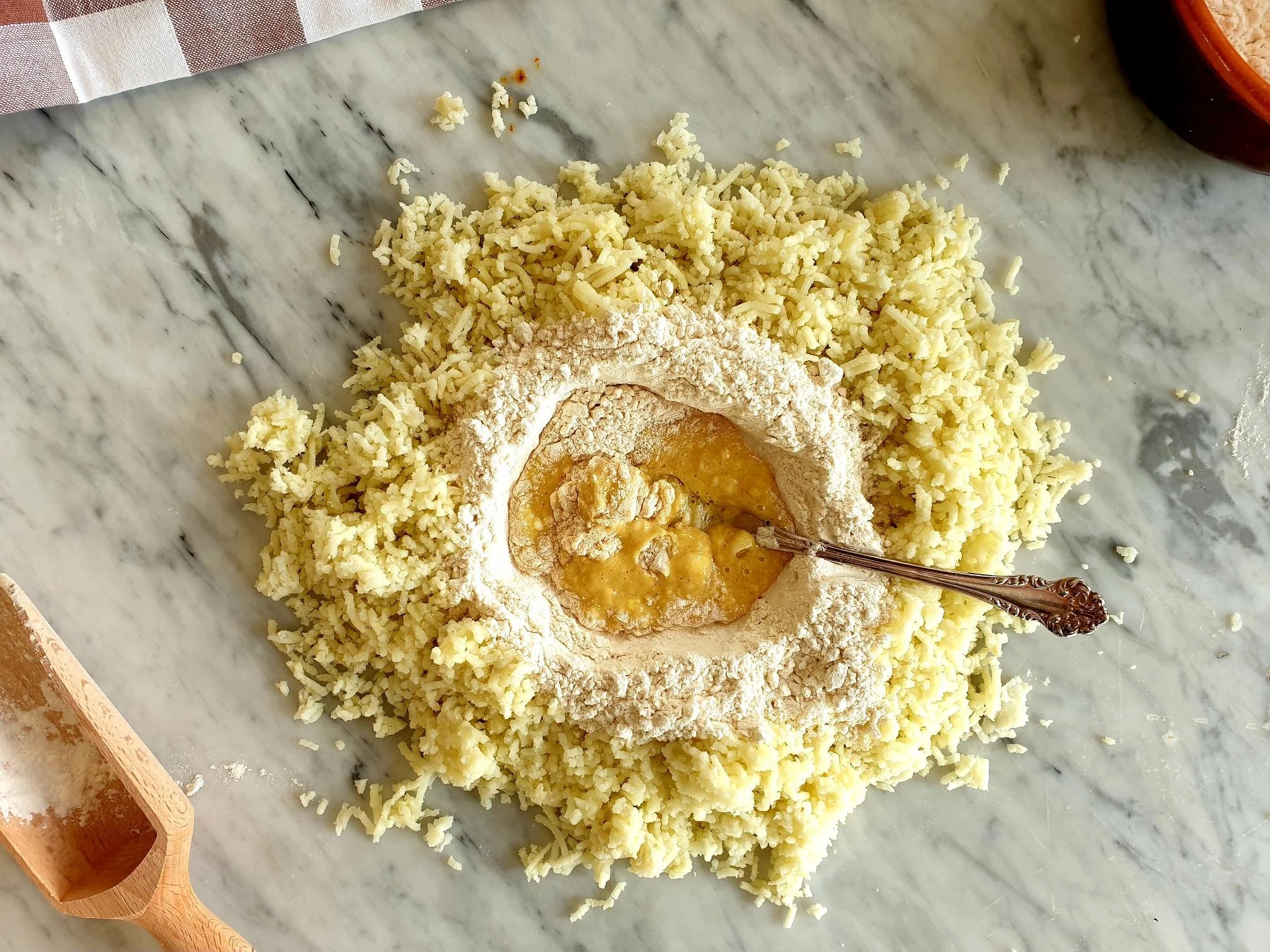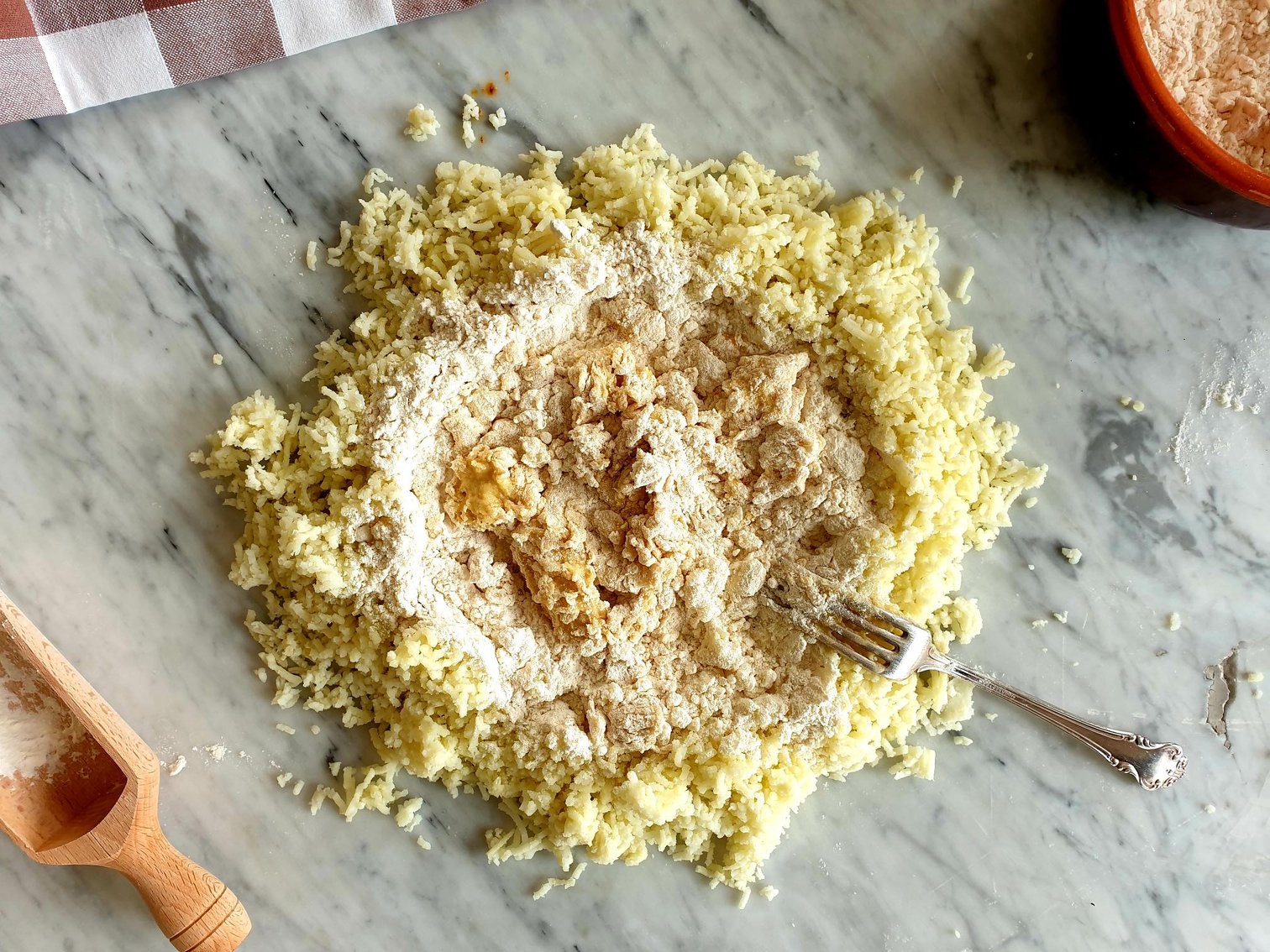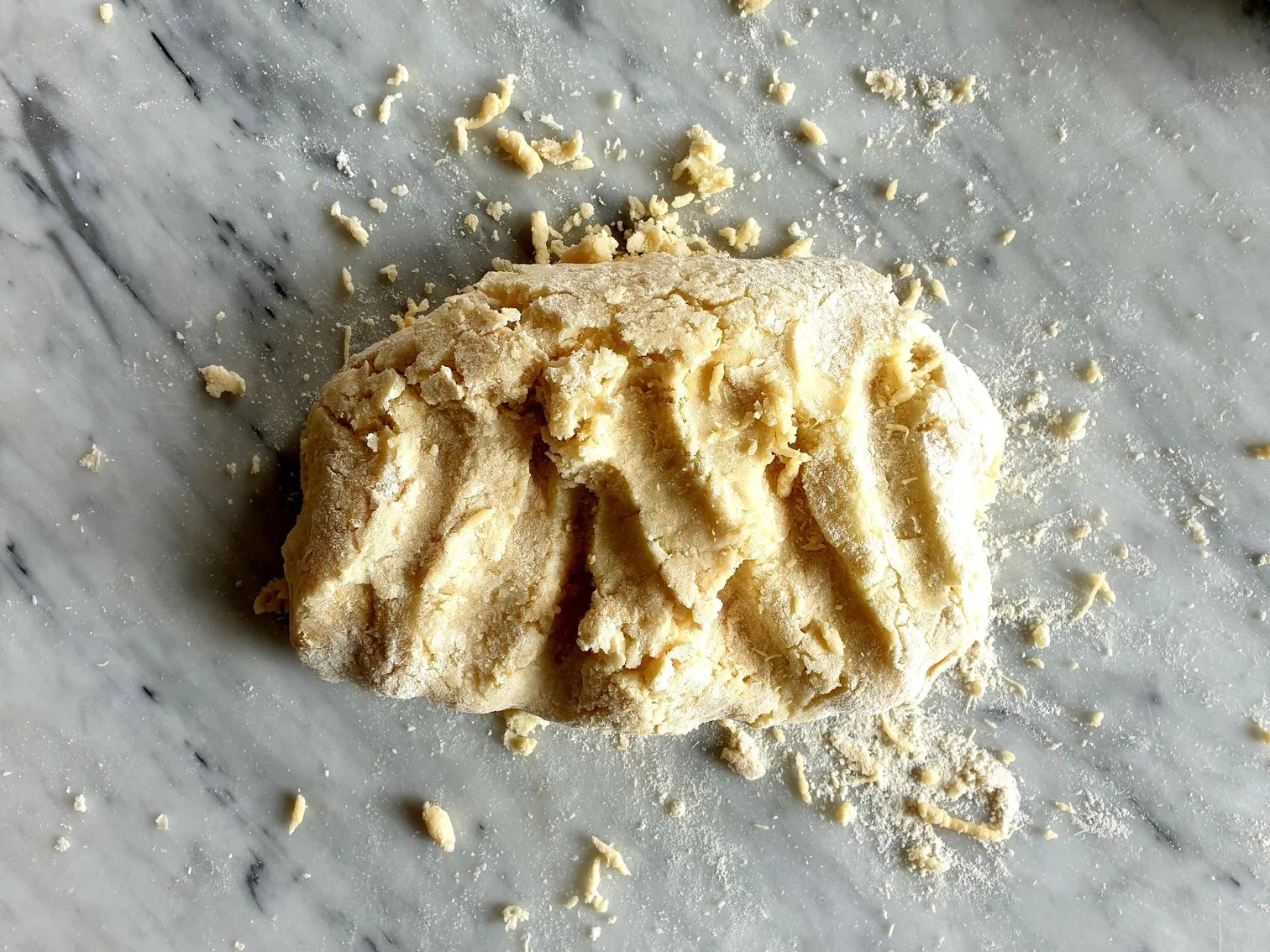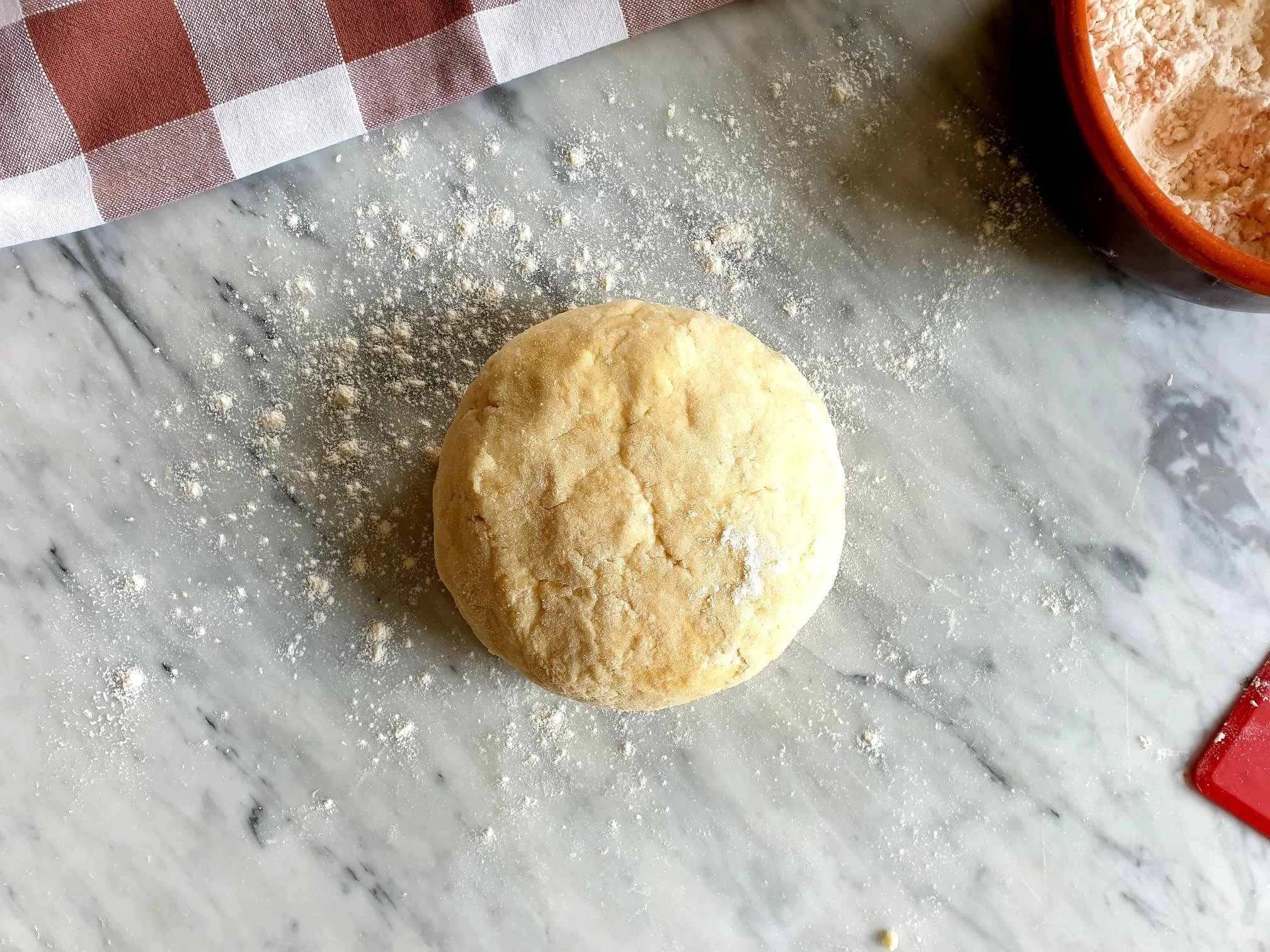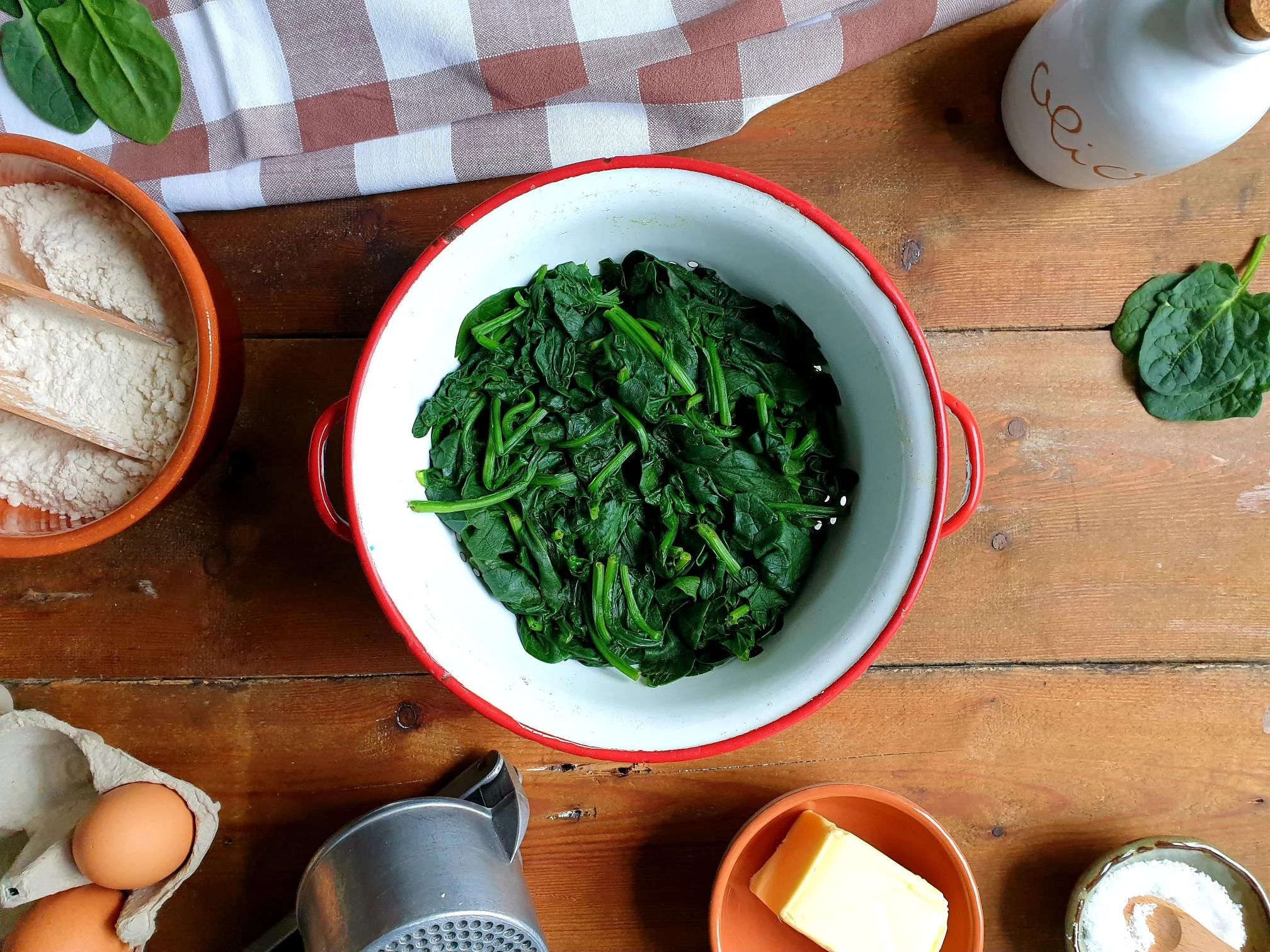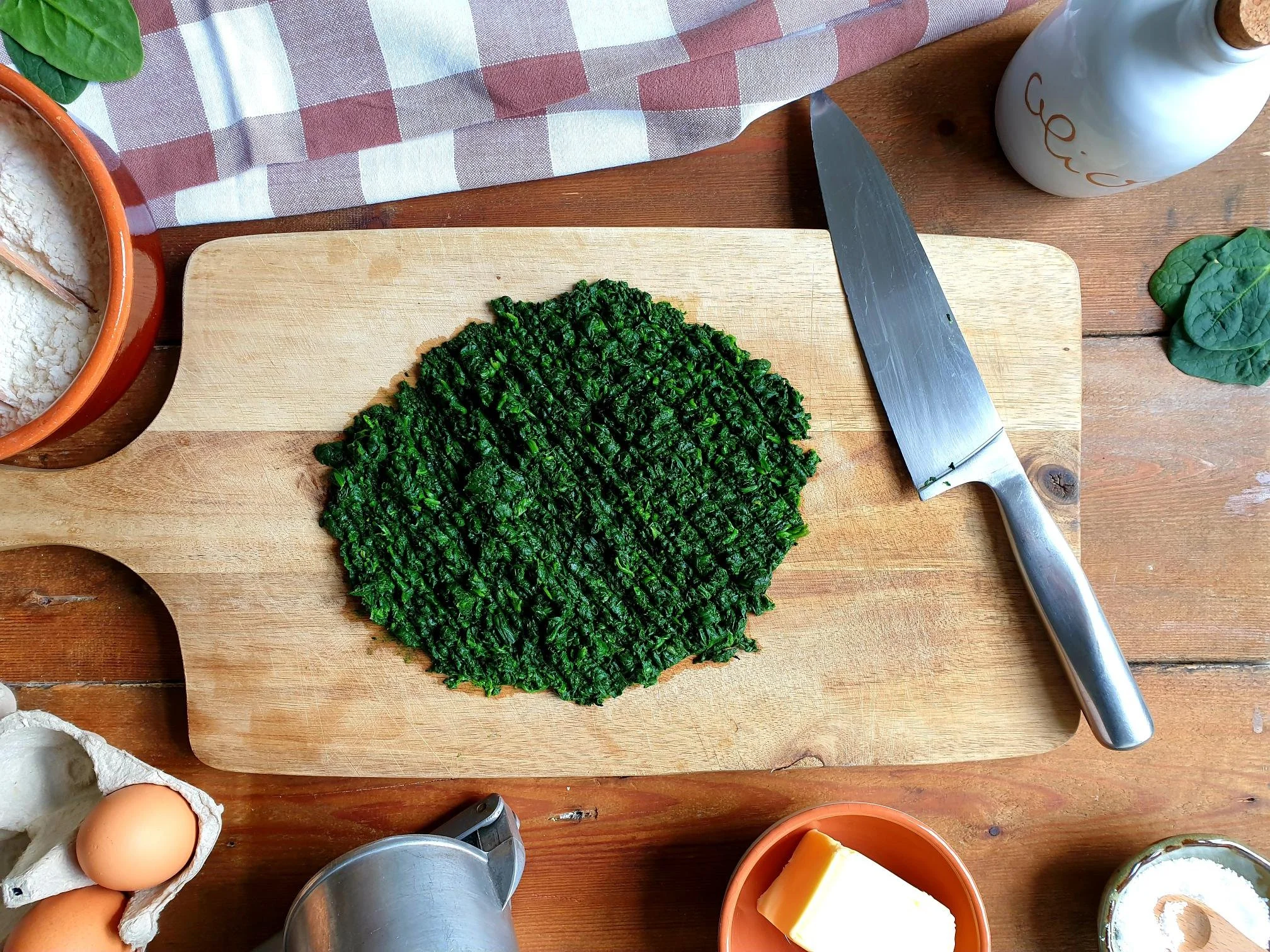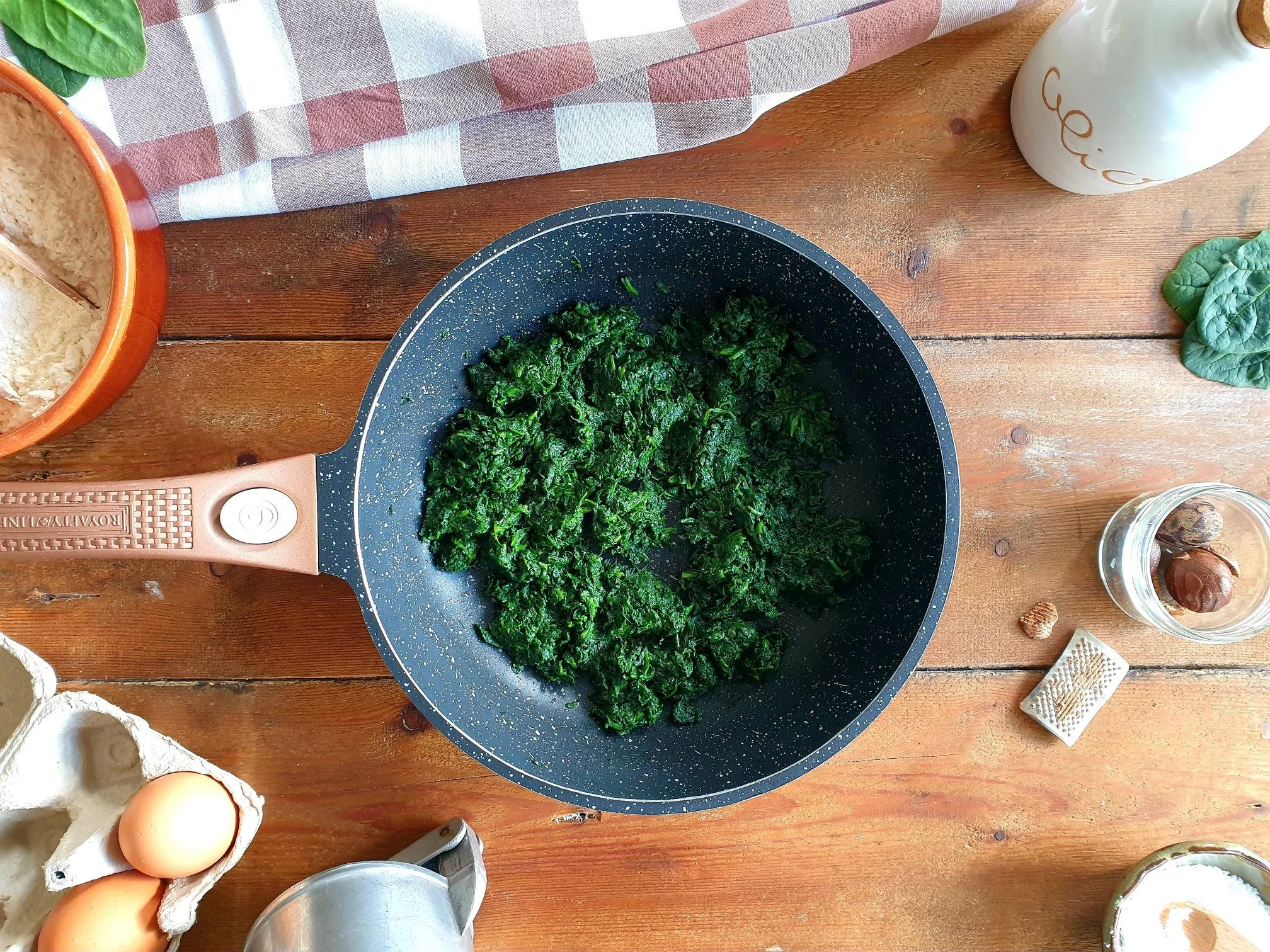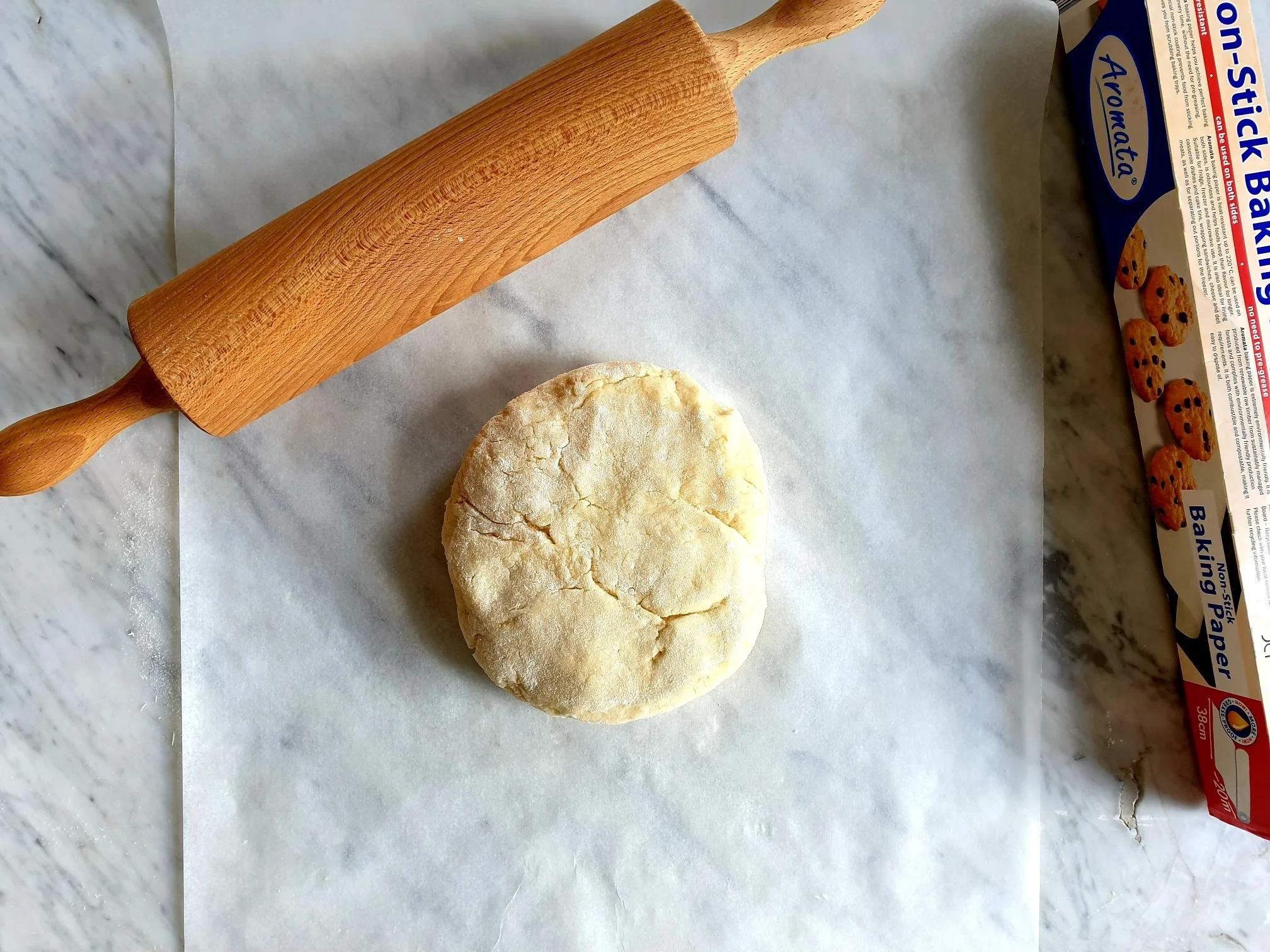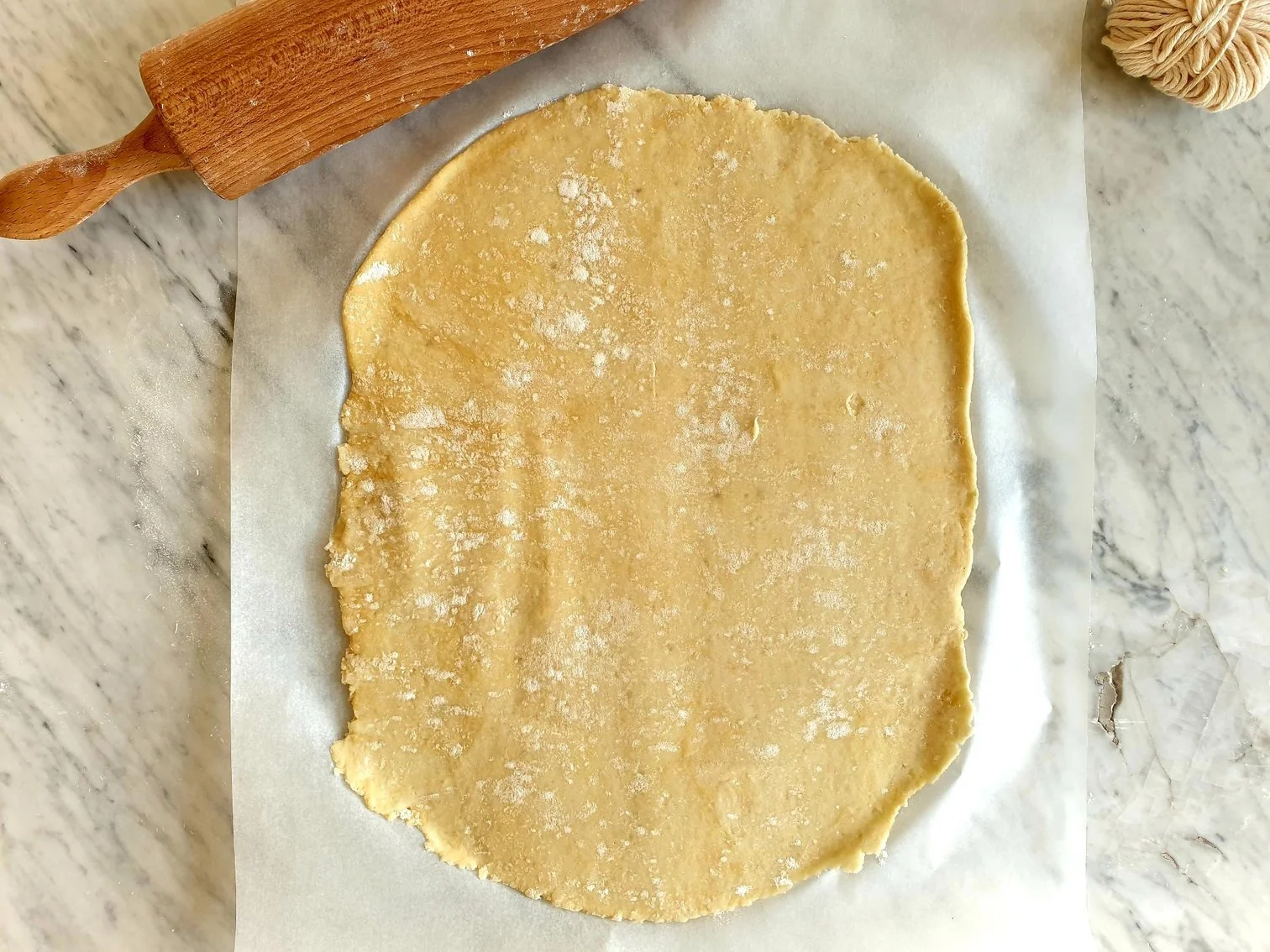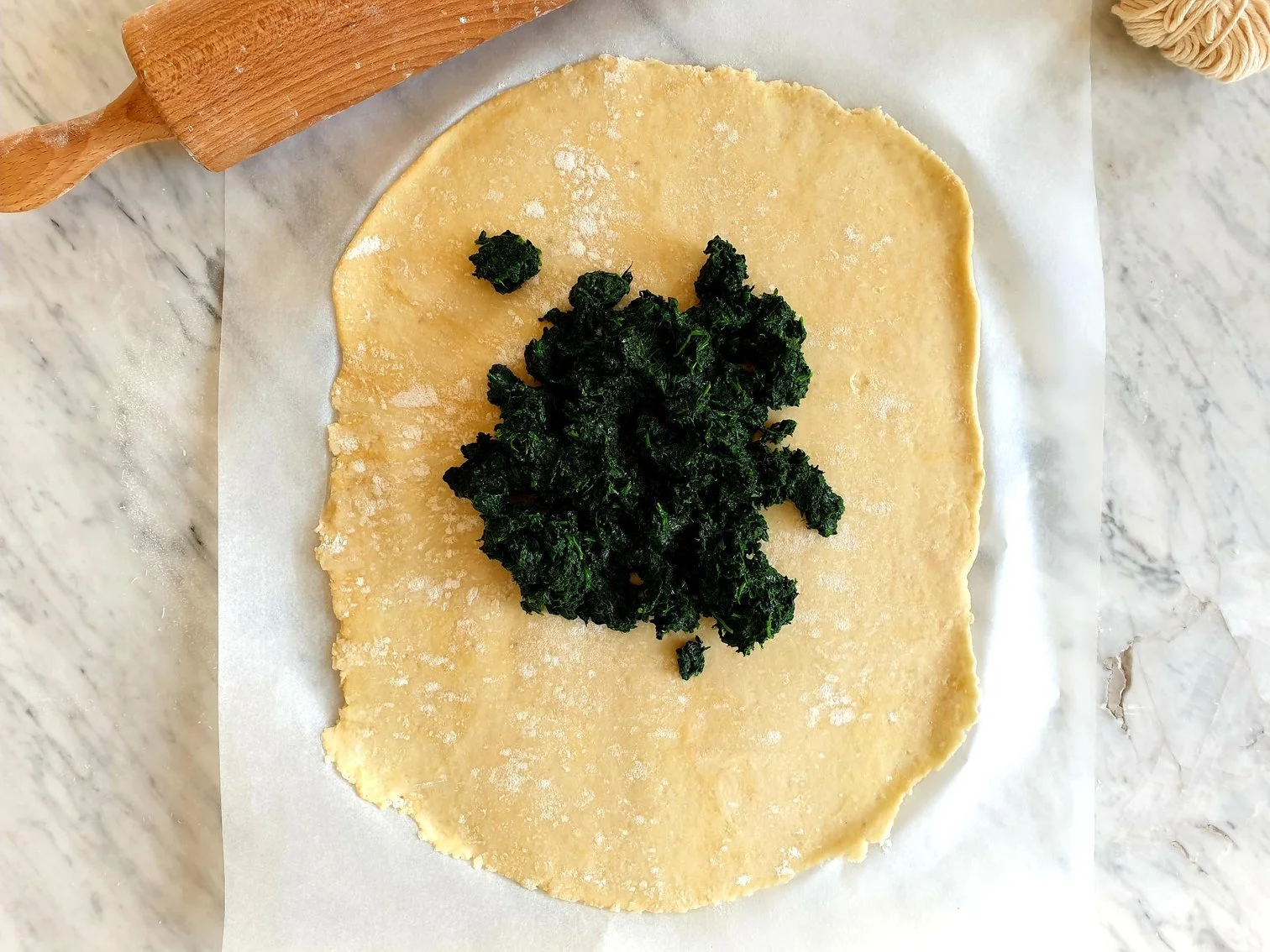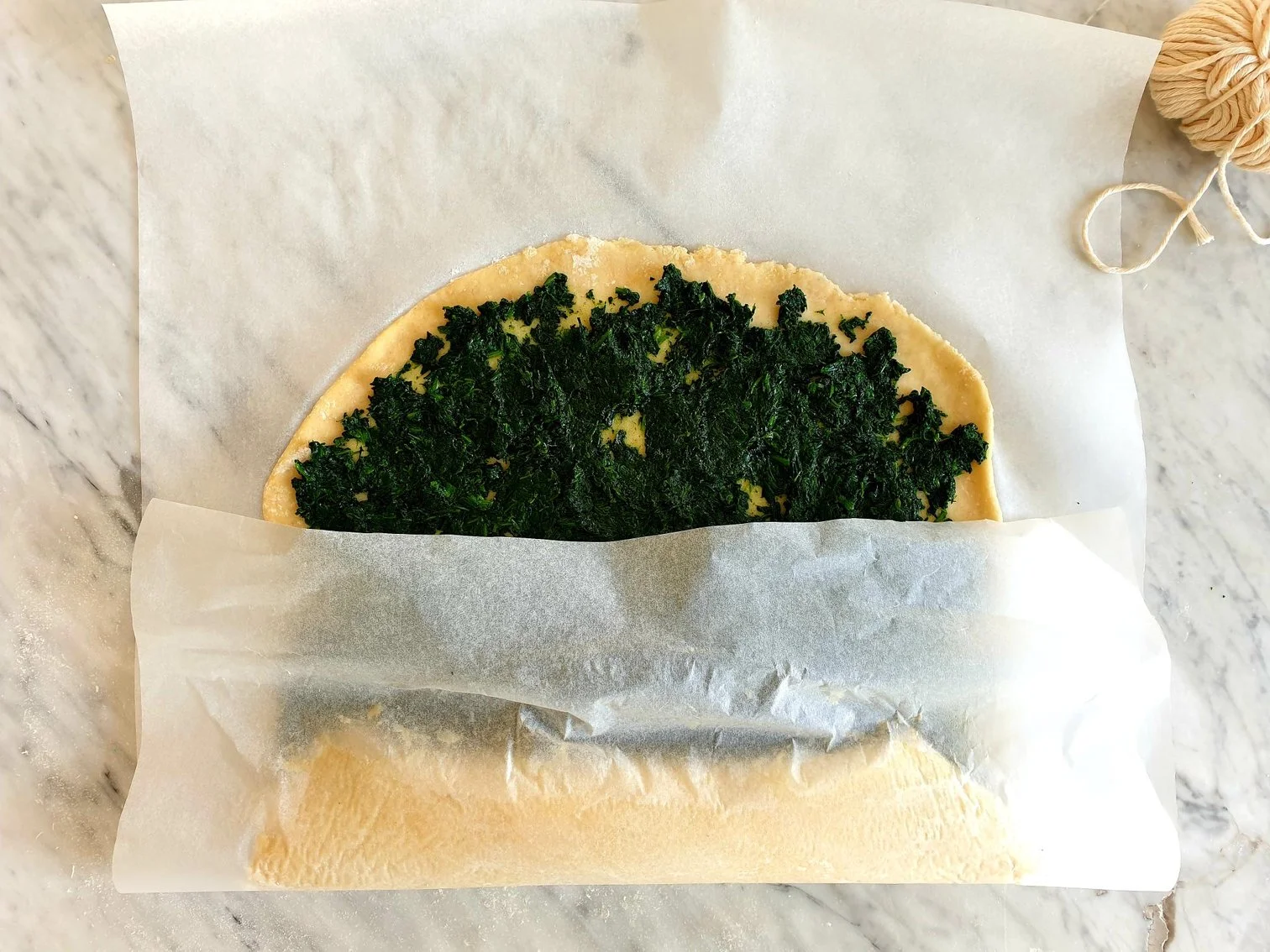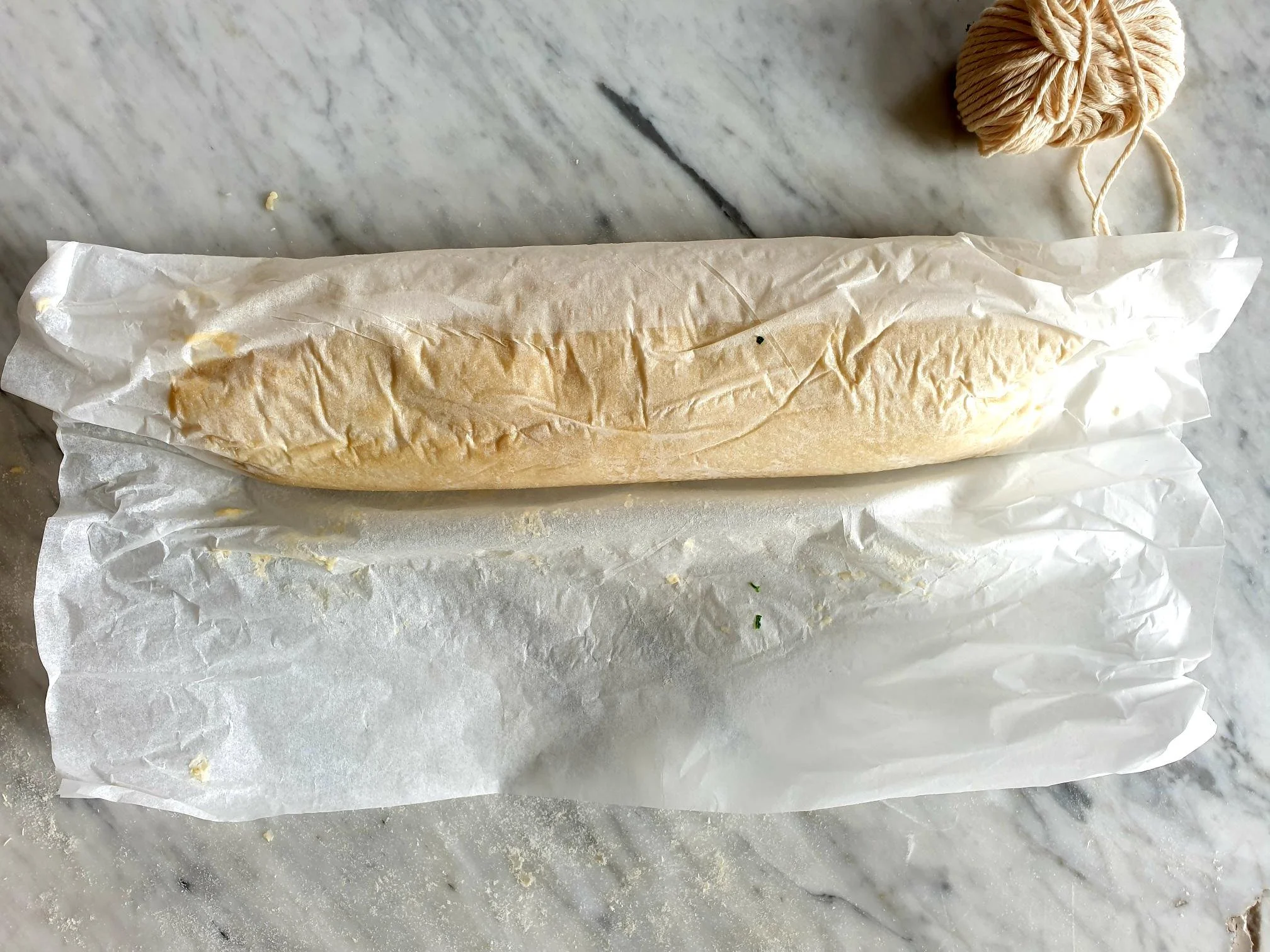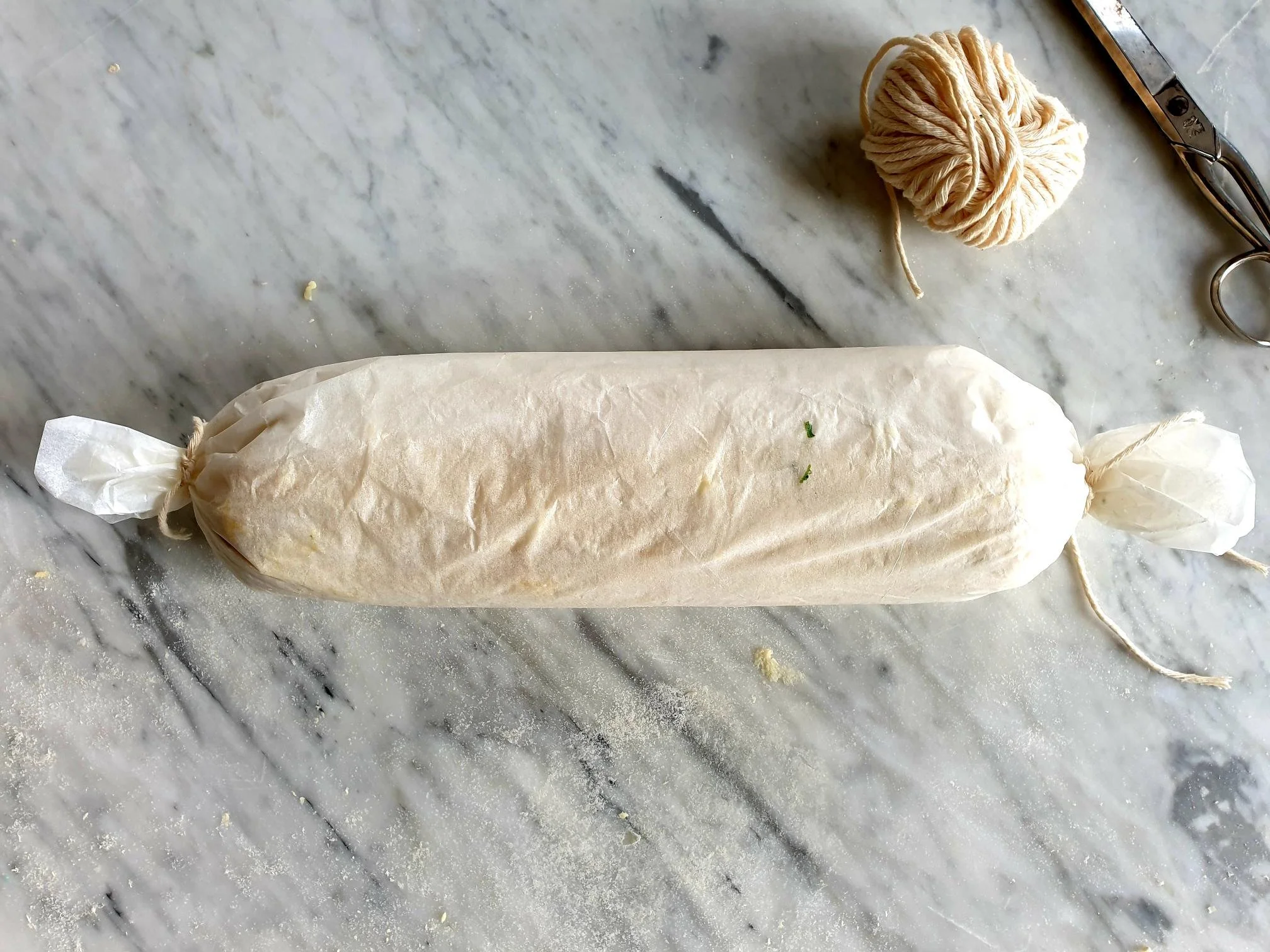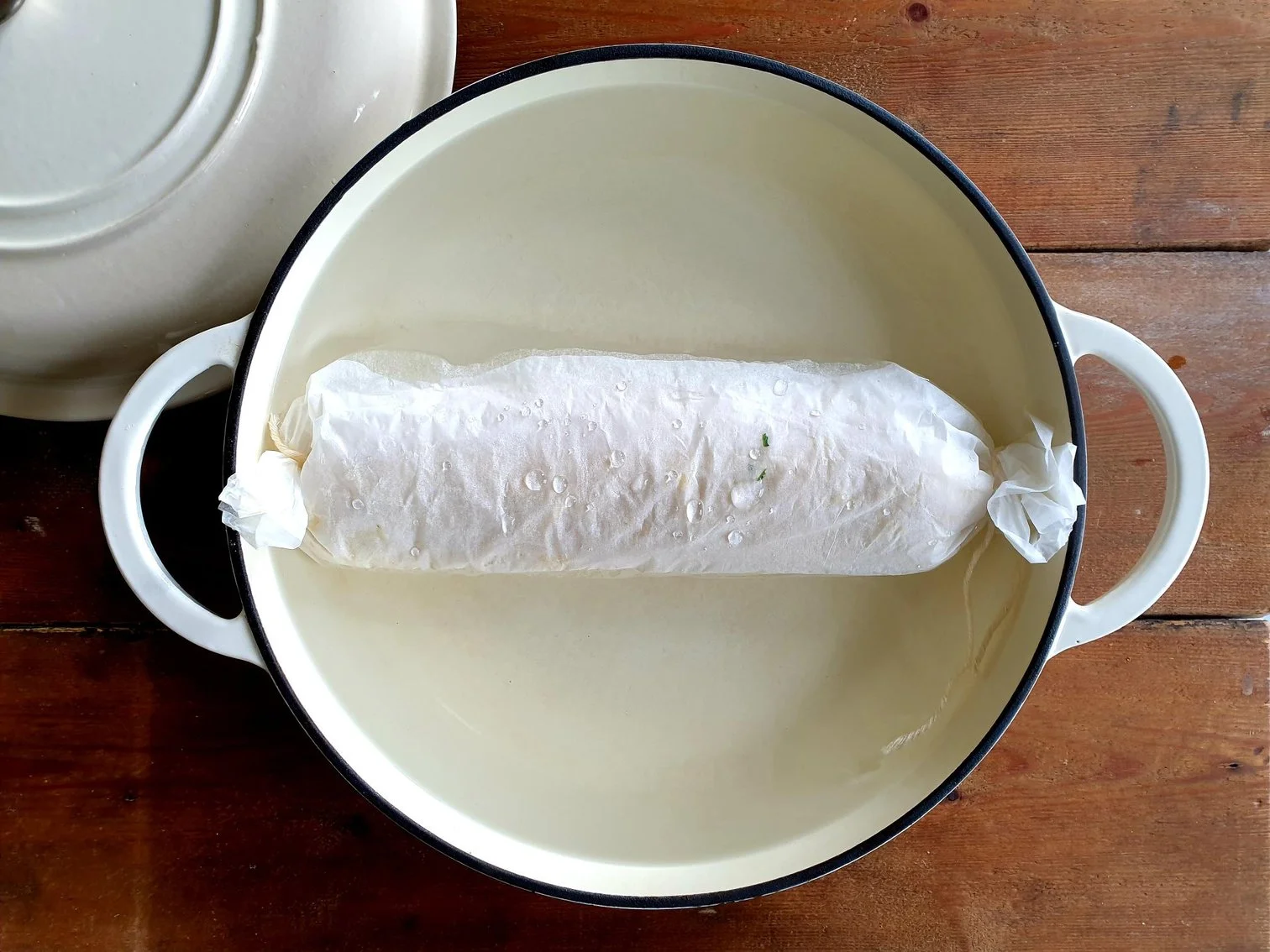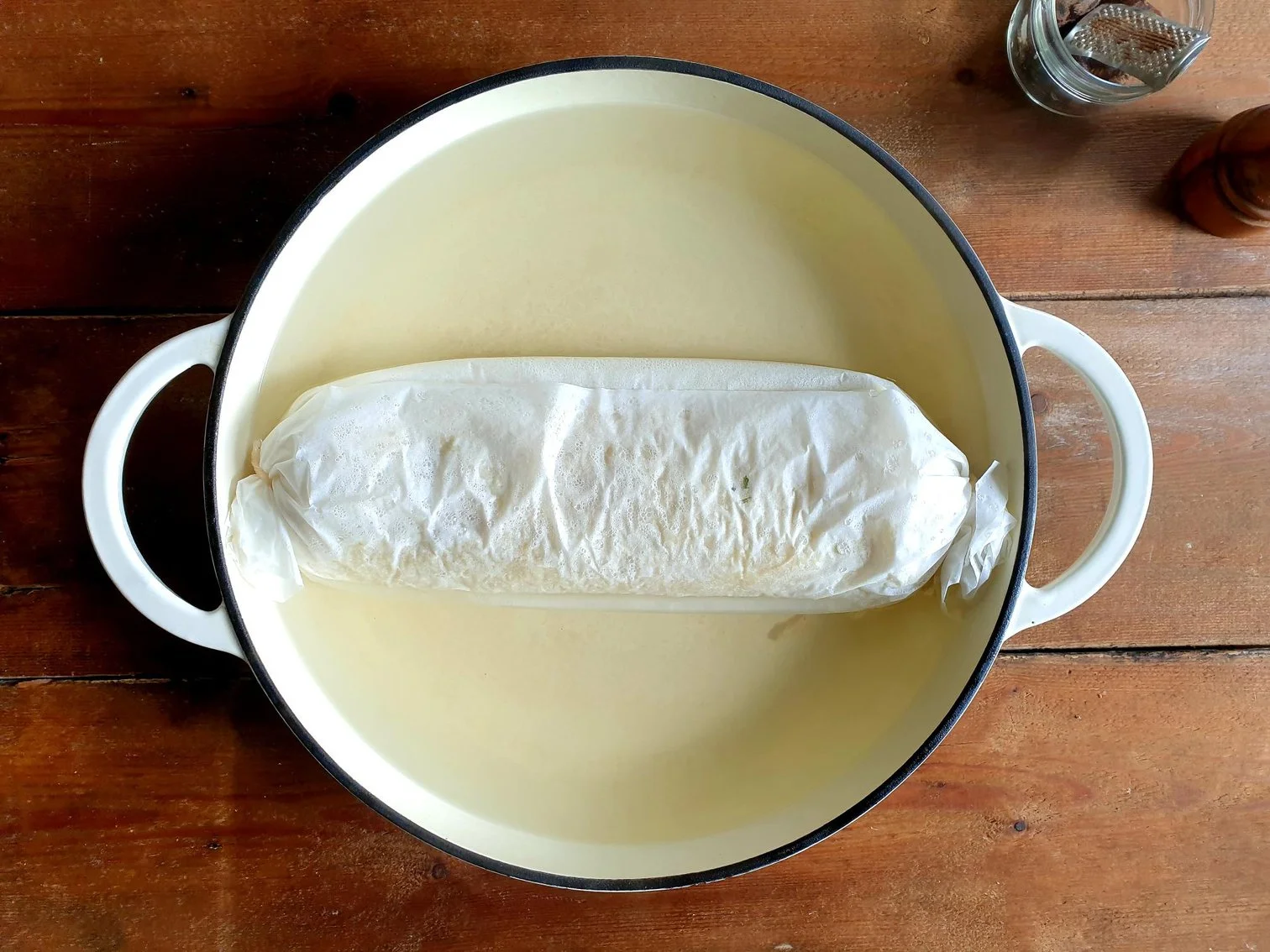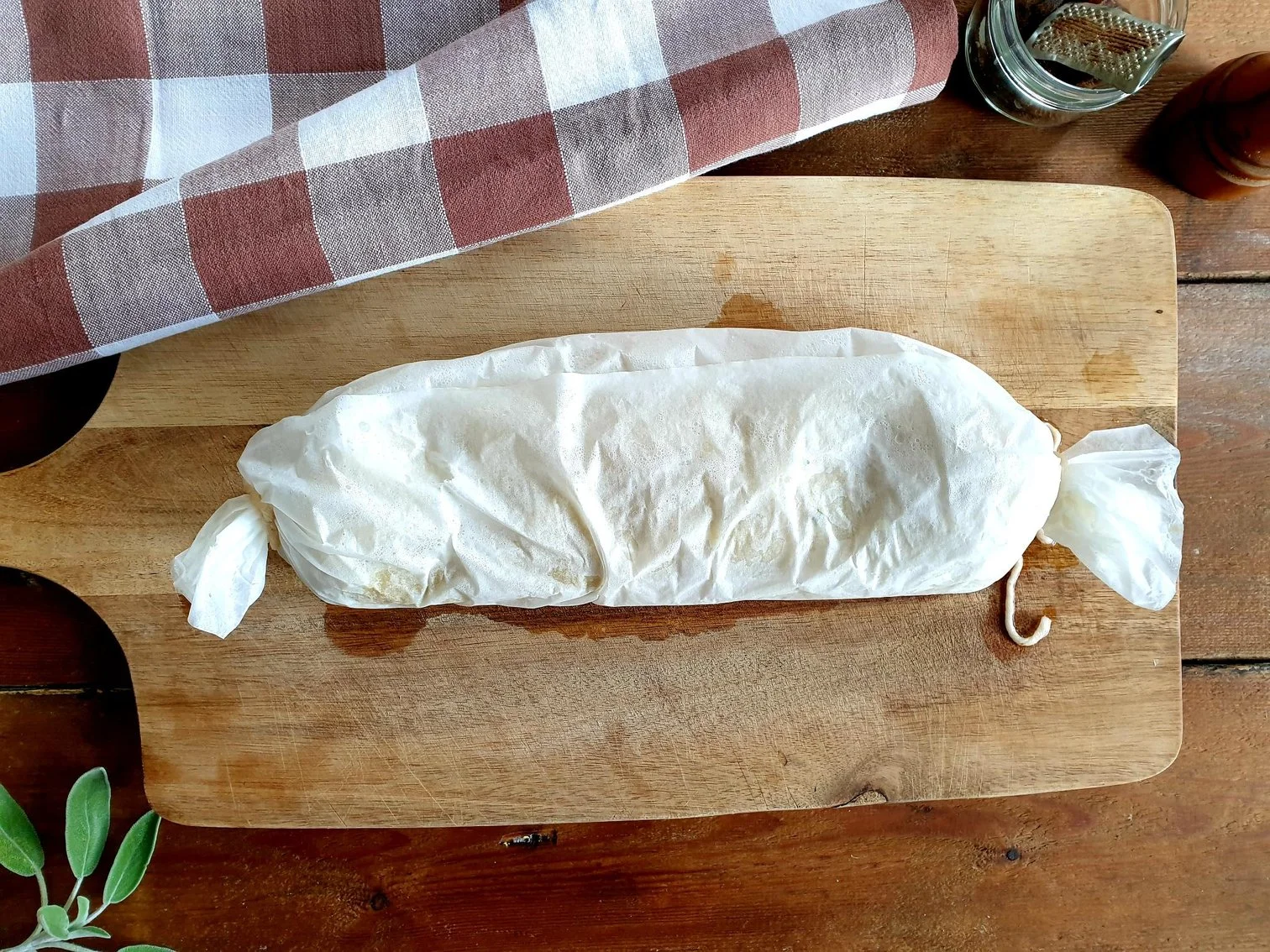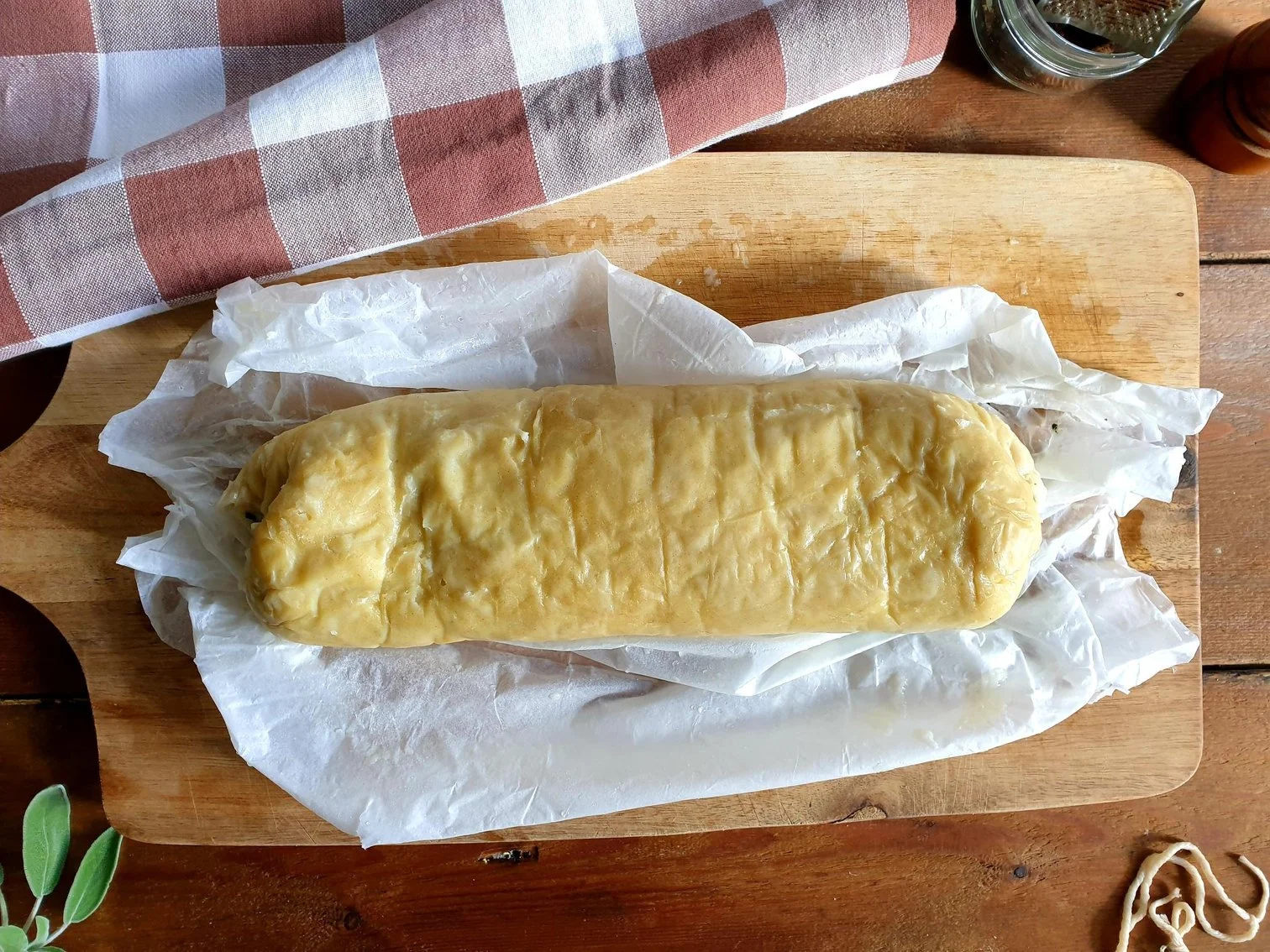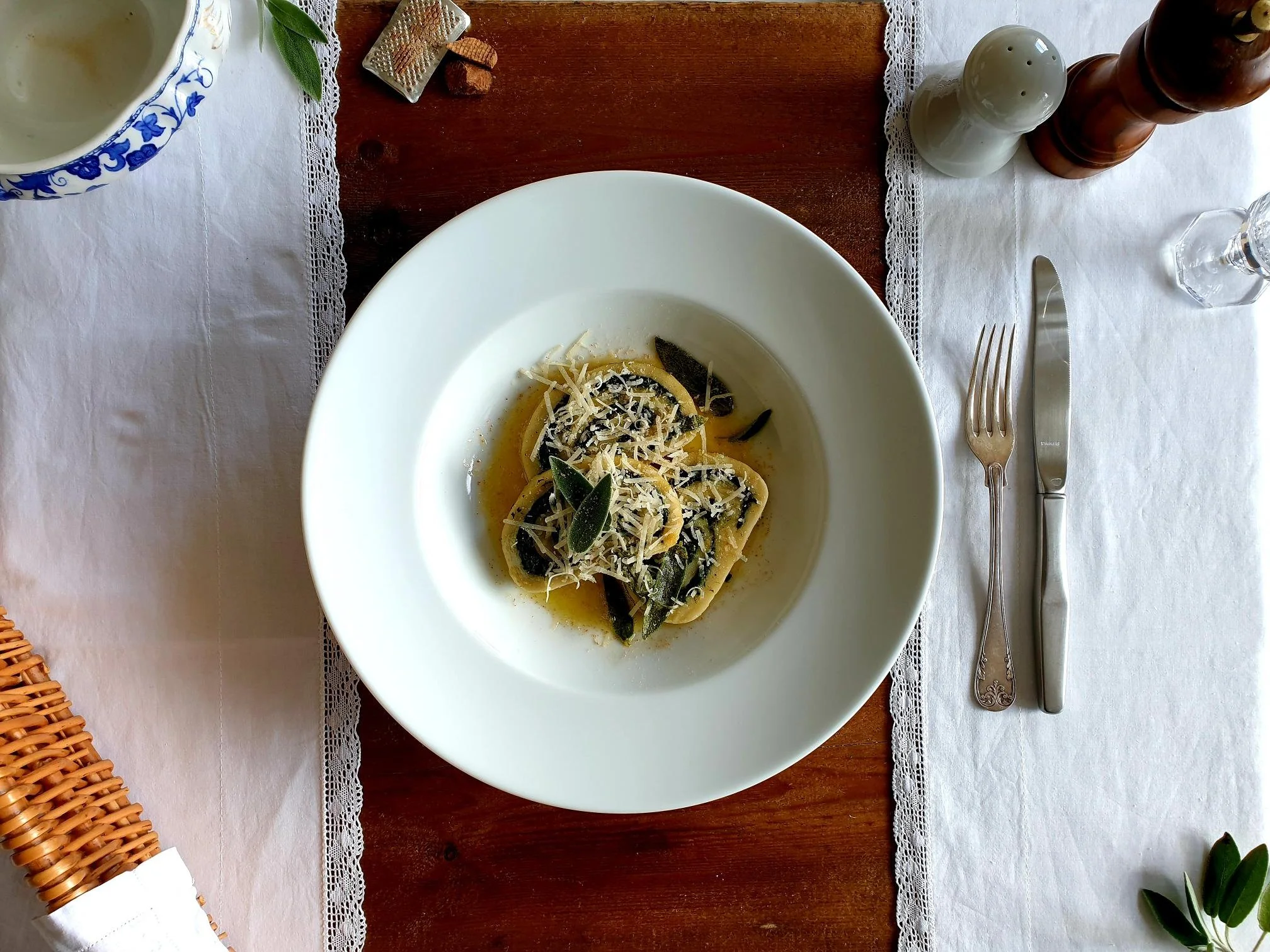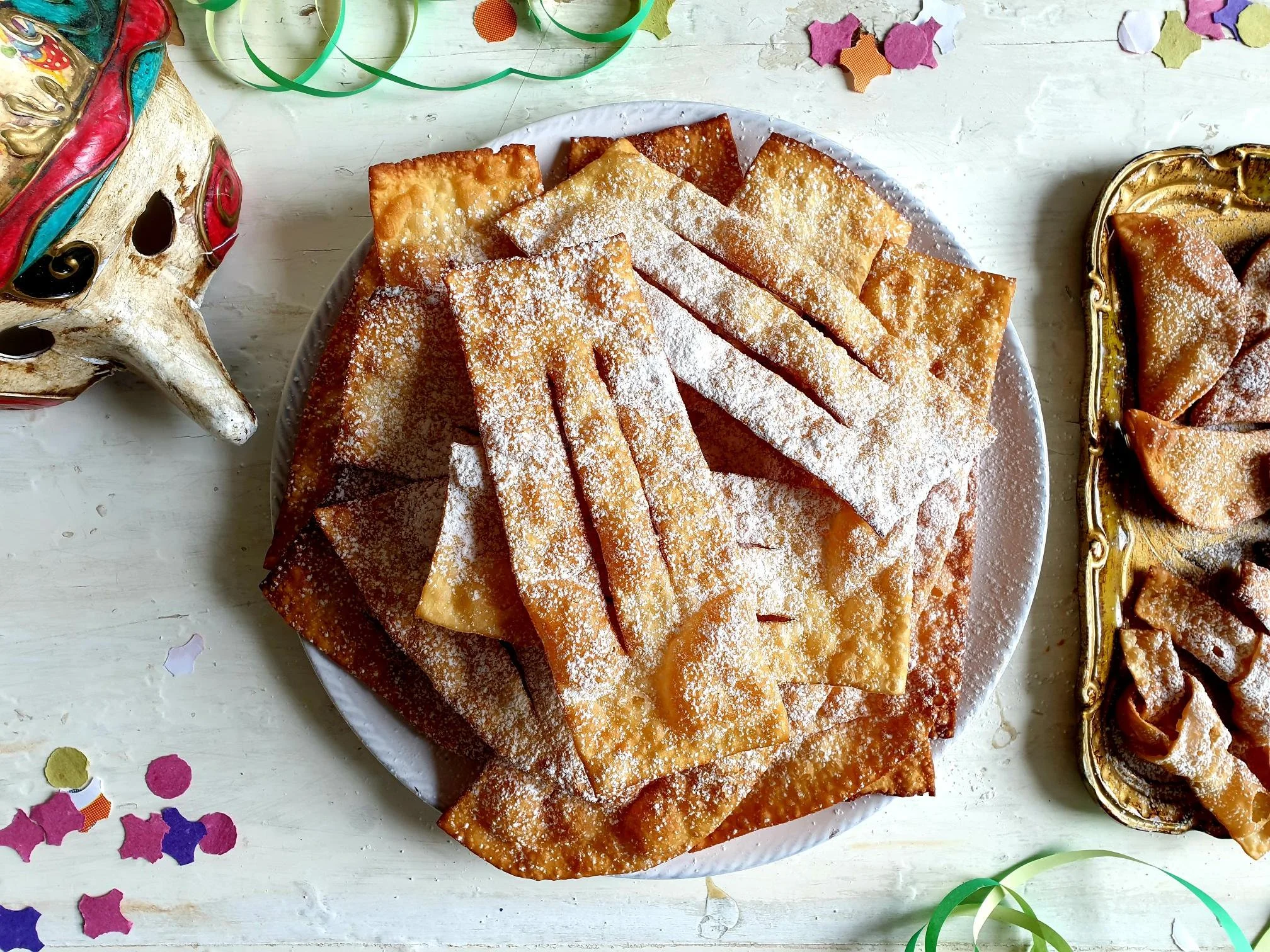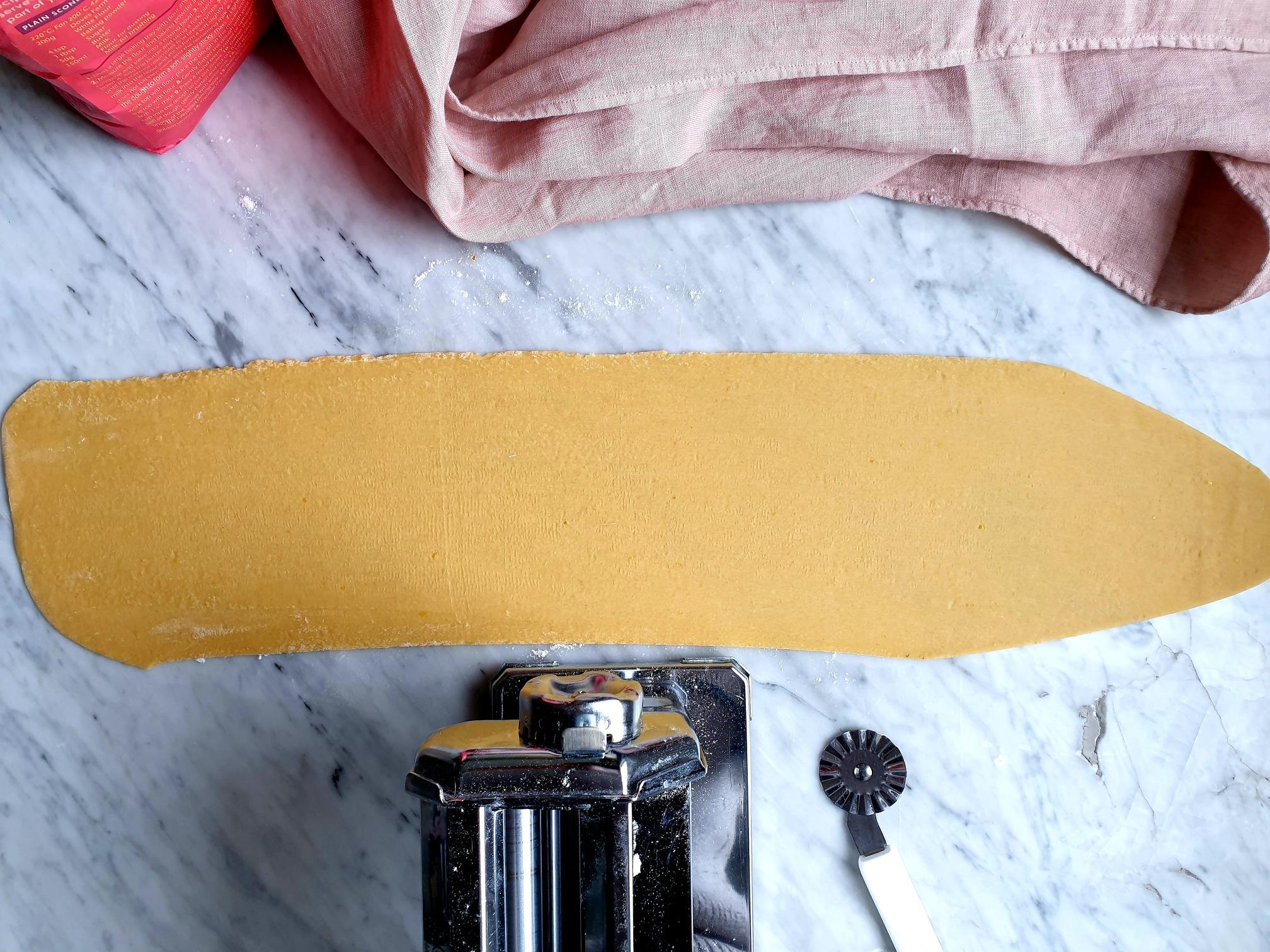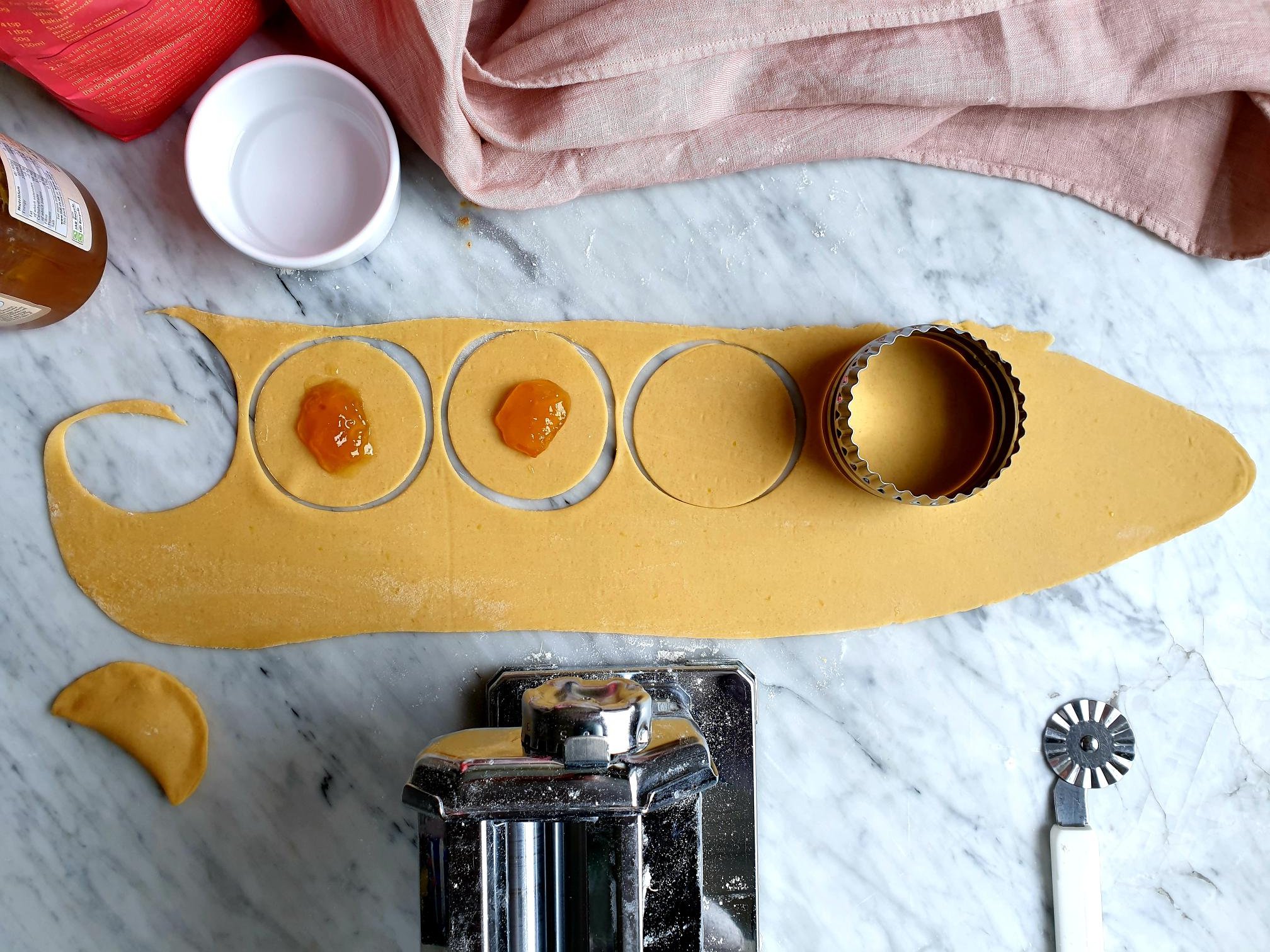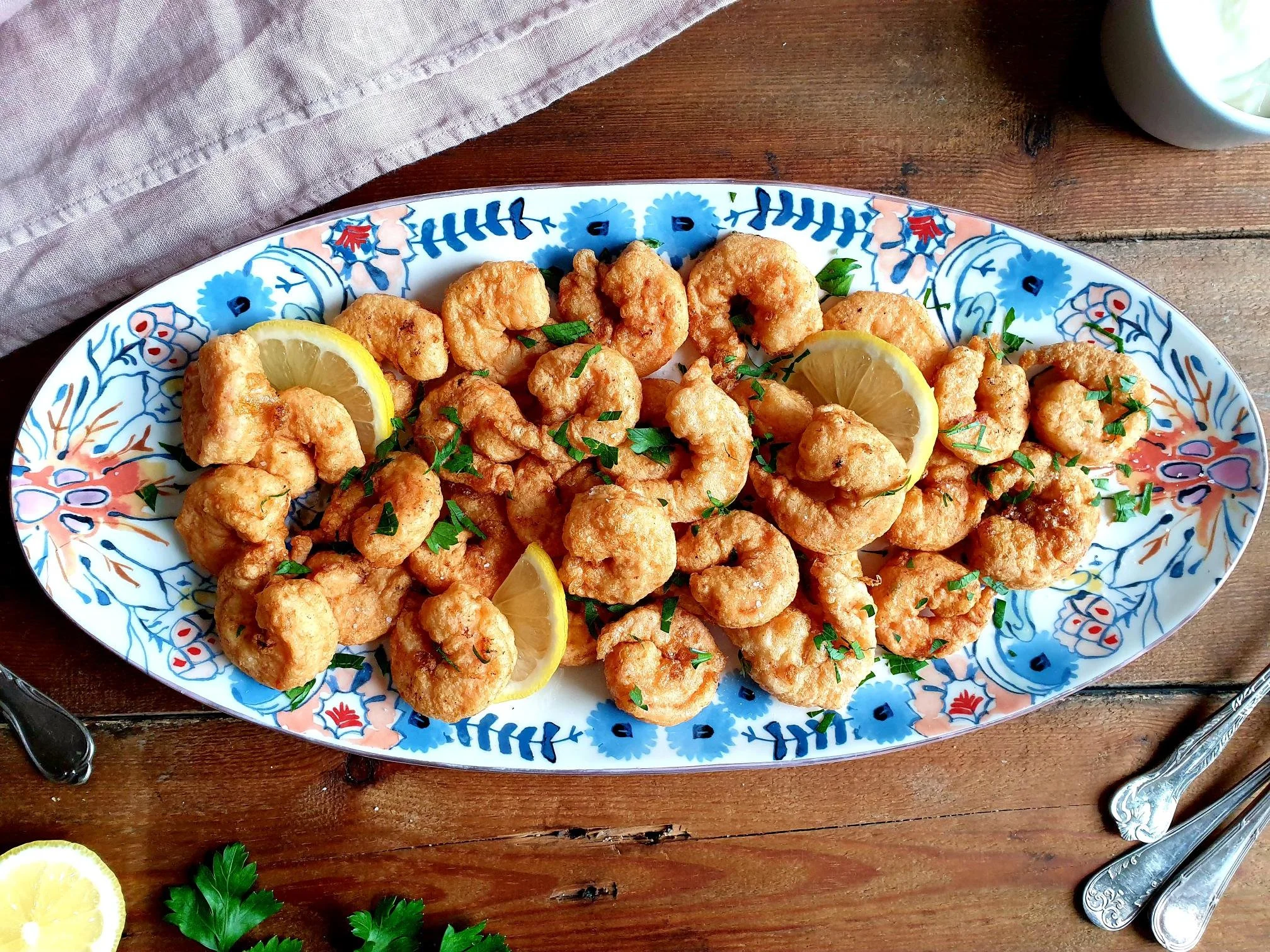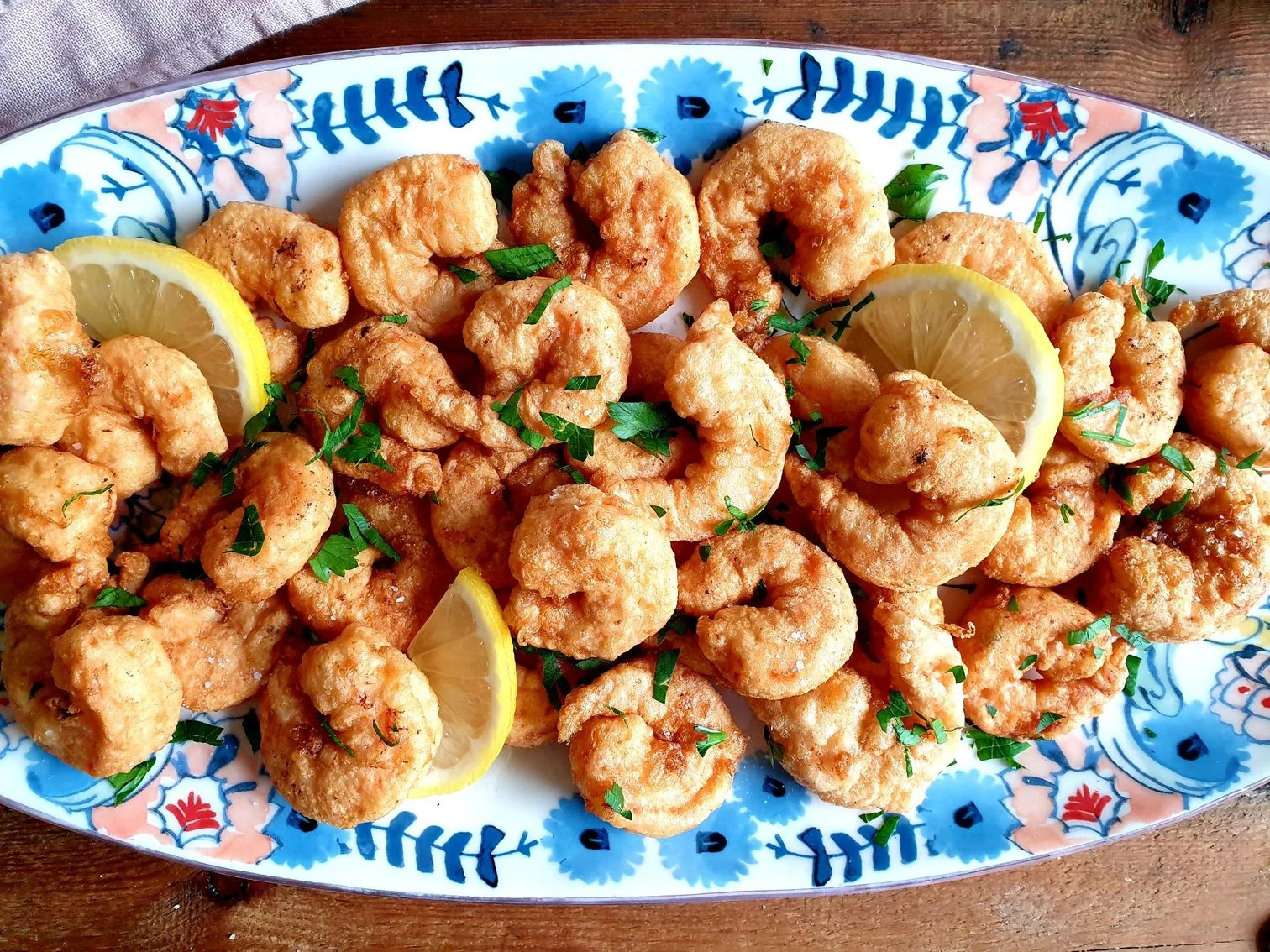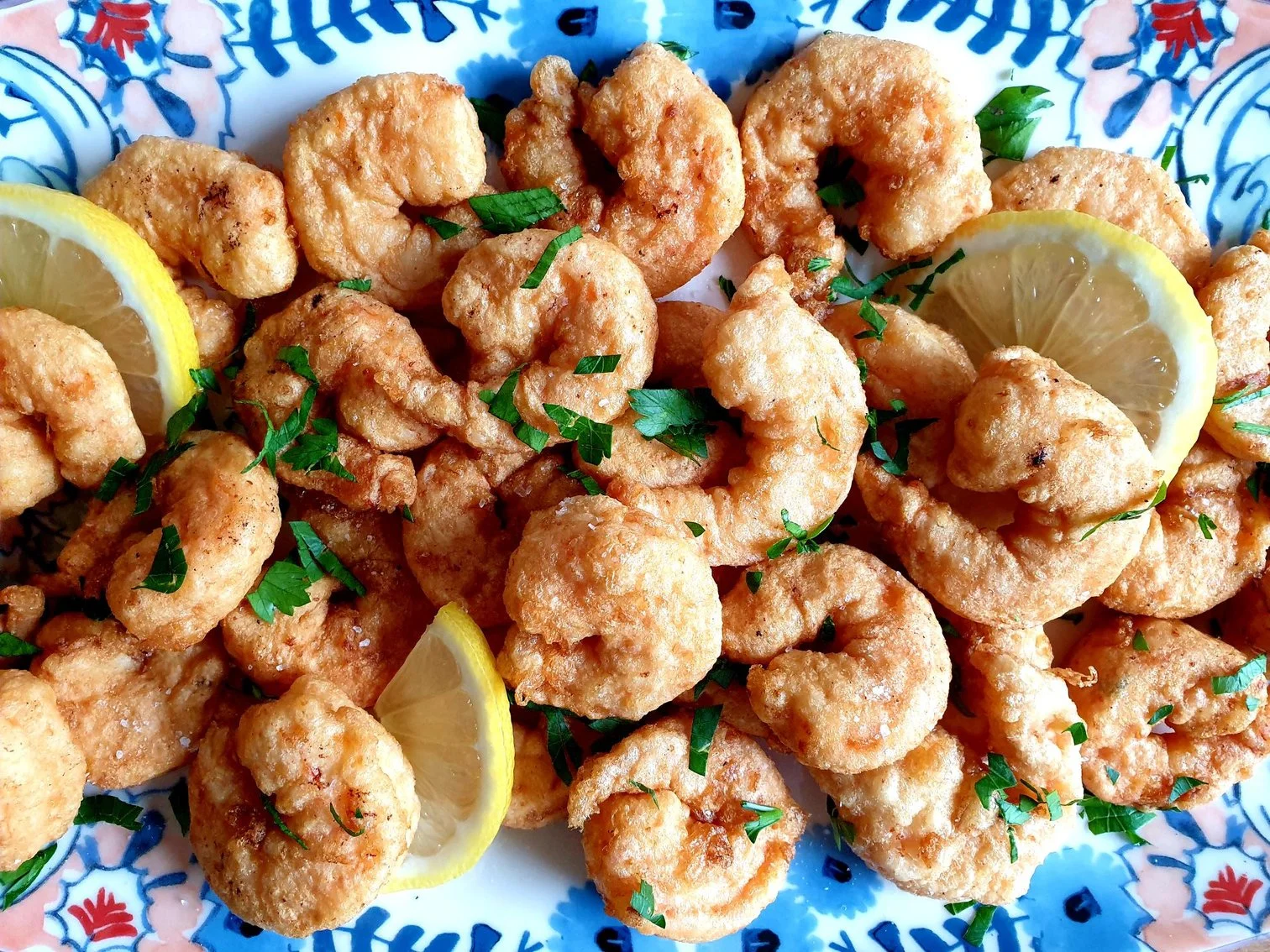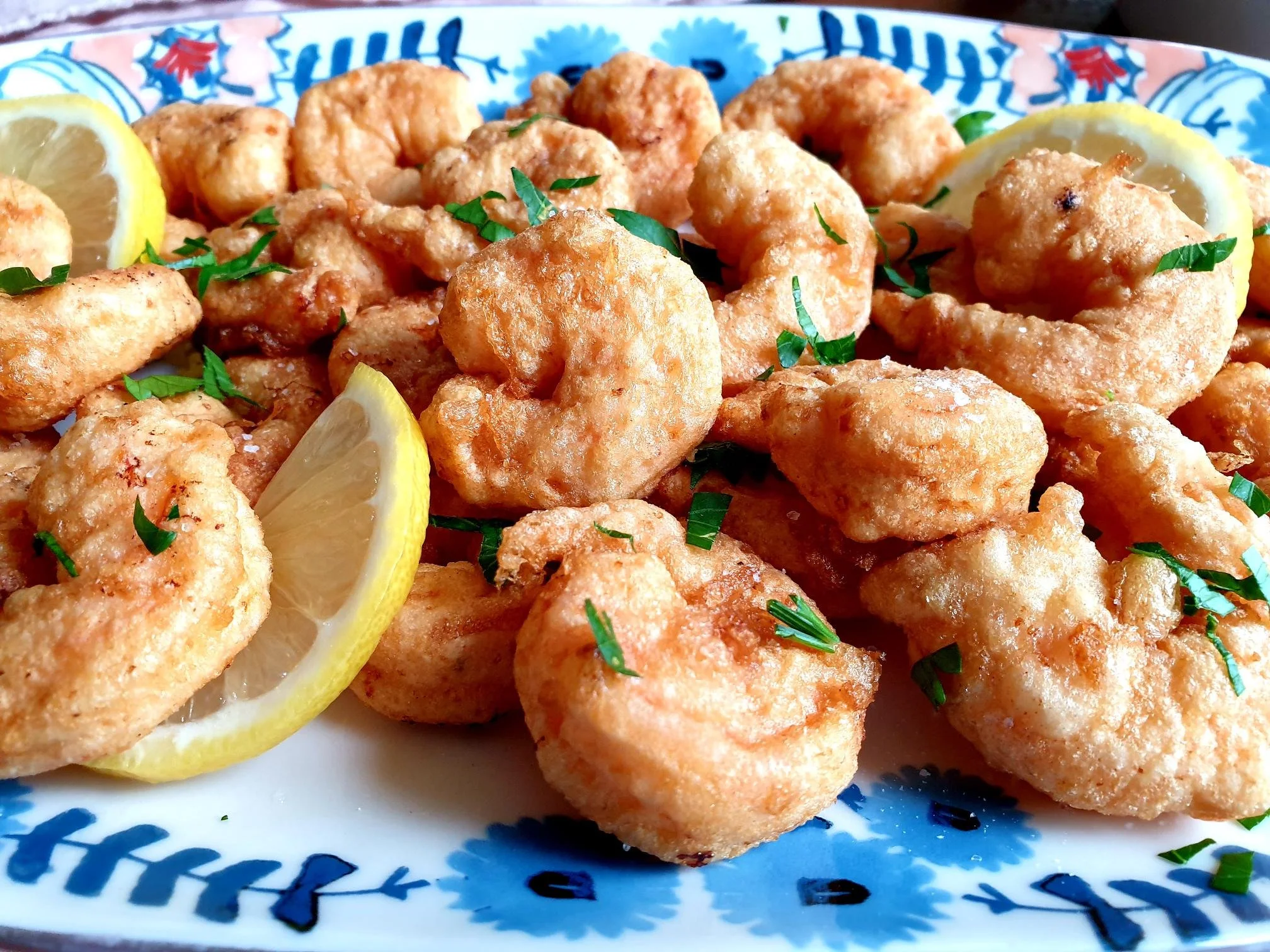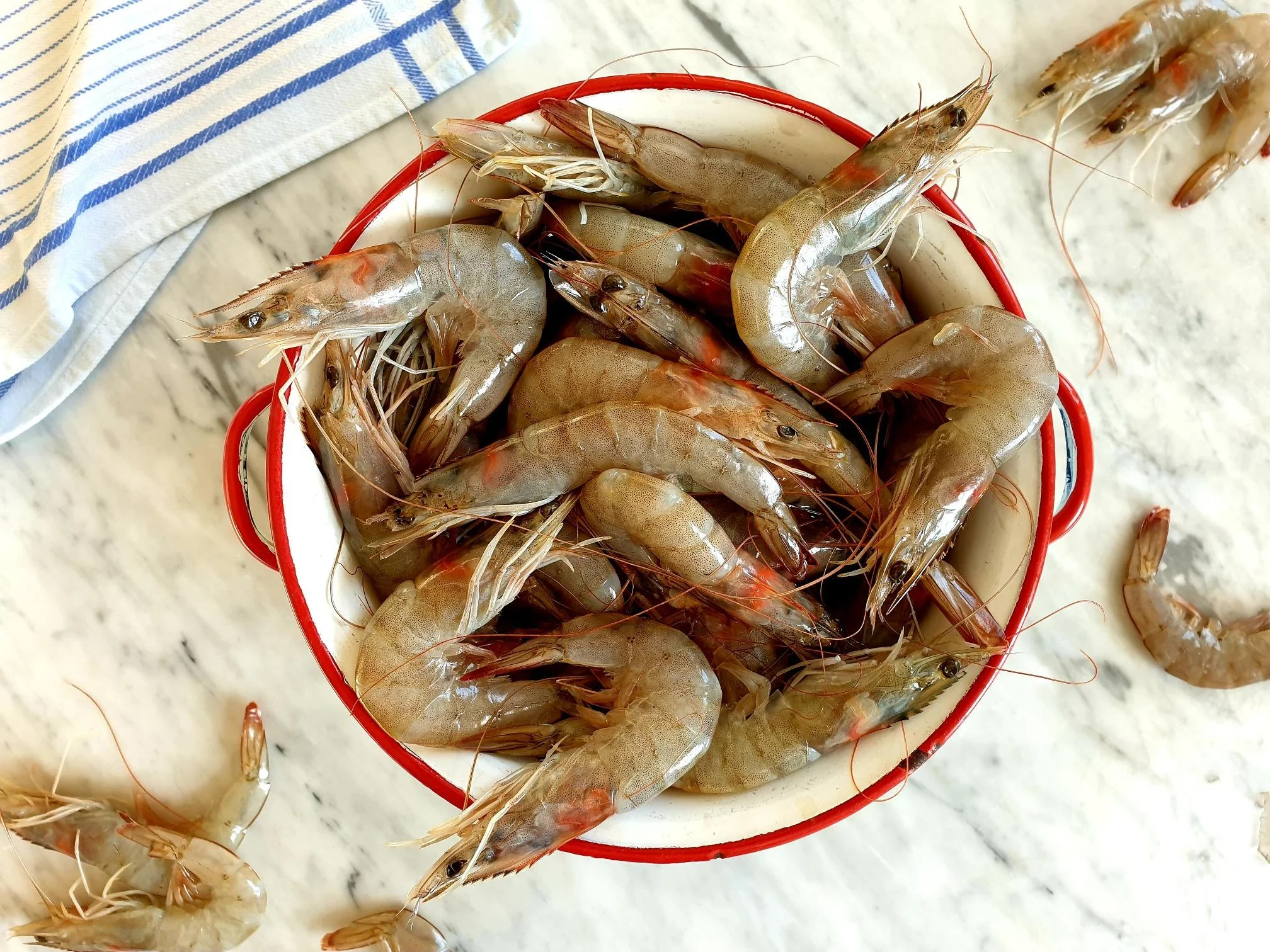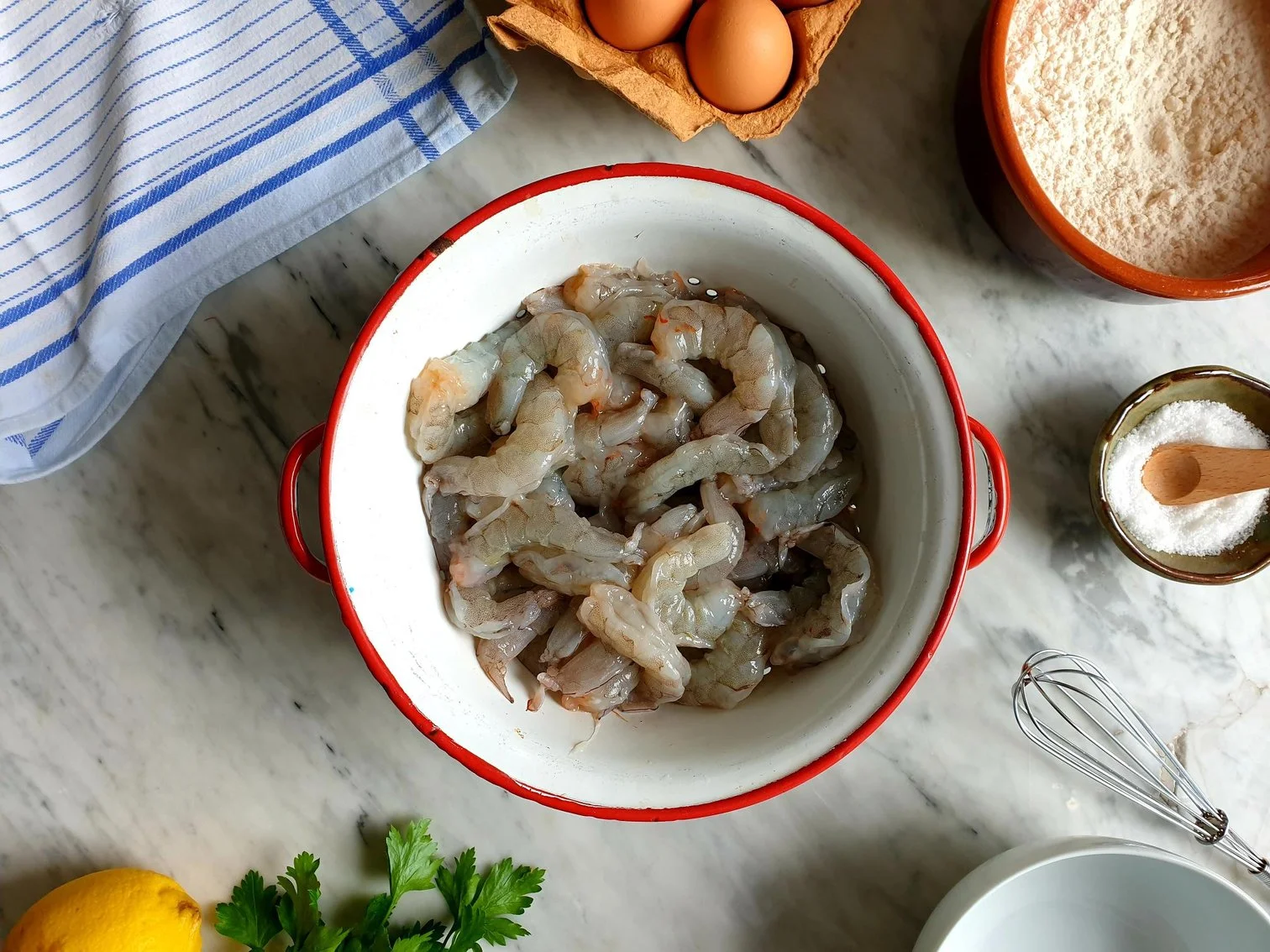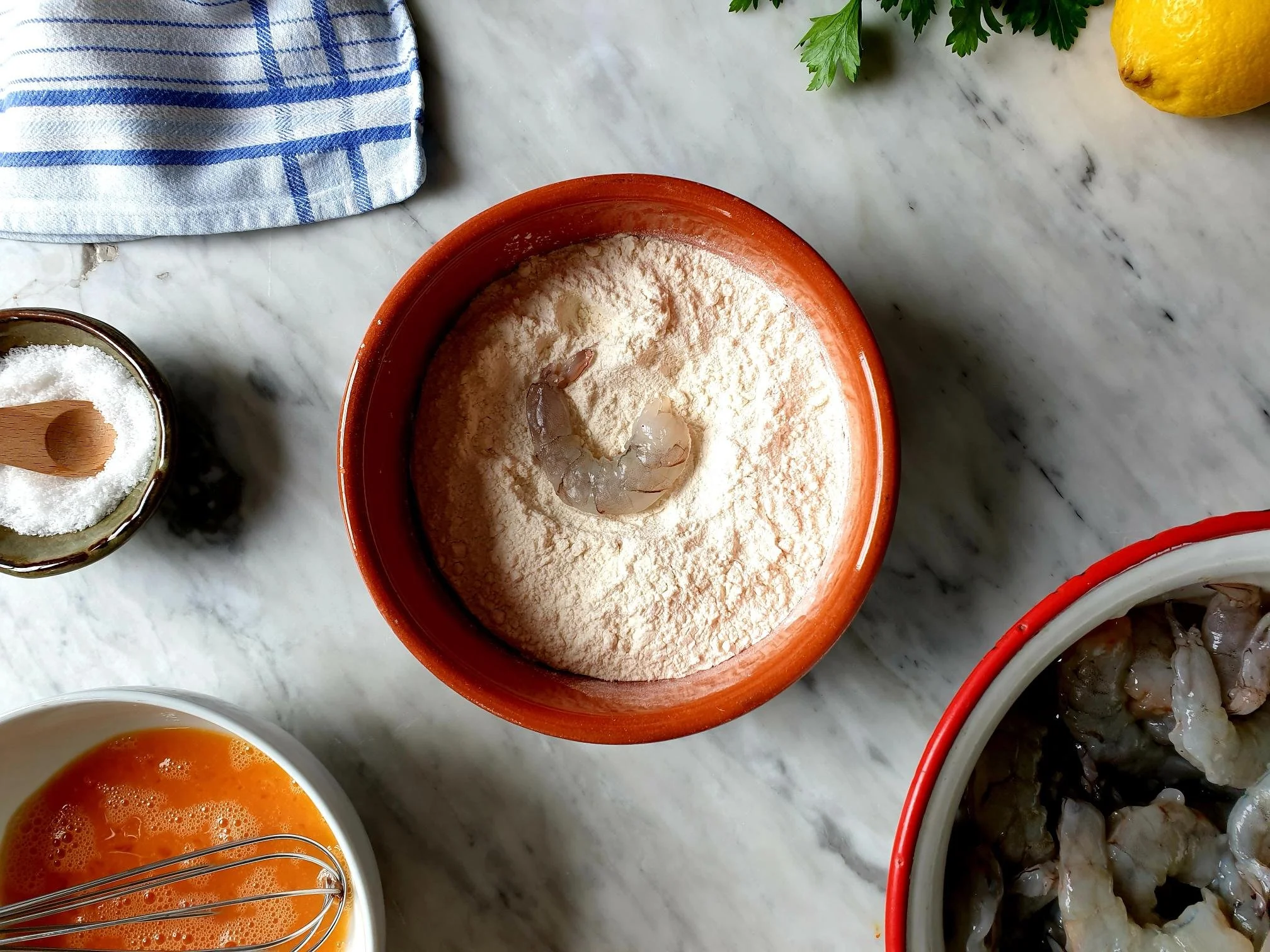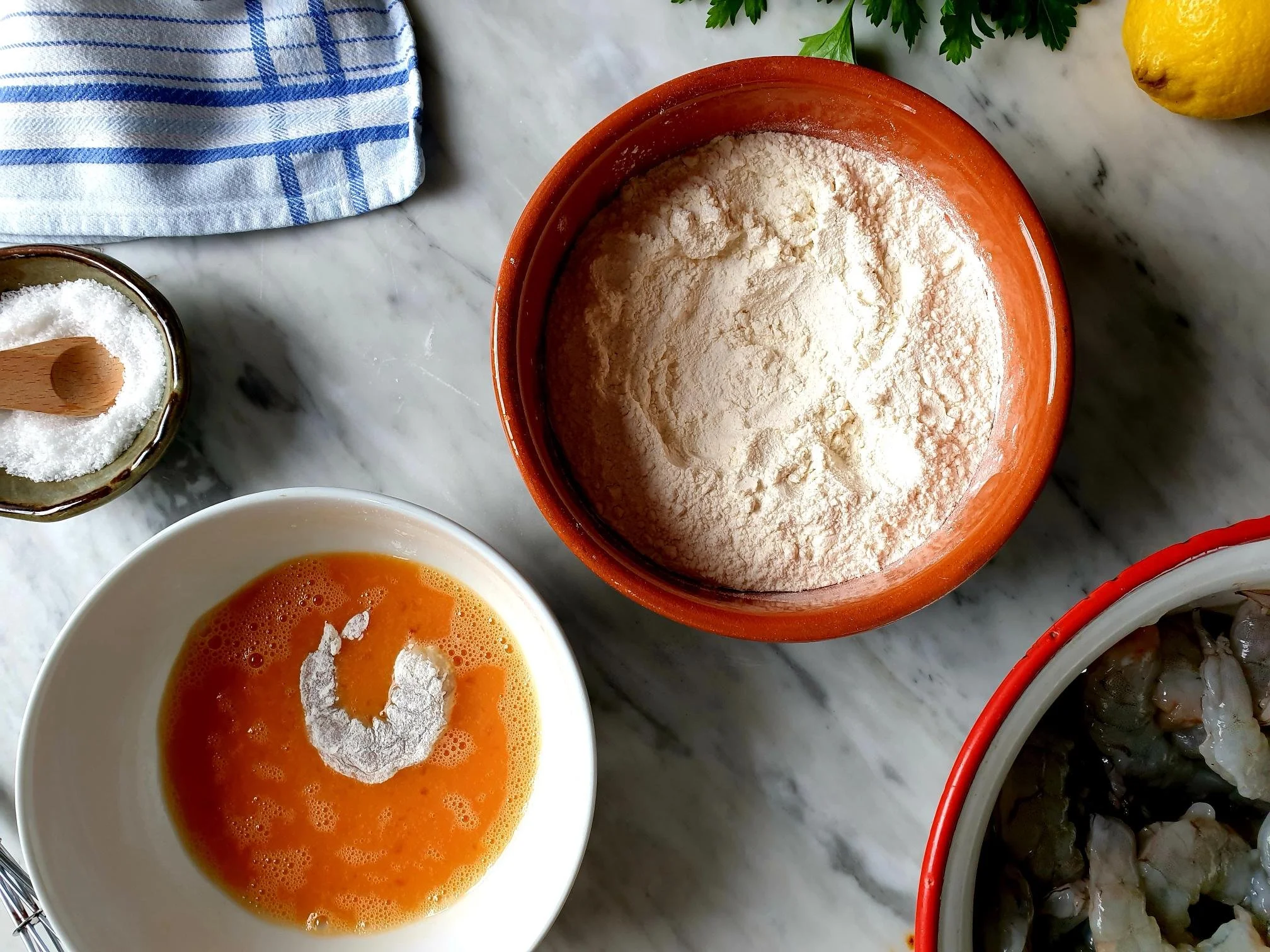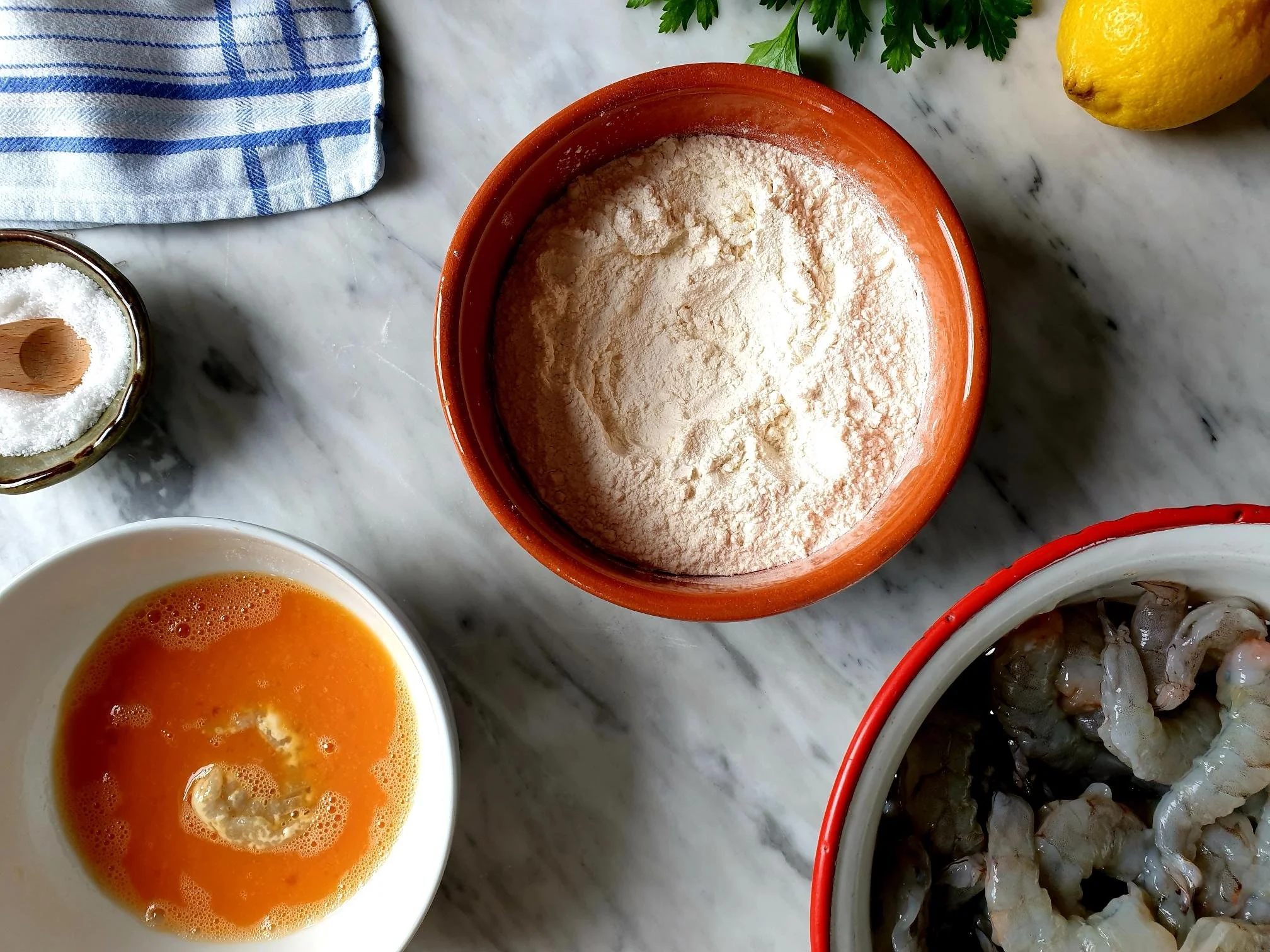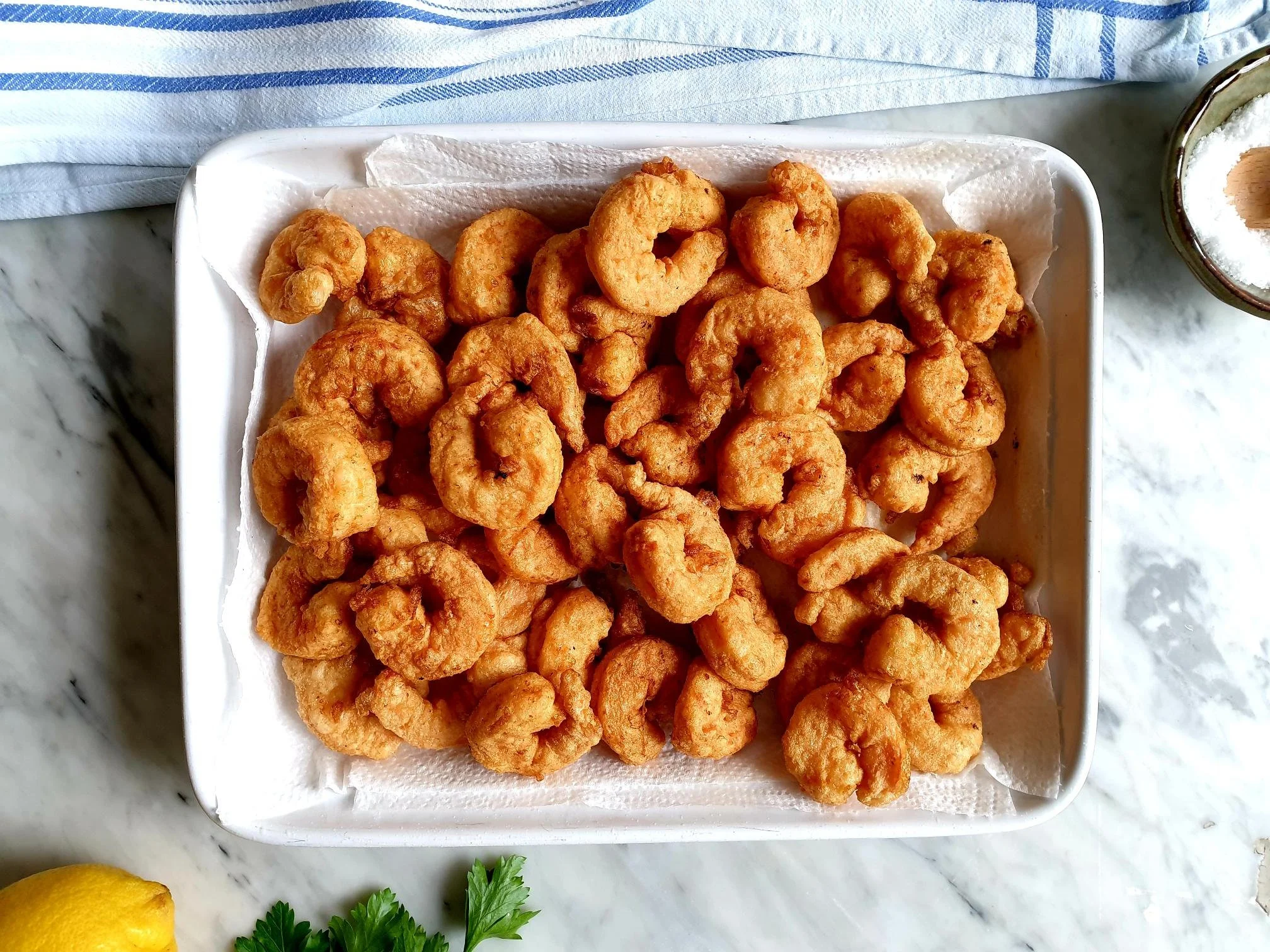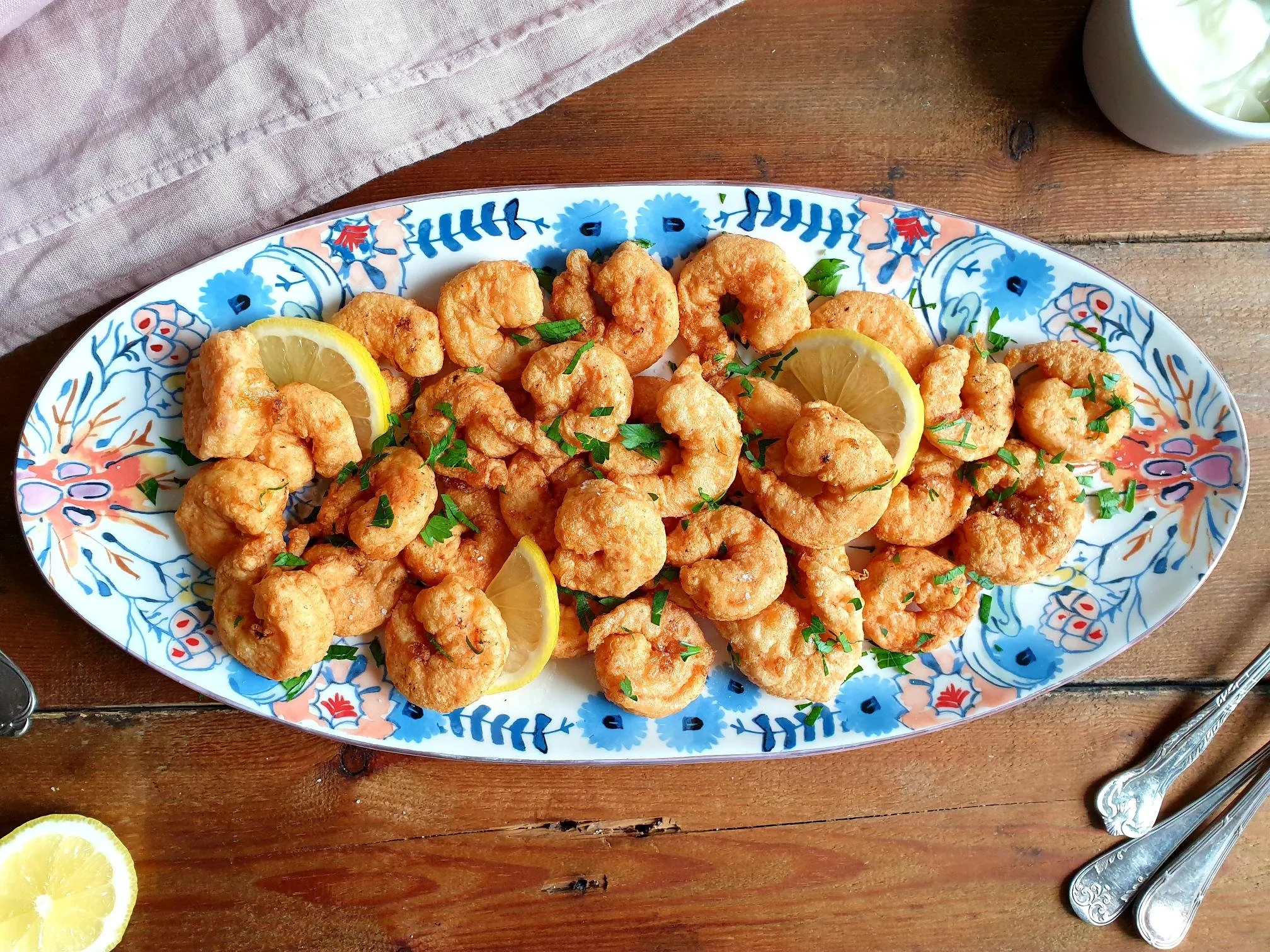Dry Fig and Almond Slice Istrian Recipe
Dry fig and almond slice is a sweet treat made with soft, sticky and delicious dried figs paste mixed with finely chopped nuts that is then formed into a log or oblong shape, and then dried until firm enough to slice.It is perfect to get the festivities rolling, slice it up and serve with assorted cheeses and crackers or as a sweet treat with coffee or tea, Brandy, Dark rum or some kind of sweet wine at the end of the meal. This dried fig delight contains no flour, so it is a fantastic gluten free option.
It is very popular and well known in the South of Italy where it is known as Lonzino di fico (loin of figs for its shape resembling pork loin) or as Salame di fichi (fig “salami”).
It used to be recurrently made in the households in Slovenian Istra where it is referred as Figov Hlebček, literally meaning Fig Loaf, as it is shaped into oblong like a loaf of bread.
This fig loaf was traditionally wrapped in bay leaves and allow to dry in the sun for at least a week. It used to be made straight after grape picking season using a bit of Must, which is a freshly crushed grape juice (from the Latin vinum mustum, meaning young wine) and a first step in winemaking.
To make this fig loaf Istrian style you would only use dried figs, raisins and almonds. Nothing is stopping you to play with the ingredients and make your own version of it, perhaps using different types of nuts like walnuts, pistachios, and a different variety of dried fruit like dried apricots, dates or similar.
Recipe
Ingredients
250g dried figs, hard stalk removed, roughly chopped (for this recipe Turkish or Calymirna dried figs are the best)
50g raisins
100g peeled or unpeeled almond, (can use walnuts instead)
½ Tbsp dark rum, Brandy, Italian sweet Marsala wine, Muscat sweet wine or other type of sweet wine, optional
Method
Place raisins in a small bowl and completely cover with warm water.
If you wish, you can add ½ Tbsp of dark rum, Brandy, Marsala or Muscat sweet wine or other type of sweet wine.
Leave to soak and plump up for at least 15 minutes, or until needed.
Place the almonds, or walnuts, in a food processor and pulse until most are finely chopped. Remove and transfer to a mixing bowl.
Put roughly chopped dried figs and soaked raisins into a food processor and whizz until they form a sticky paste (if the paste does not quite come together, add a splash of warm water).
Remove and transfer fig paste into the mixing bowl together with chopped nuts.
Mix well and shape the fig and nut mixture into a sausage/log or loaf. You can make thicker or thinner log according to the size slices you want.
Allow to dry, uncovered, in the fridge or a dry place (I put mine in a airing cabinet) for up to a week.
It should become firm and somewhat dried out but not completely hard.
Slice and serve alongside your favourite selection of cheeses or as a sweet treat/dessert at the end of the meal with a coffee or tea or a glass of sweet wine, Rum or Brandy.
Just a thought
Dried fig and almonds slice will keep in a cool place for up to two months.
This dried fig delight also makes a lovely and thoughtful give away present for your foodie friends and family. Wrap and tie in a baking parchment, fig leaves or bay leaves.
You can shape fig and nut mixture into small balls and have them as a healthy snack when the sugar levels gets a bit low.

